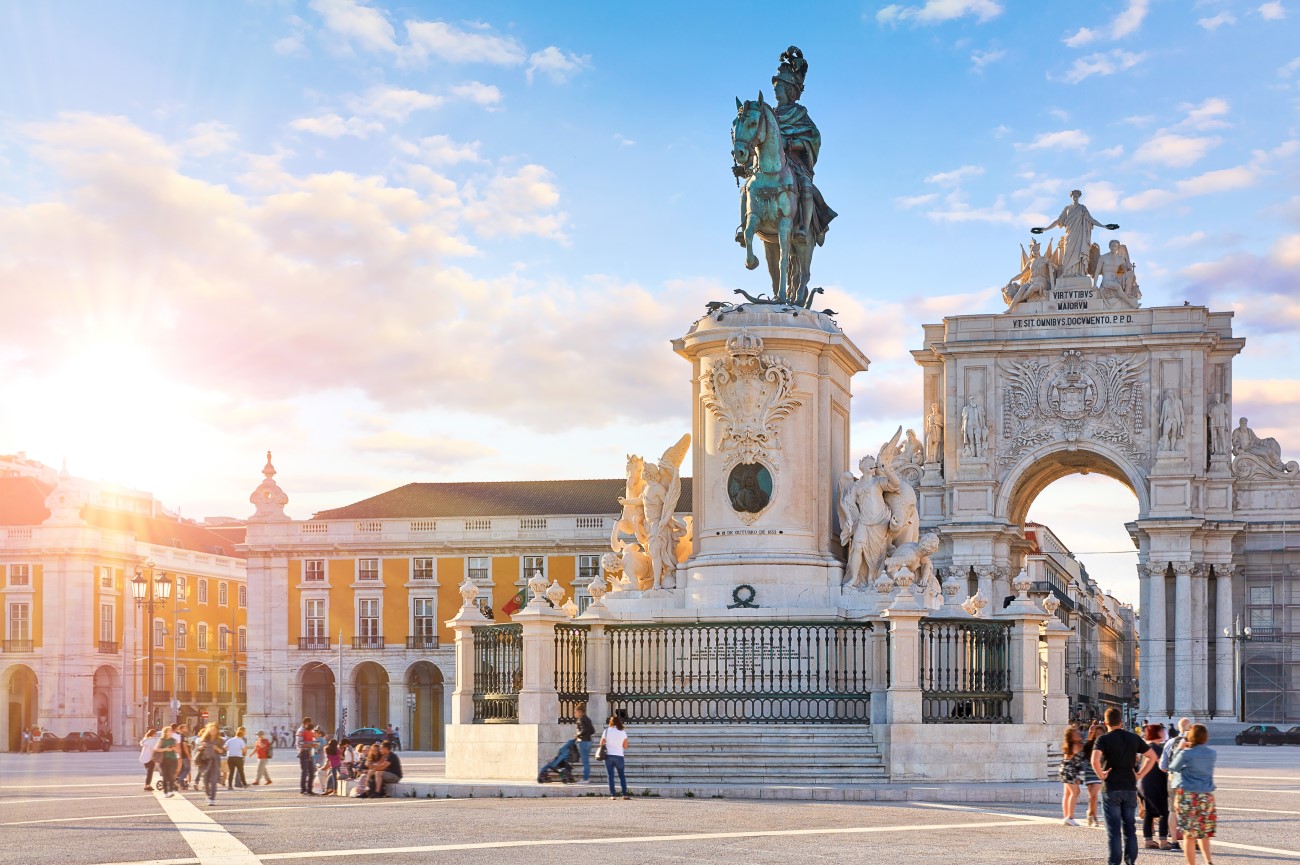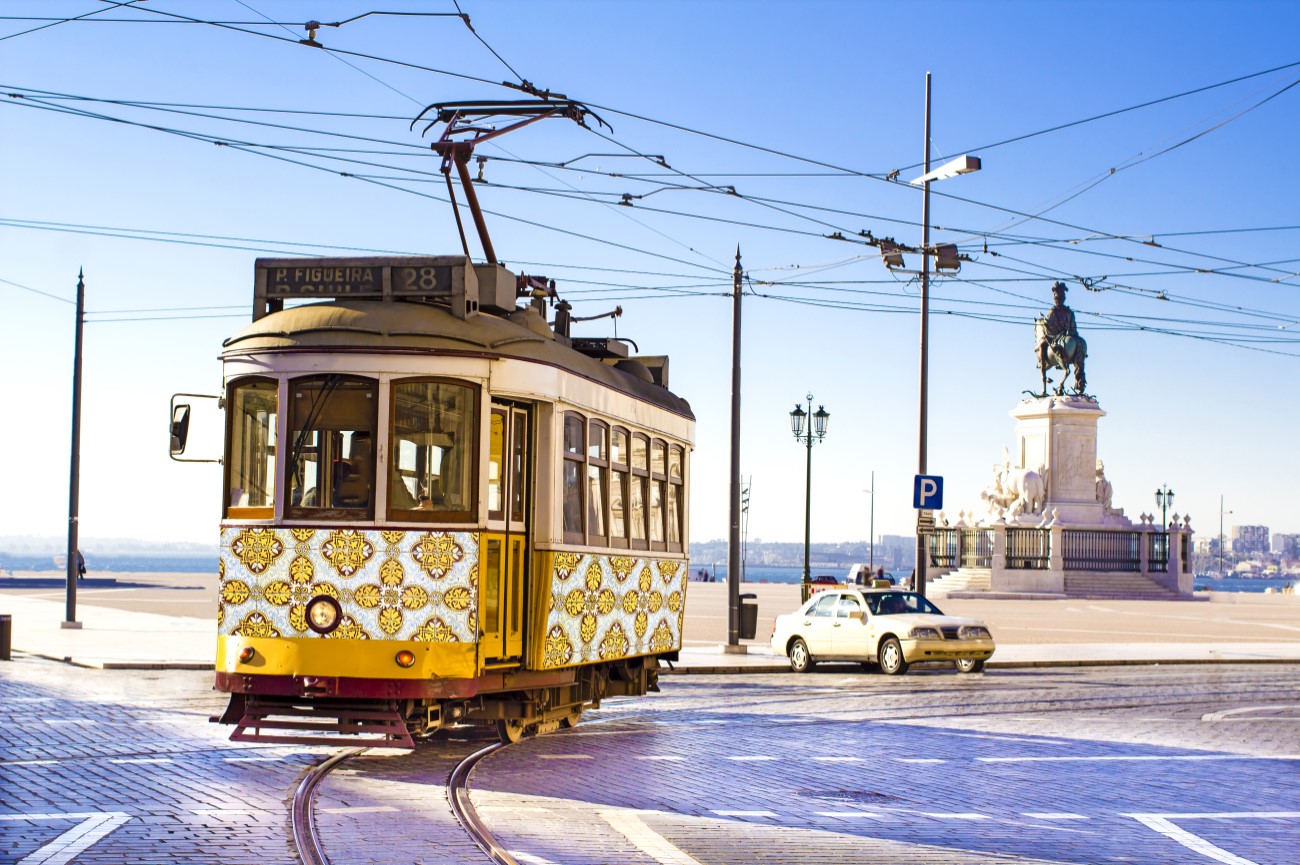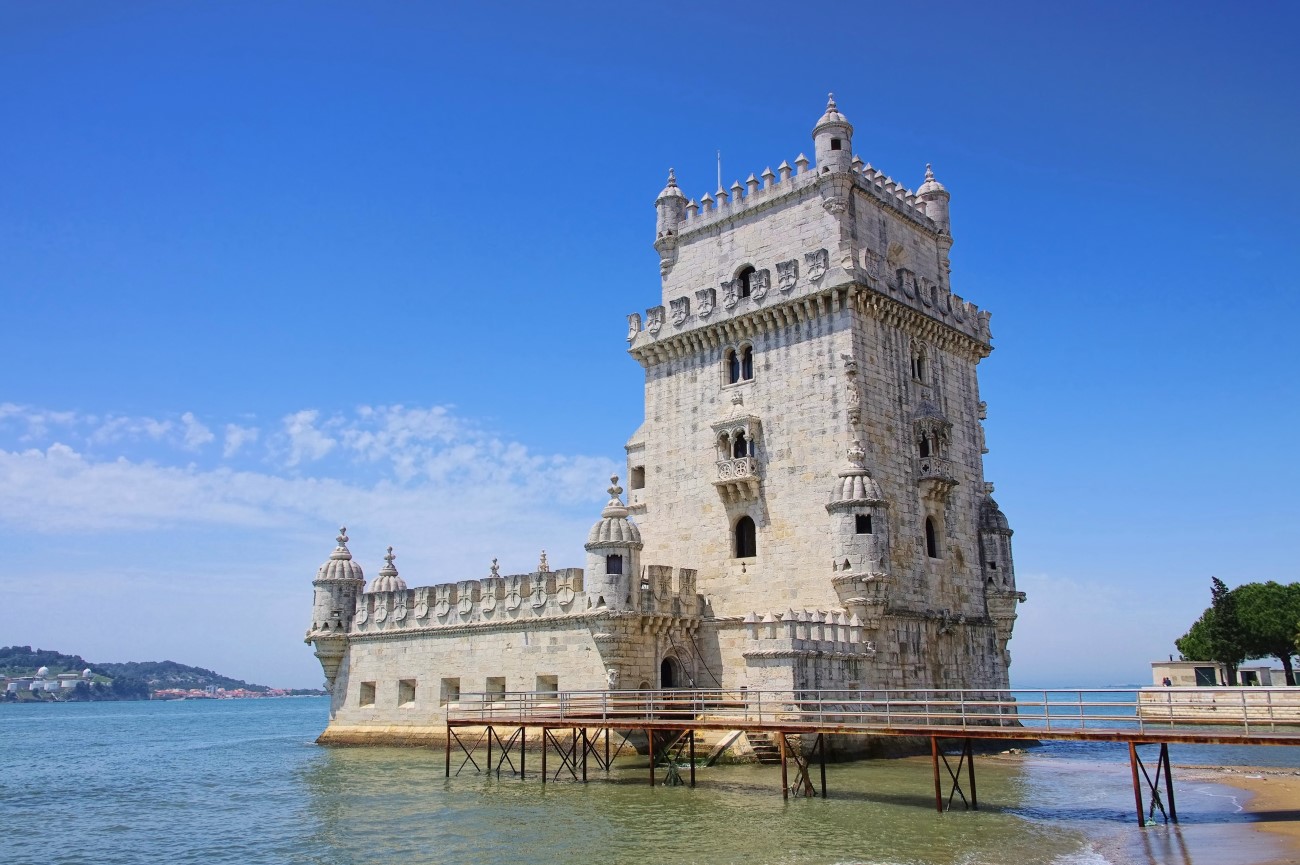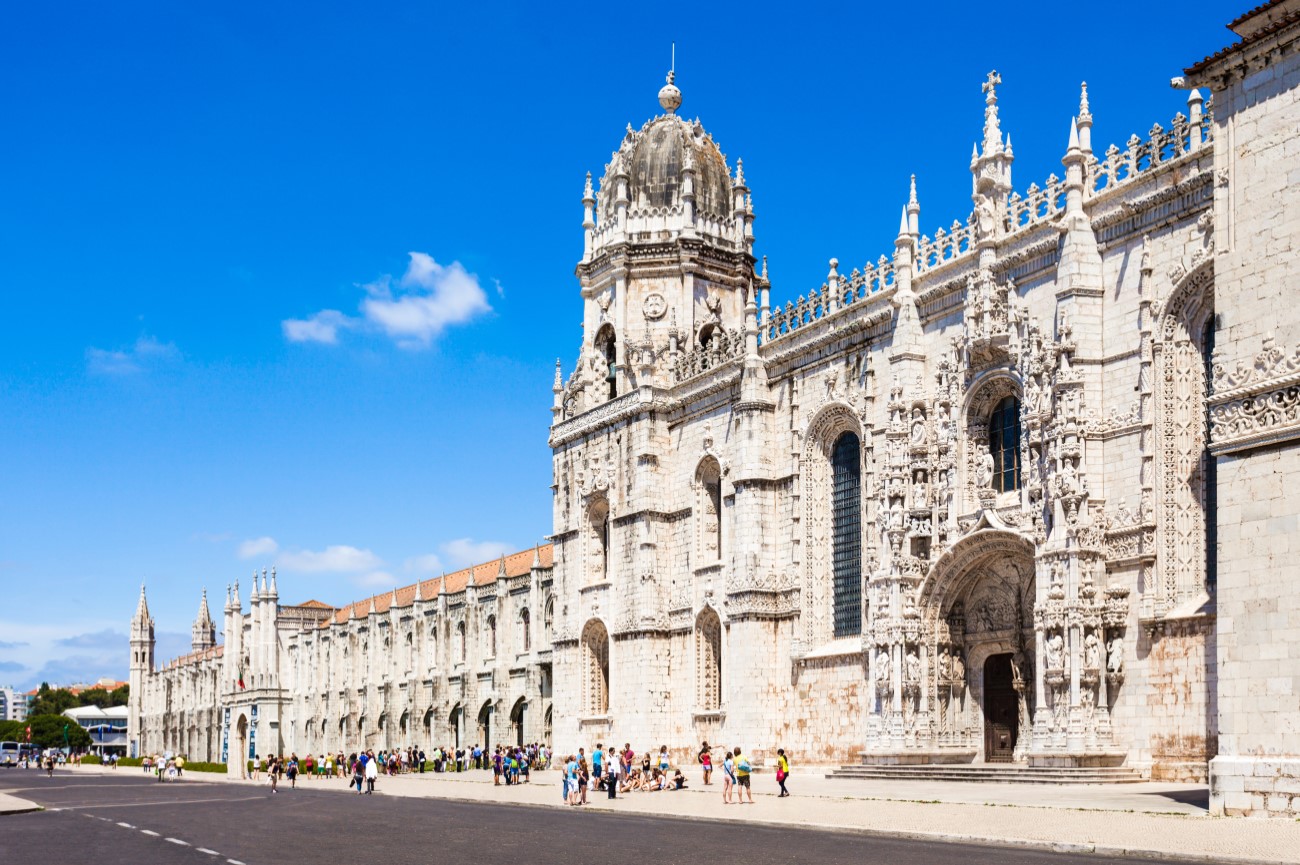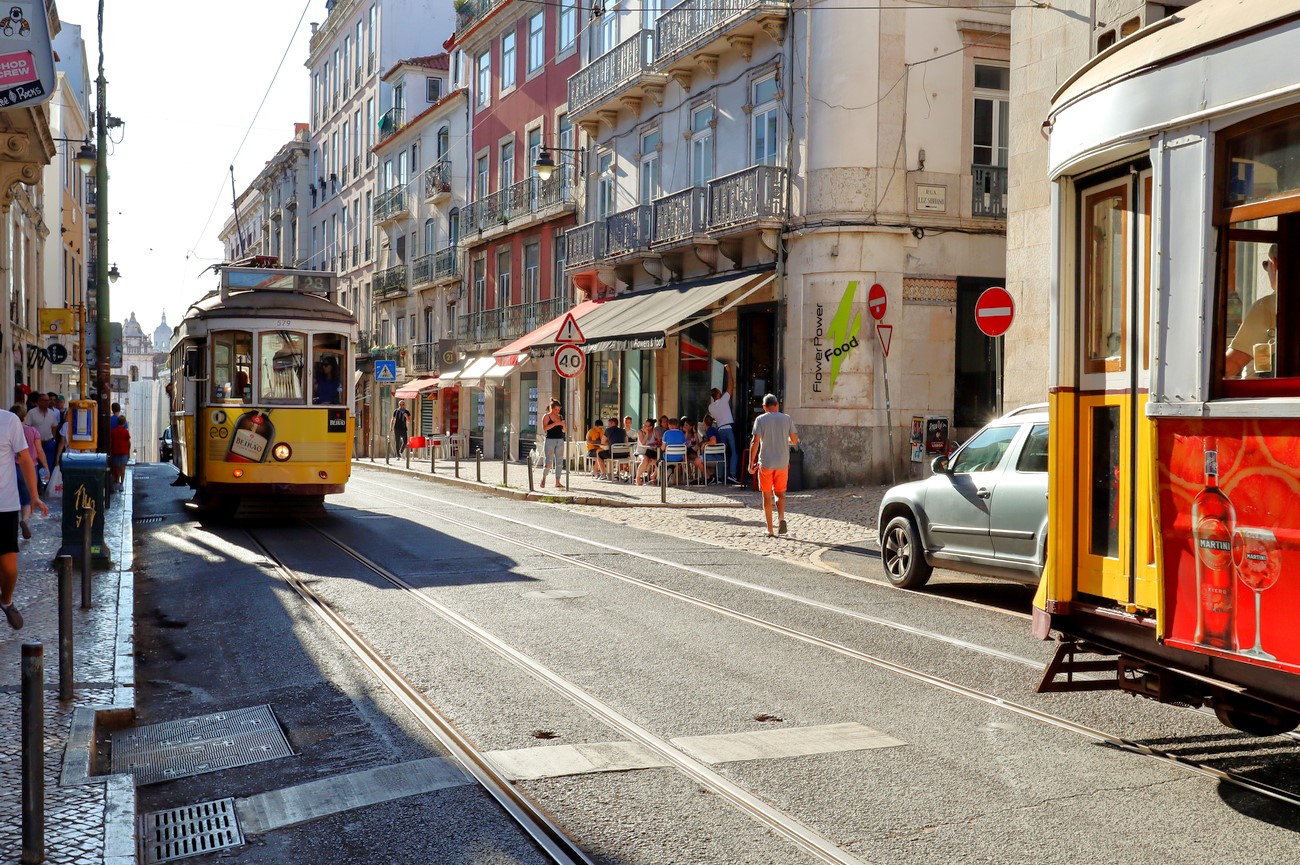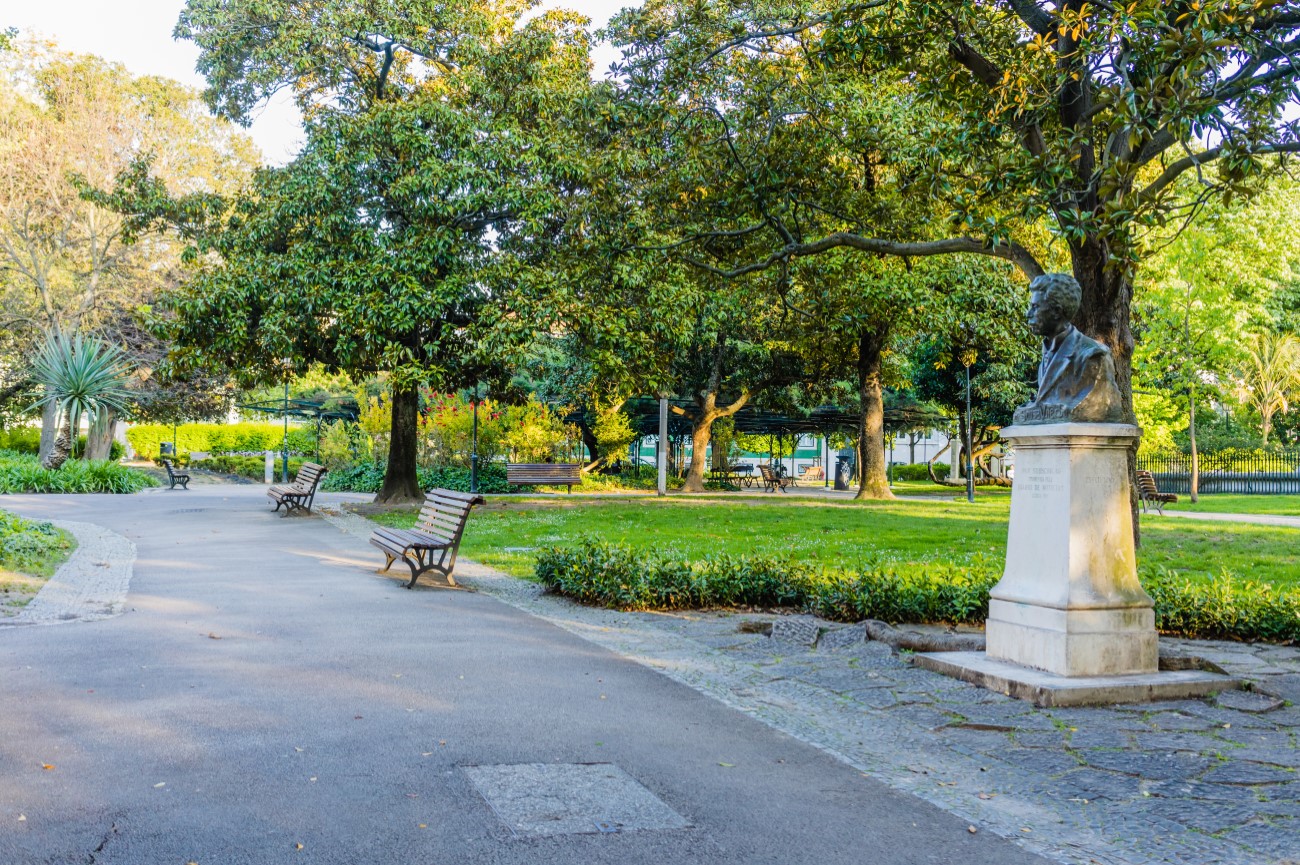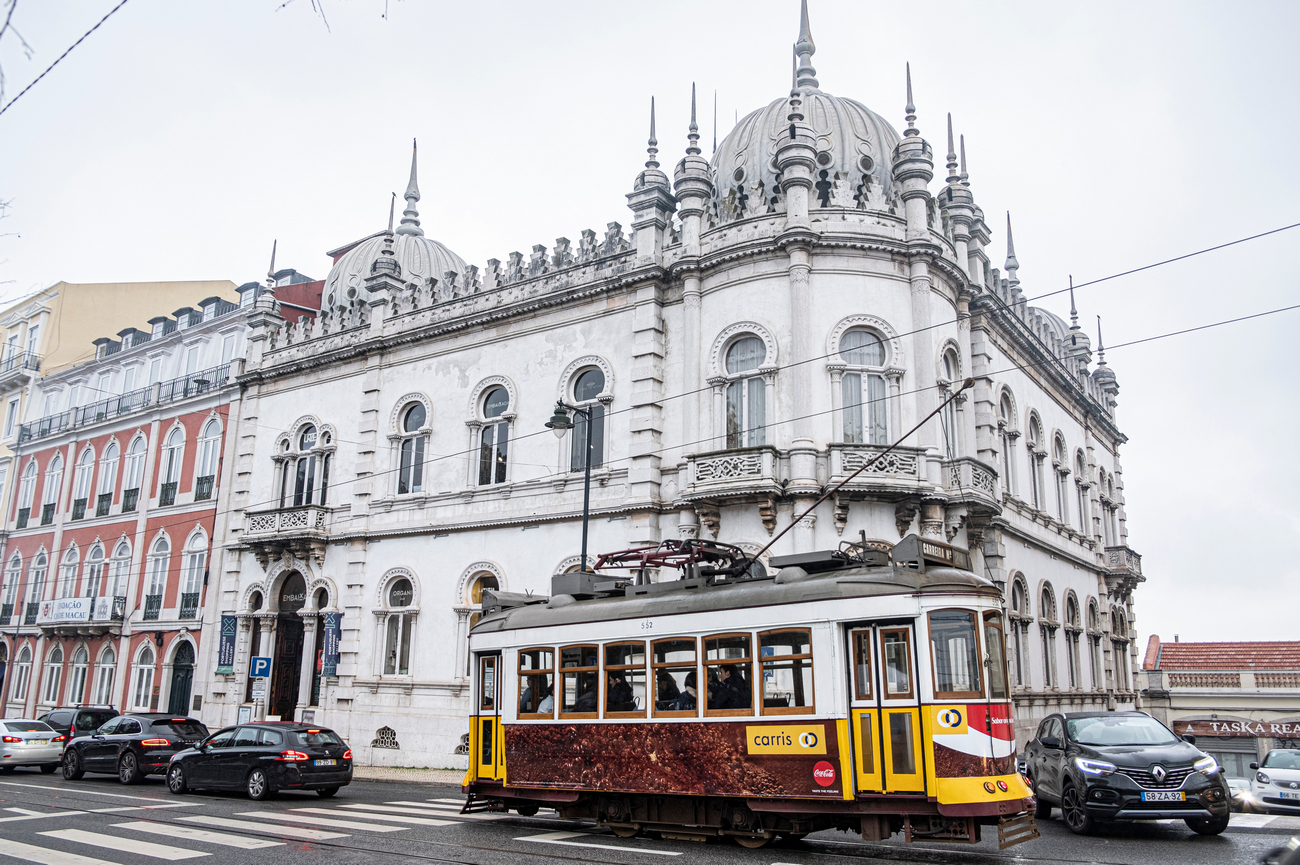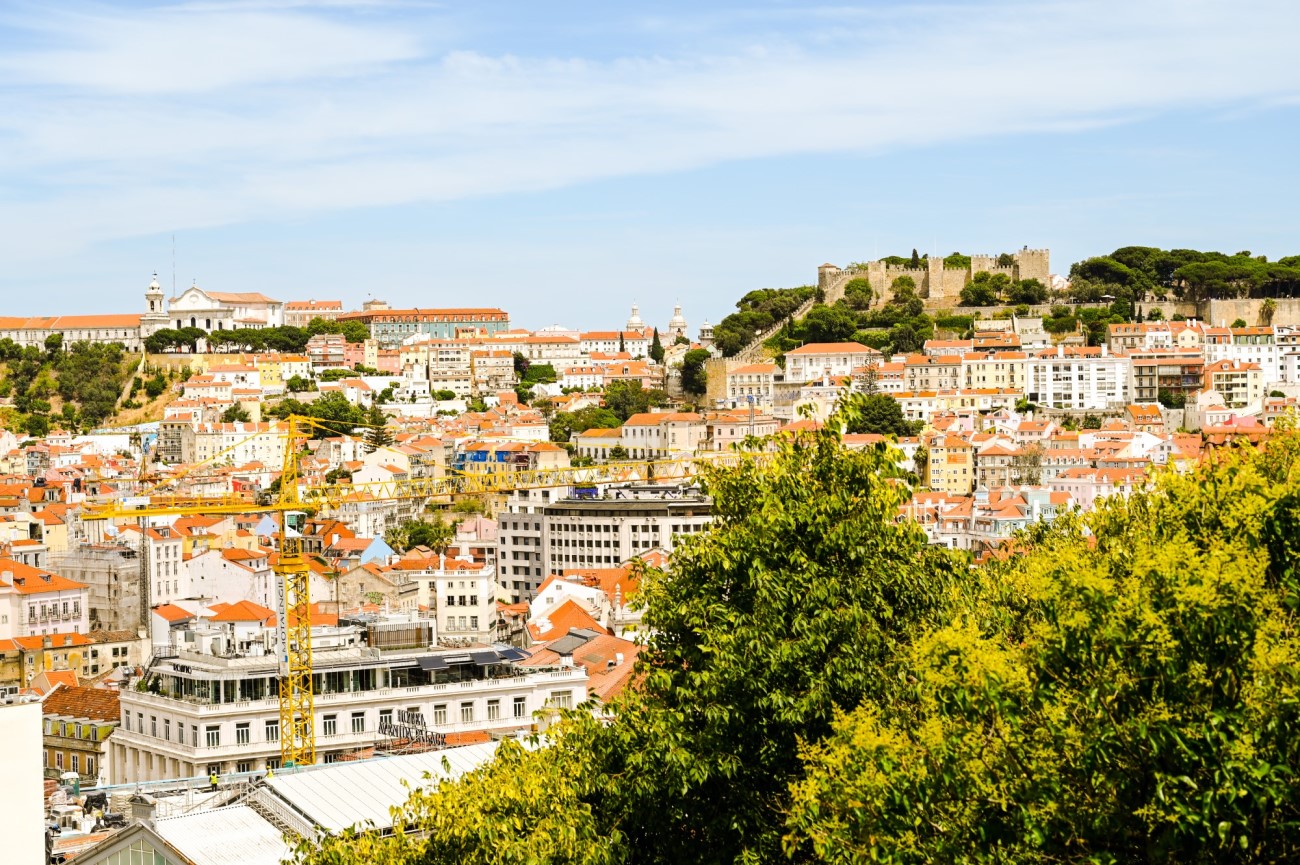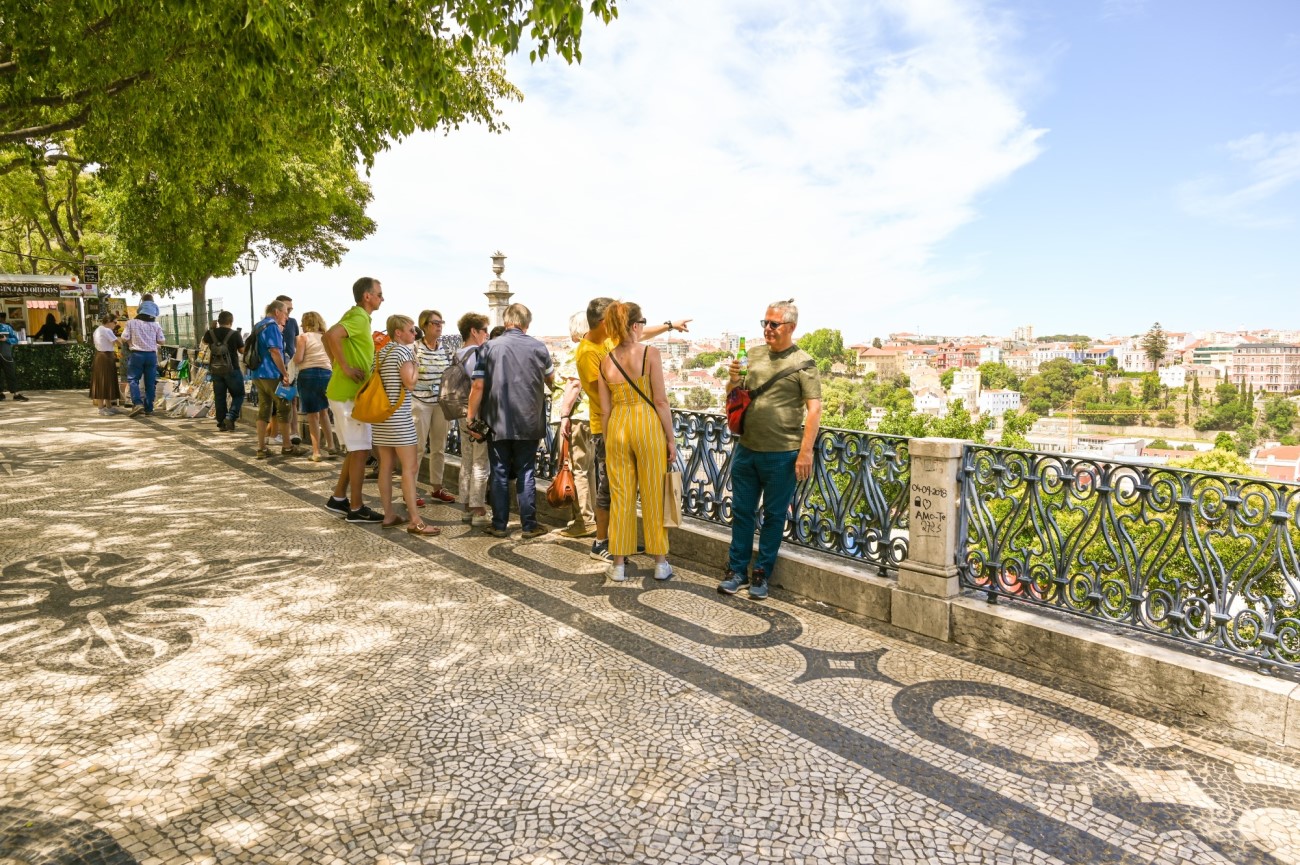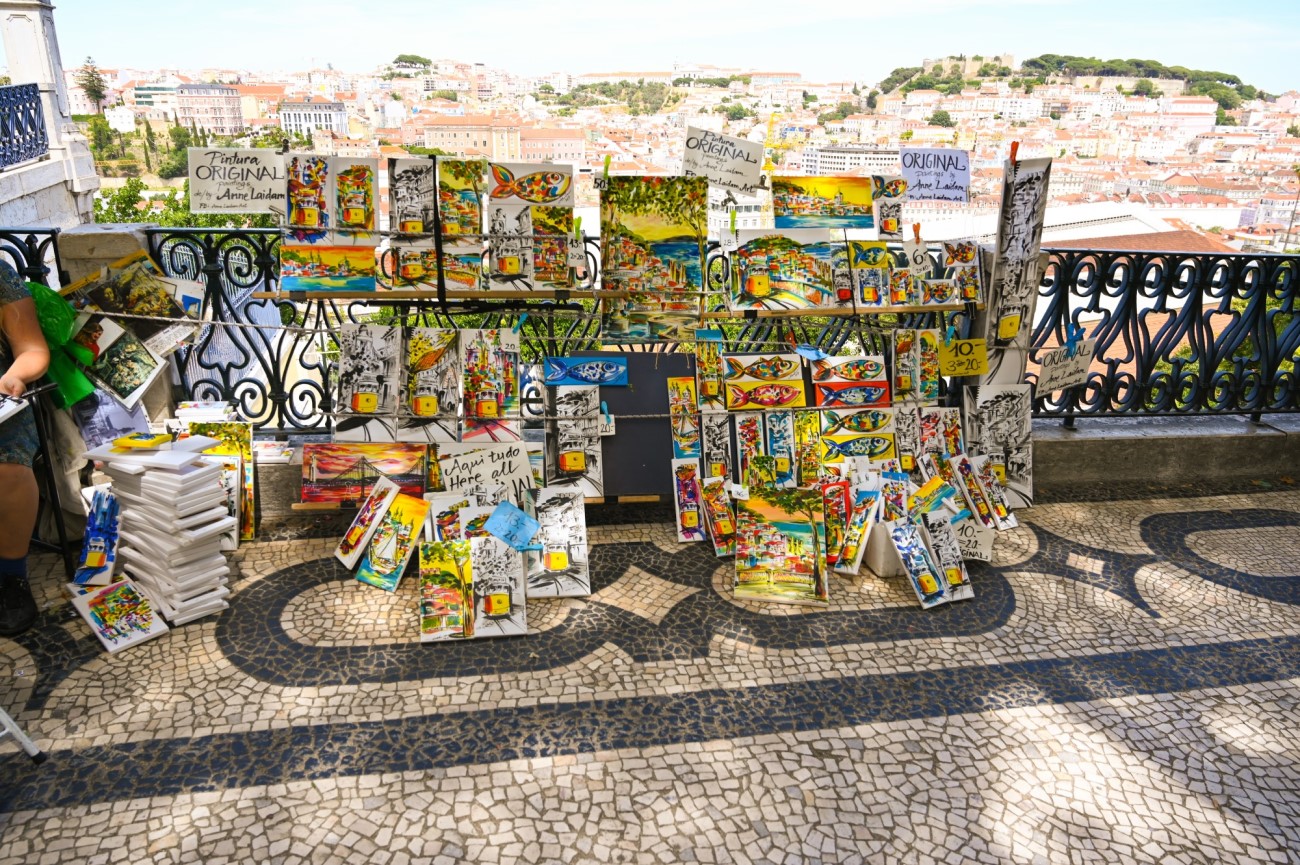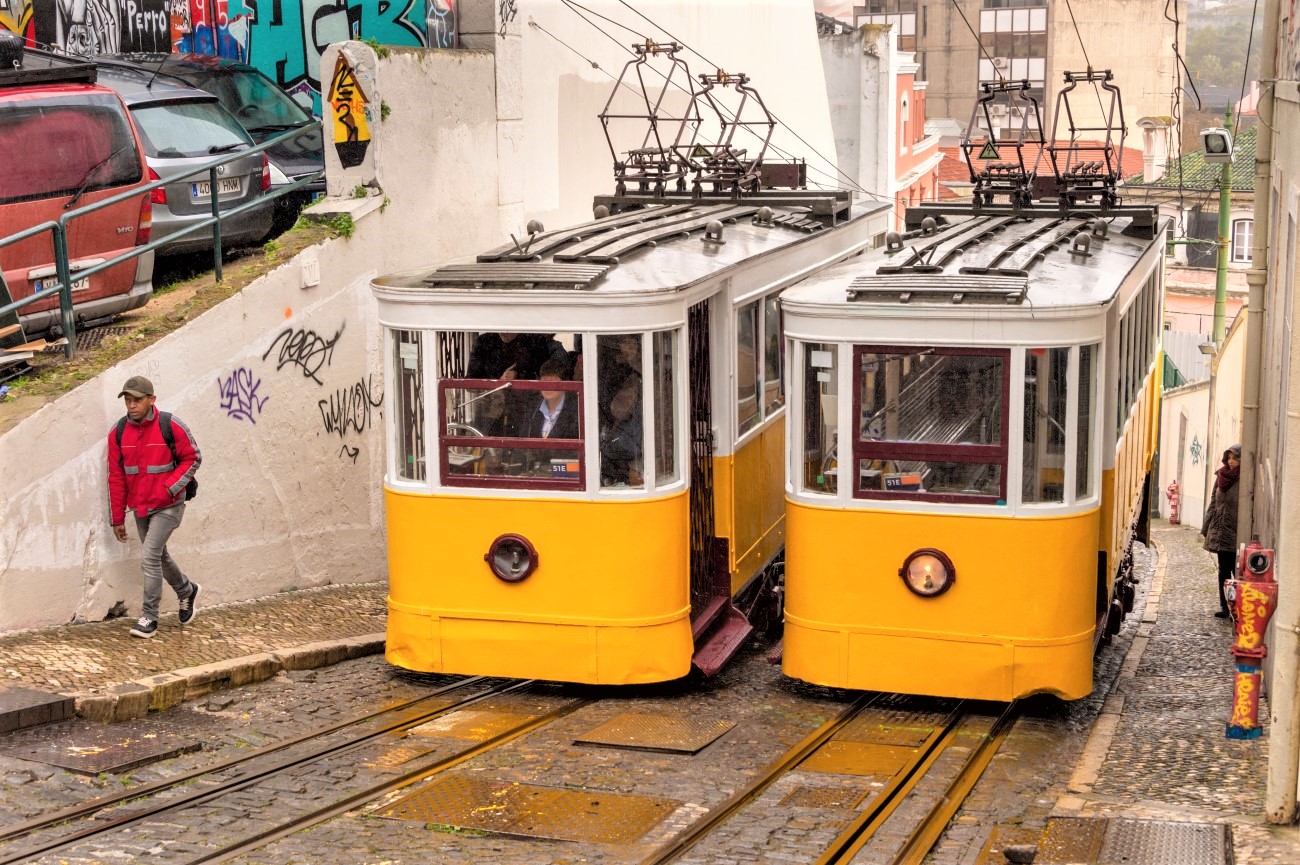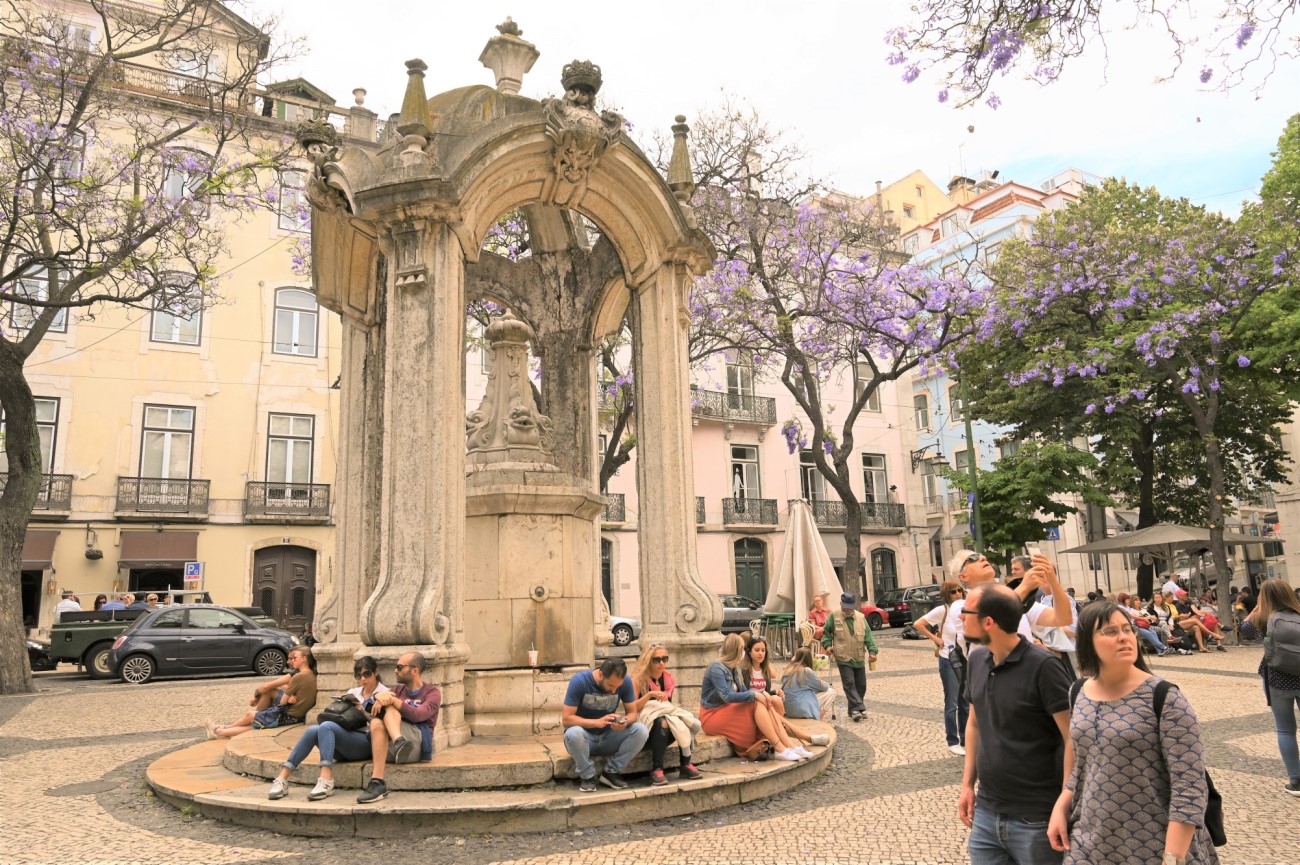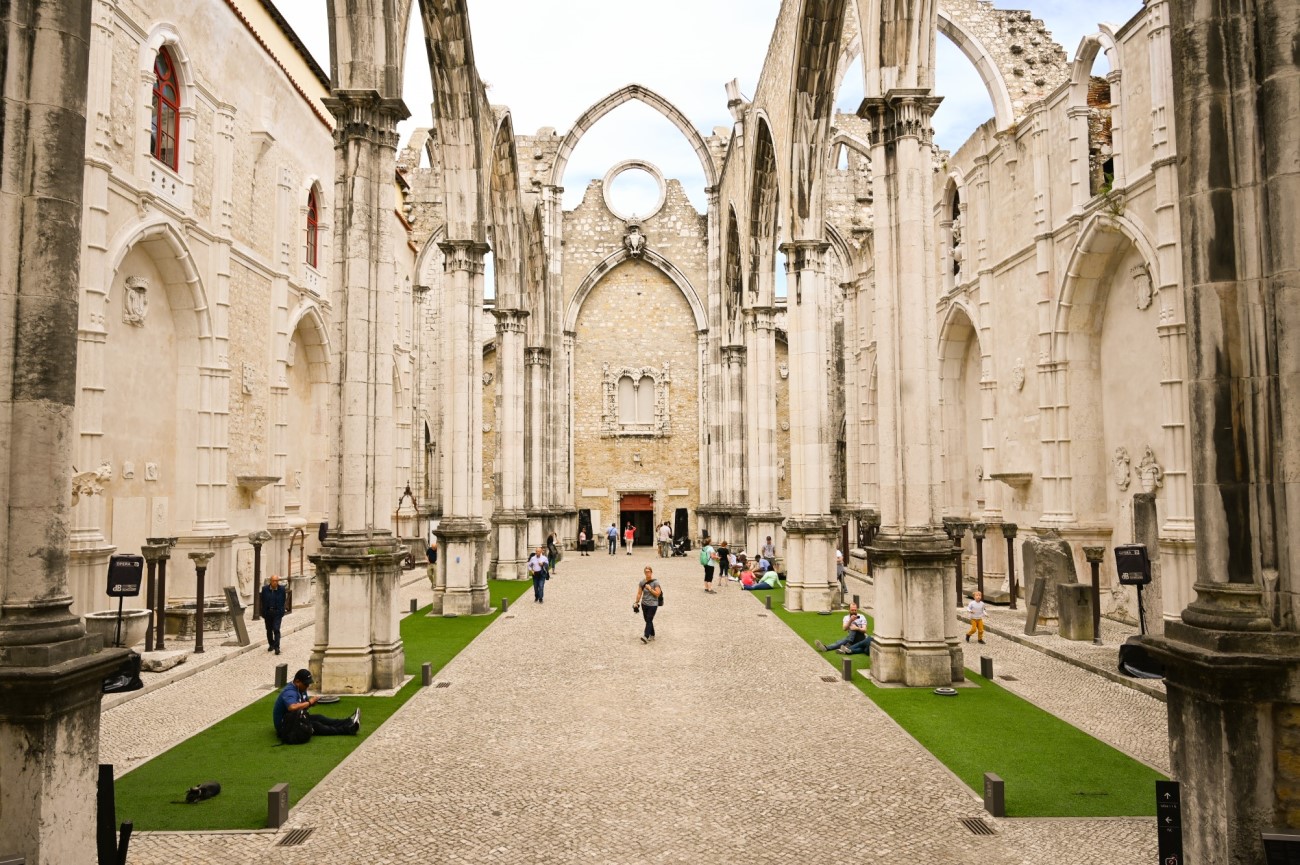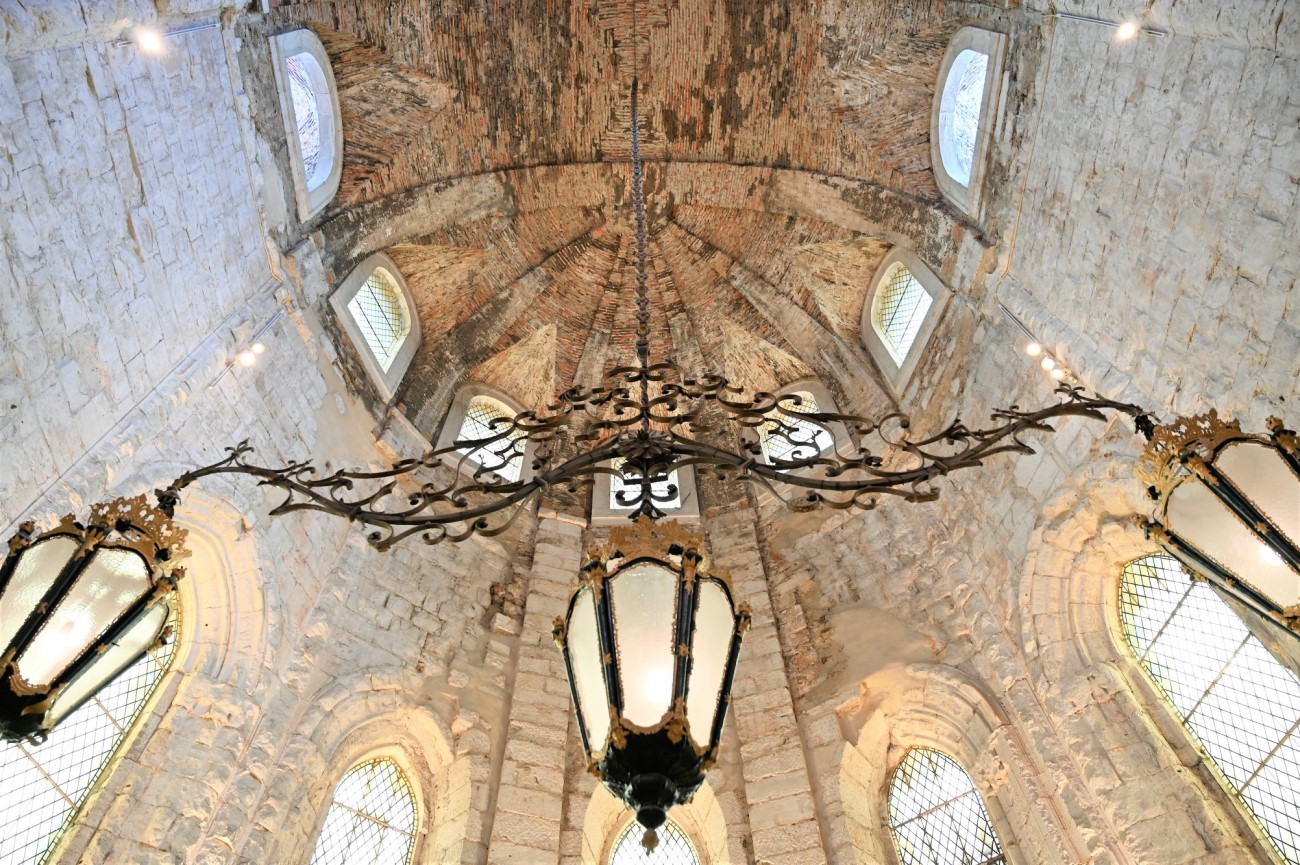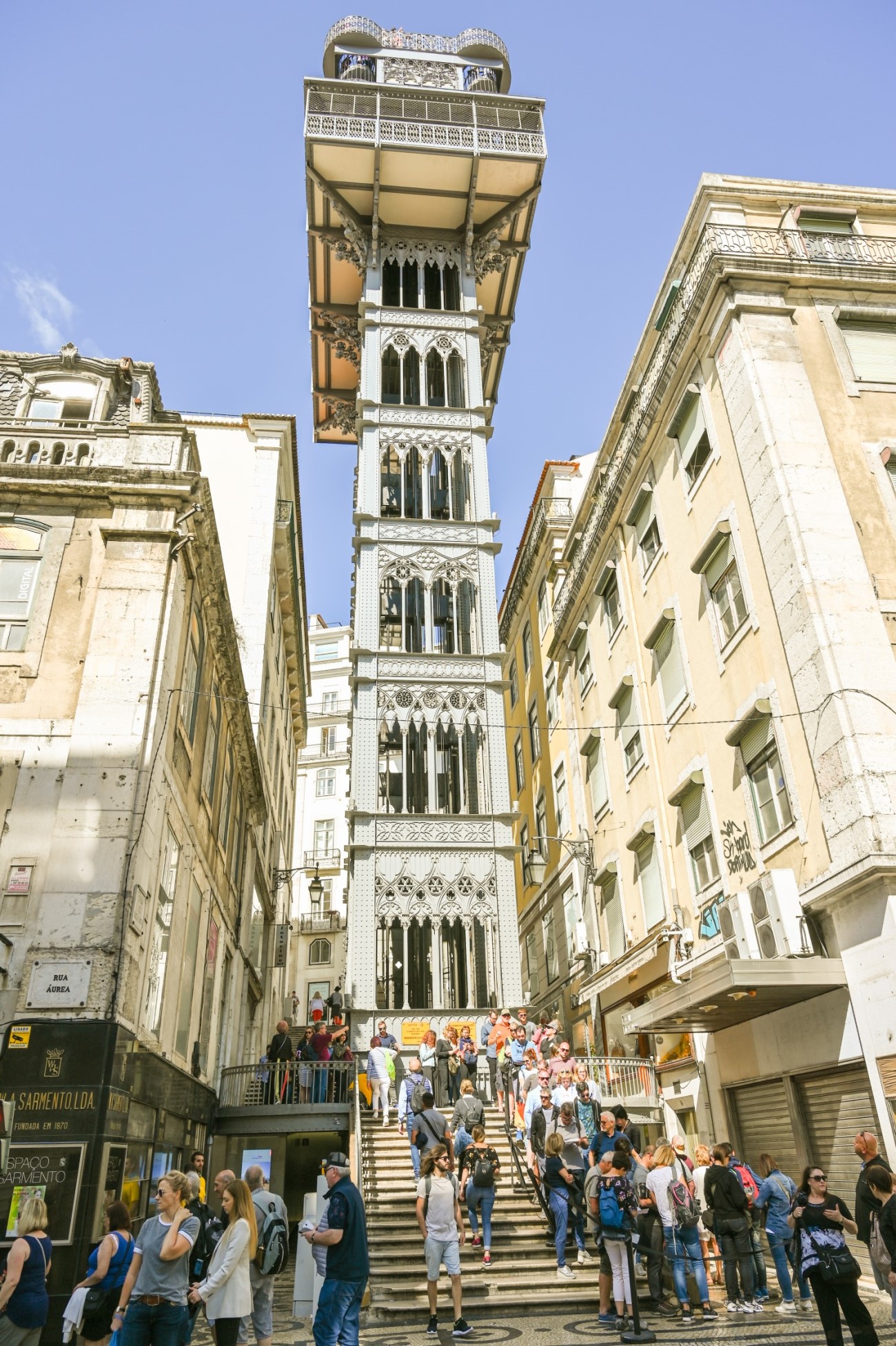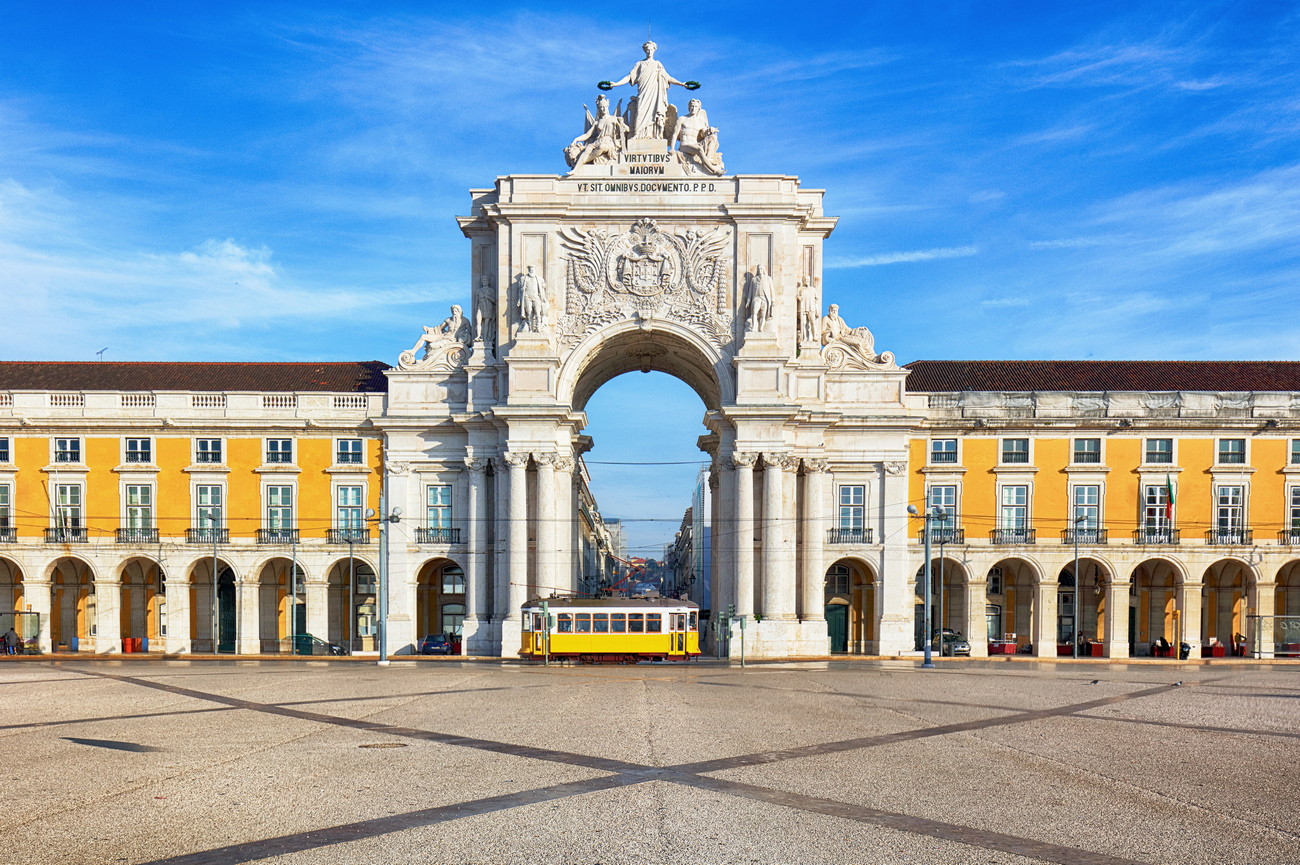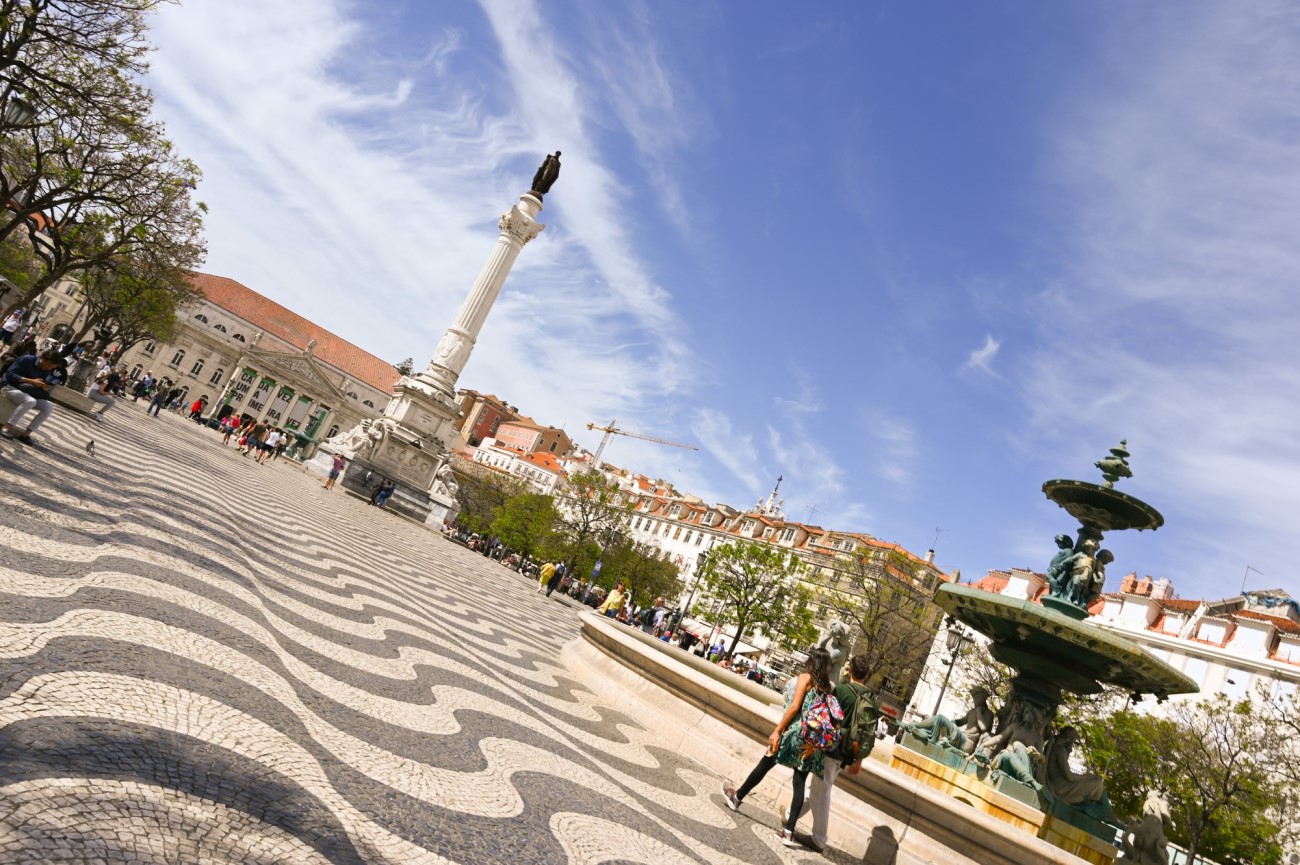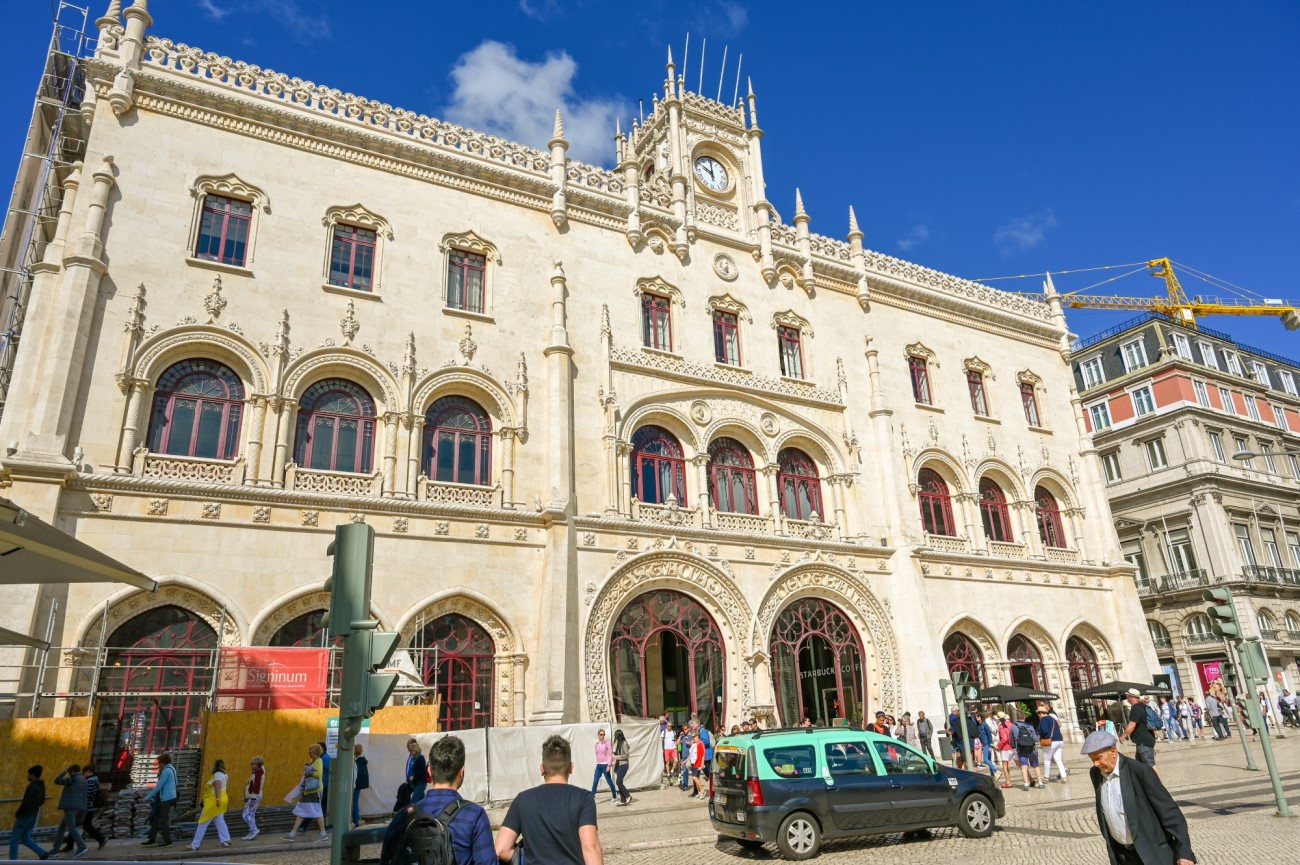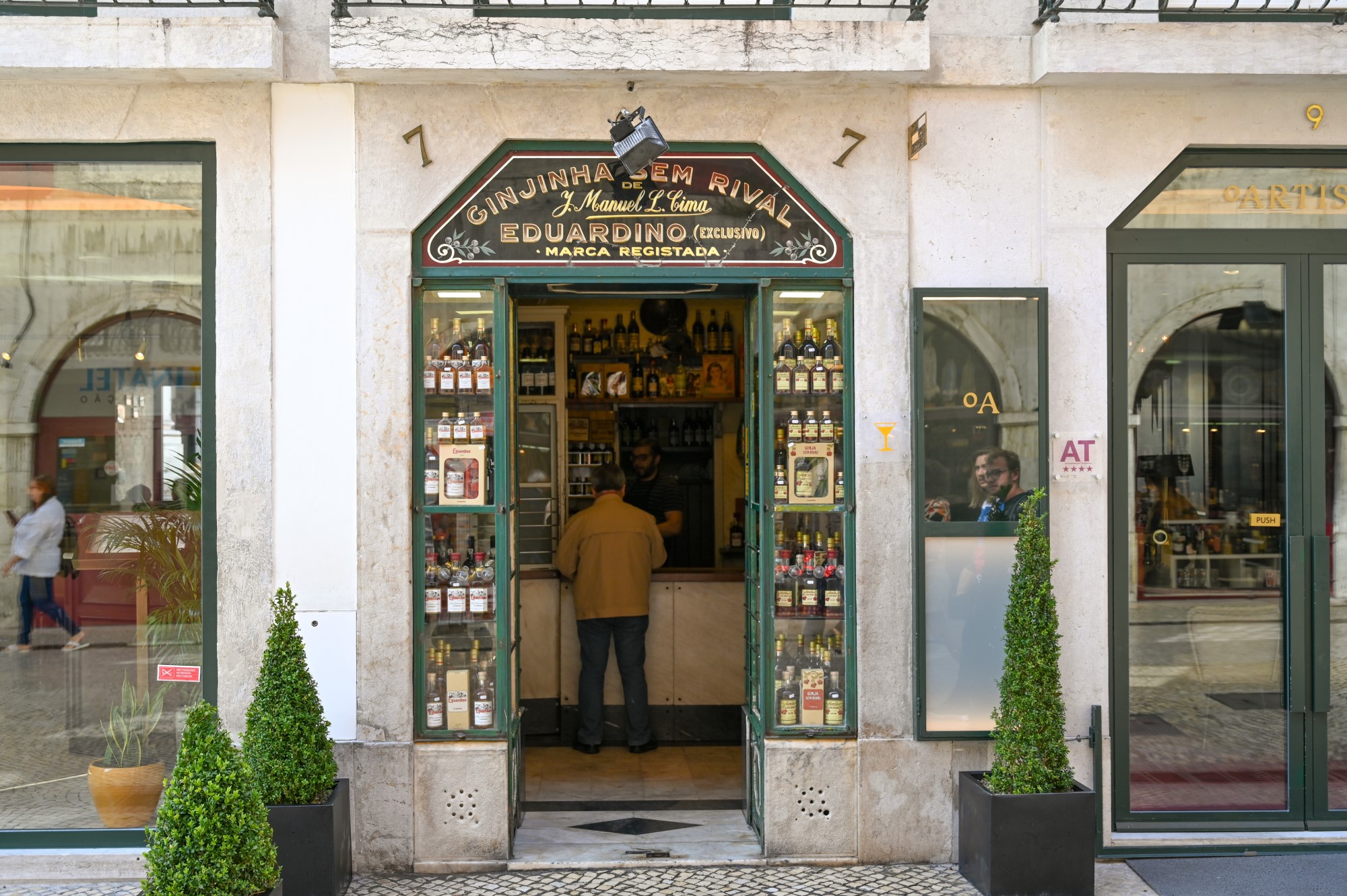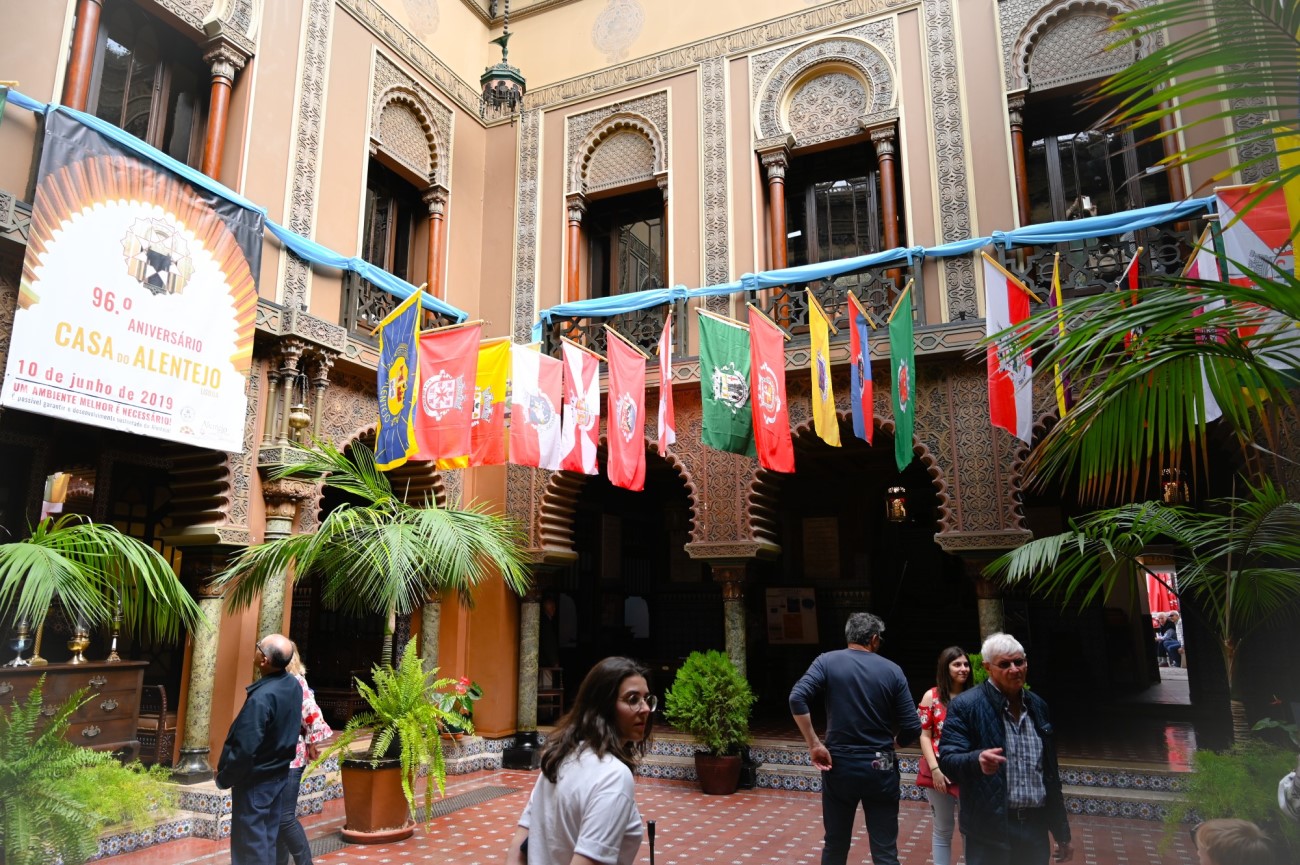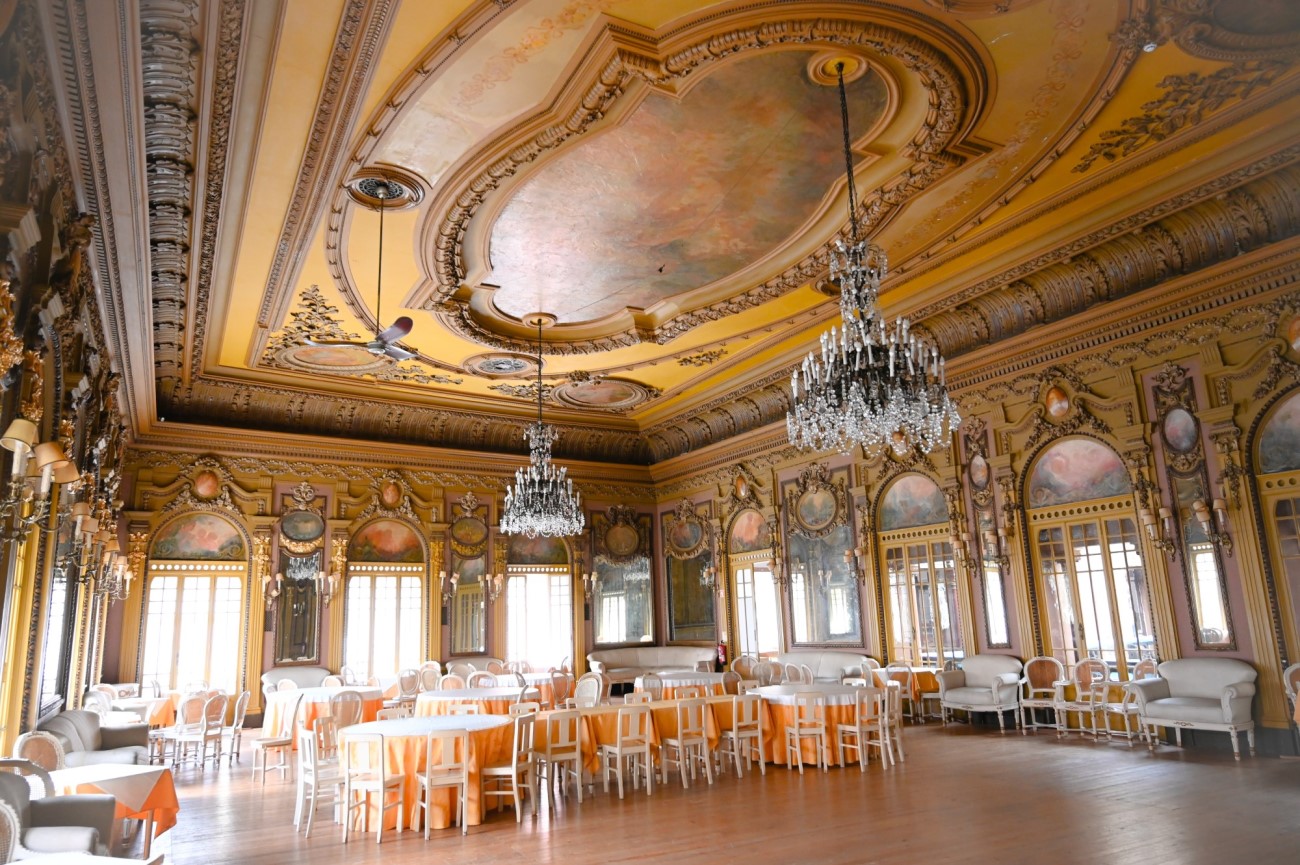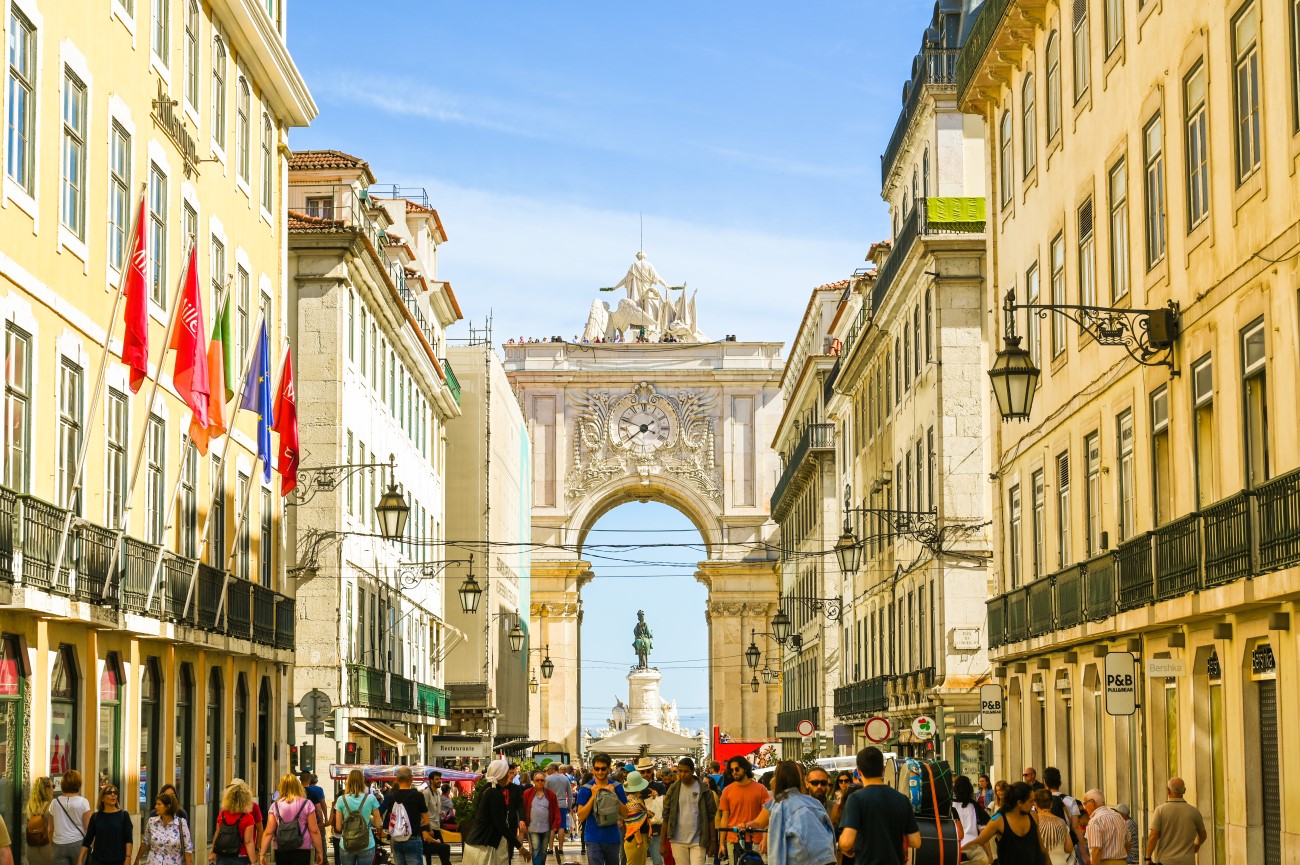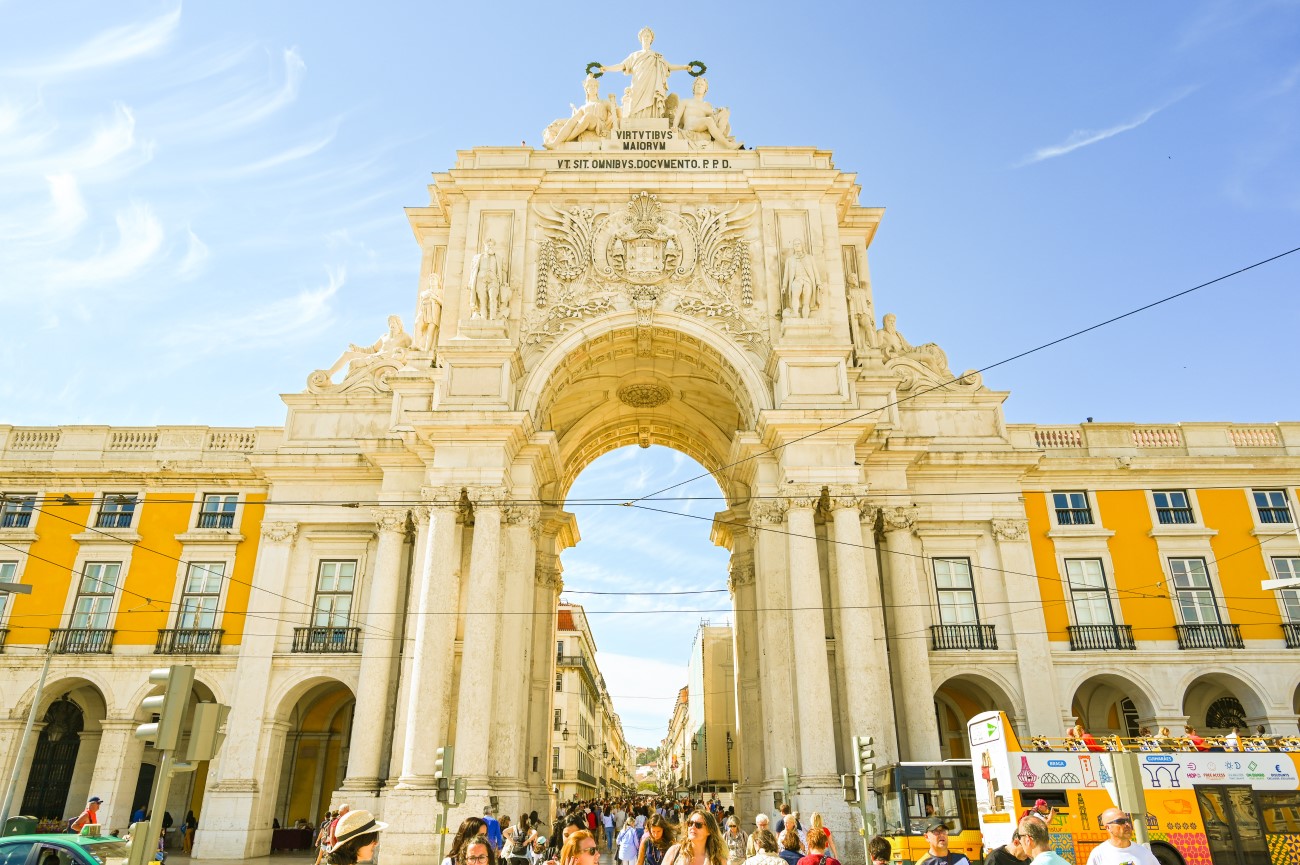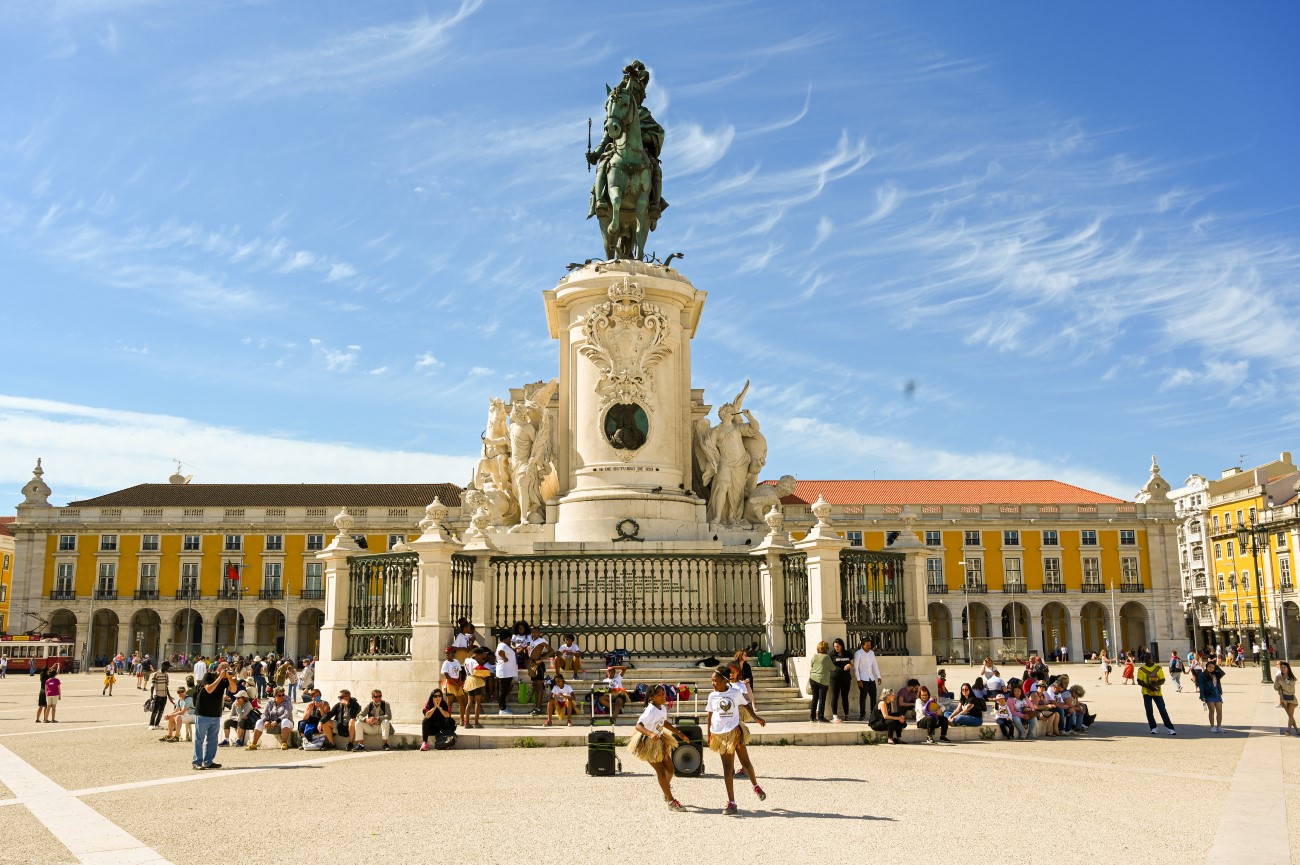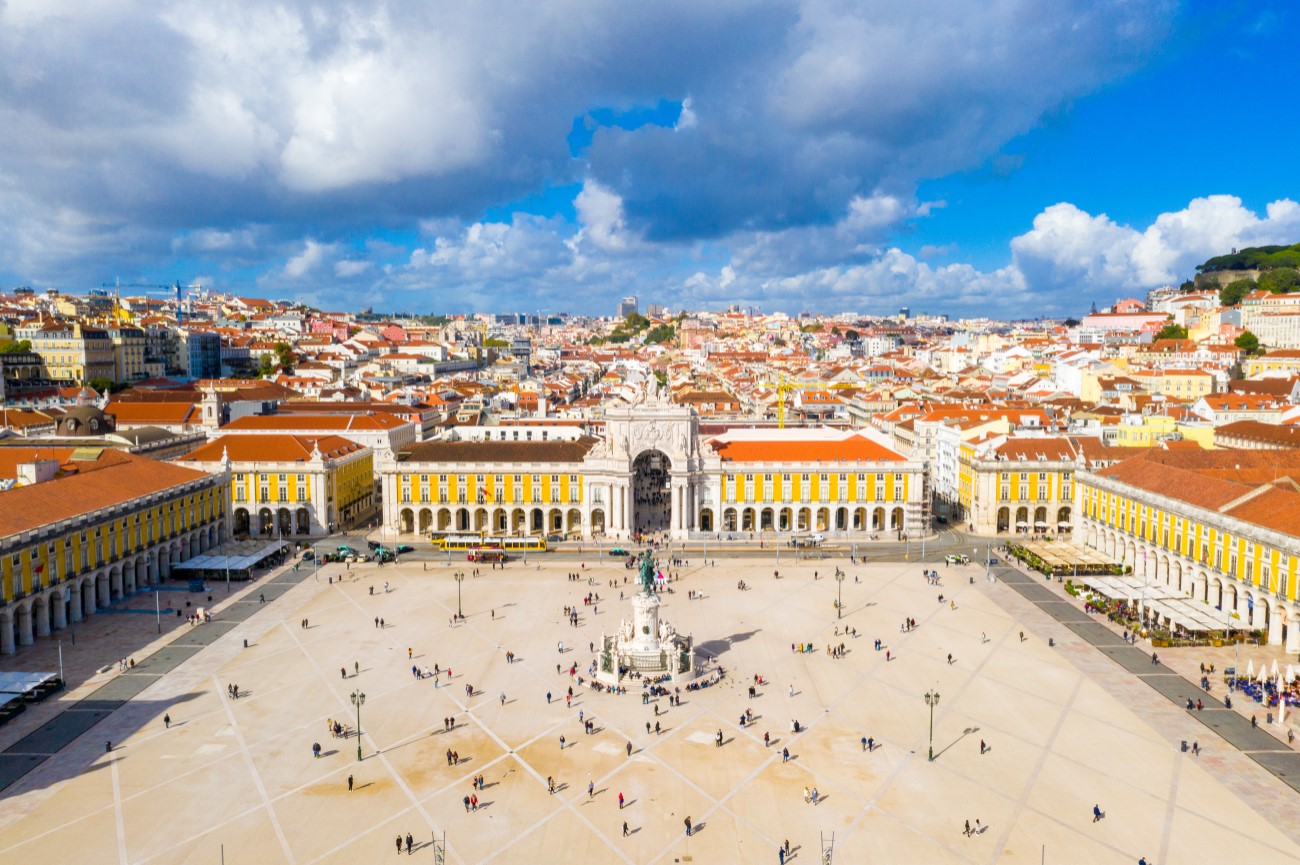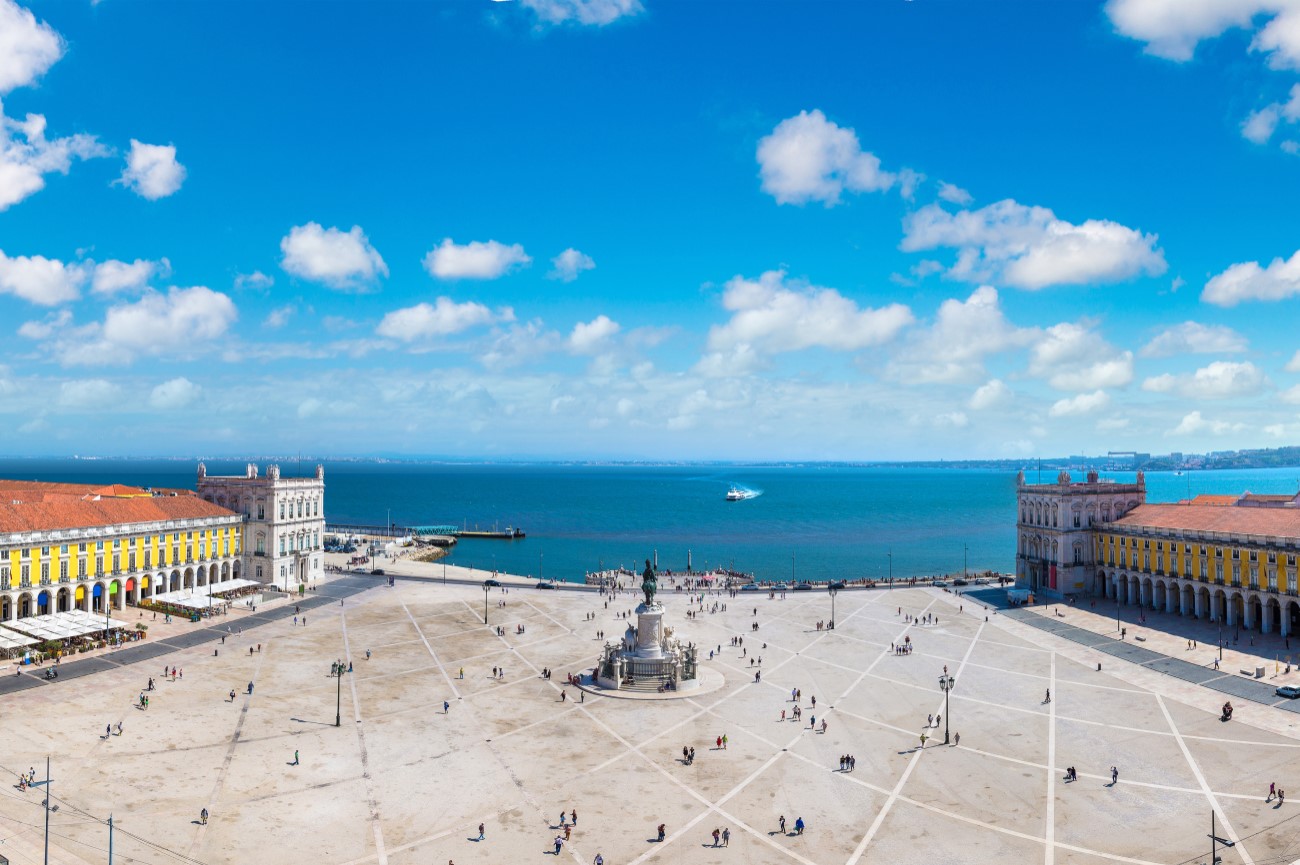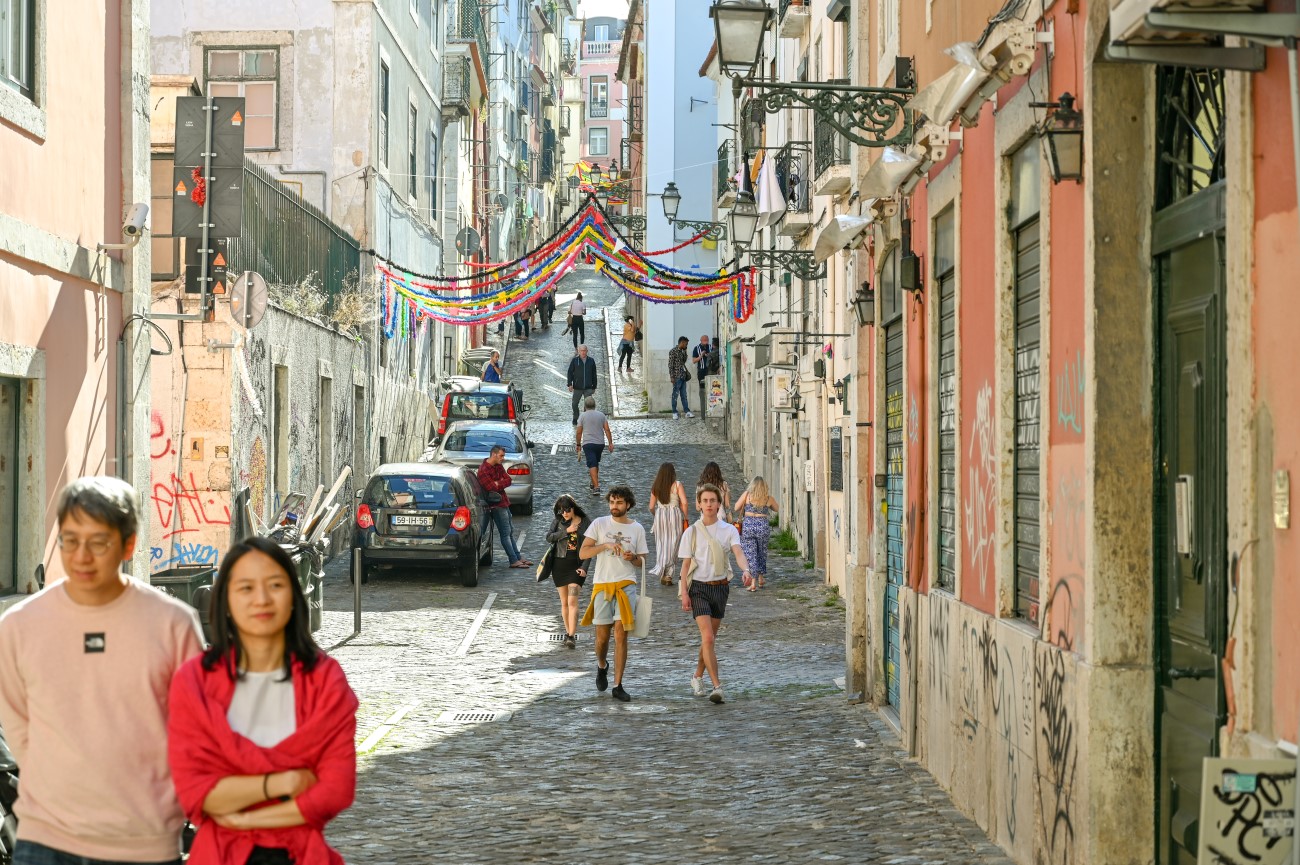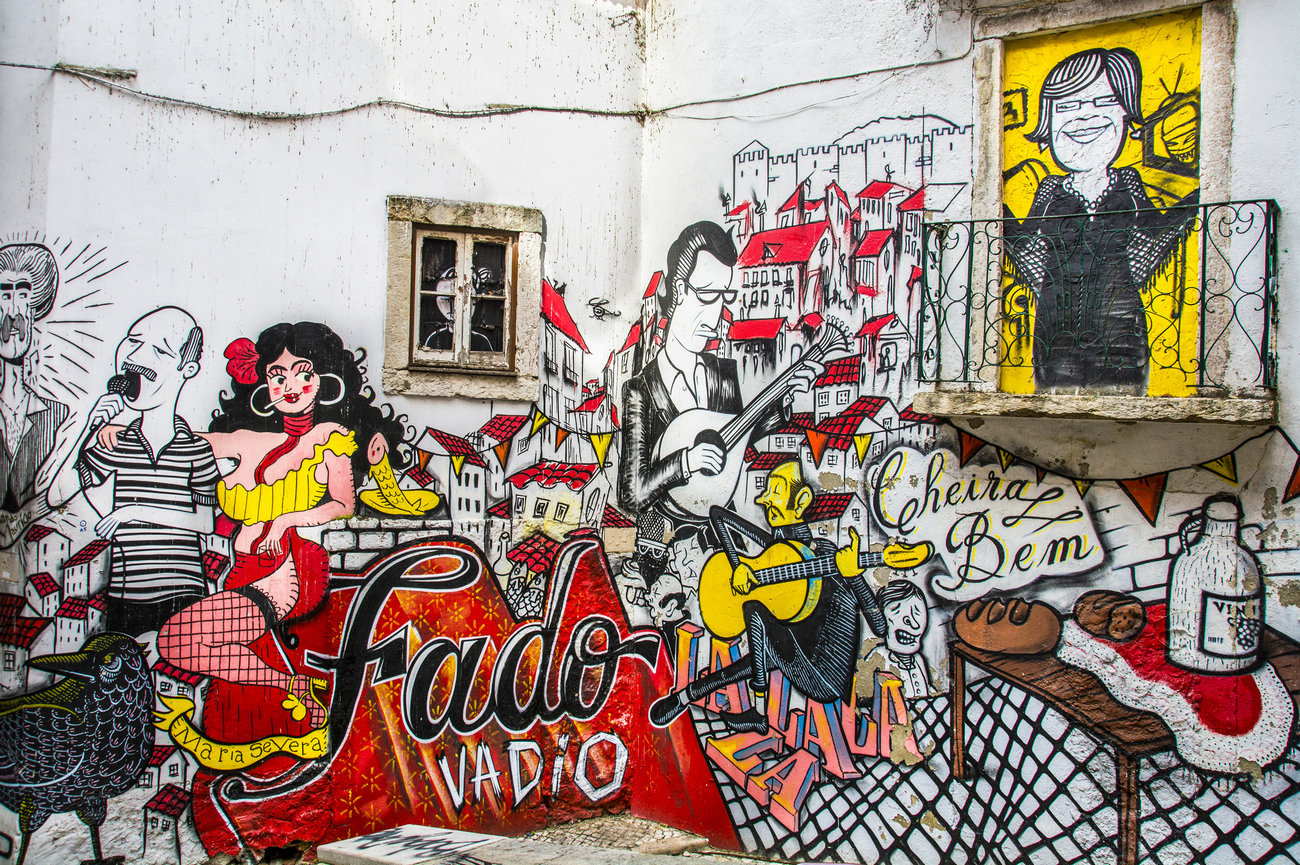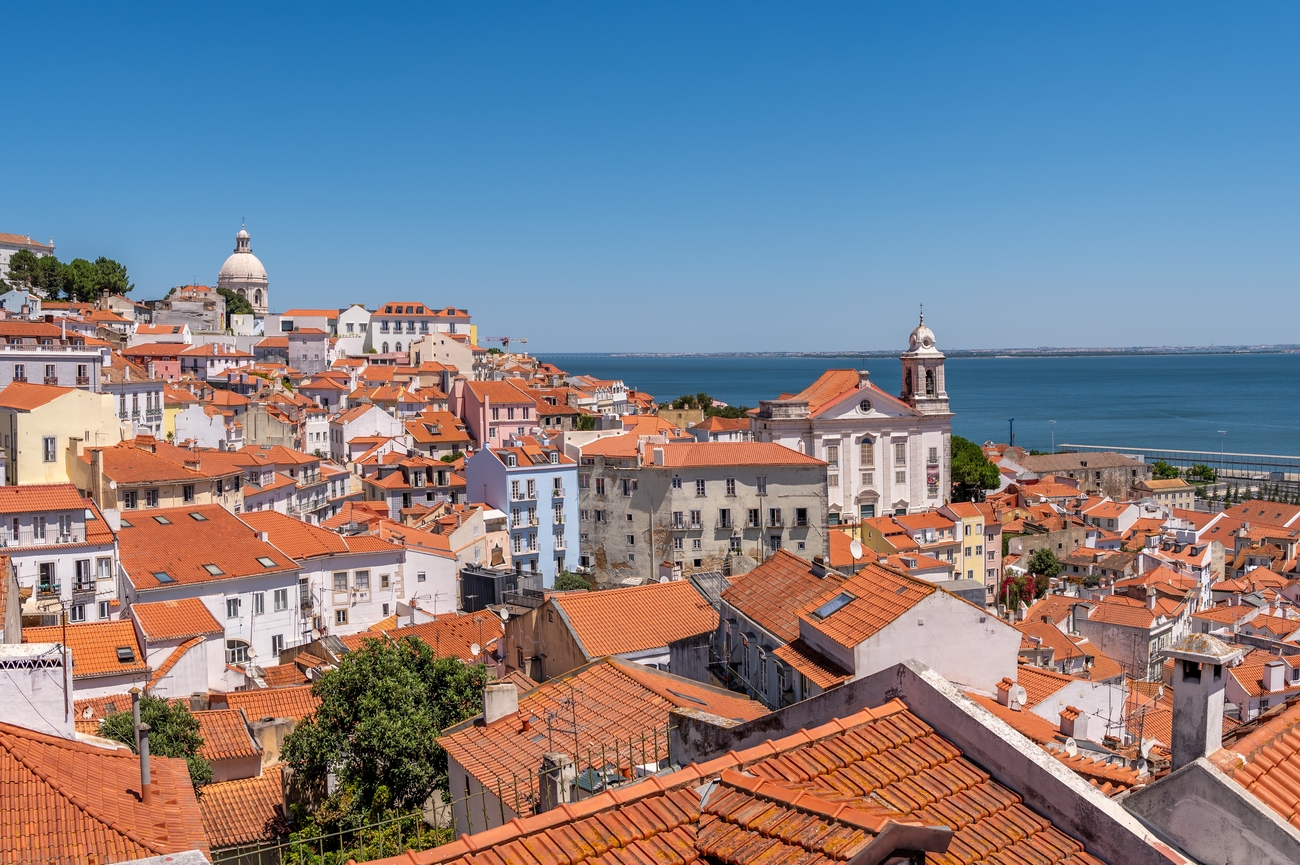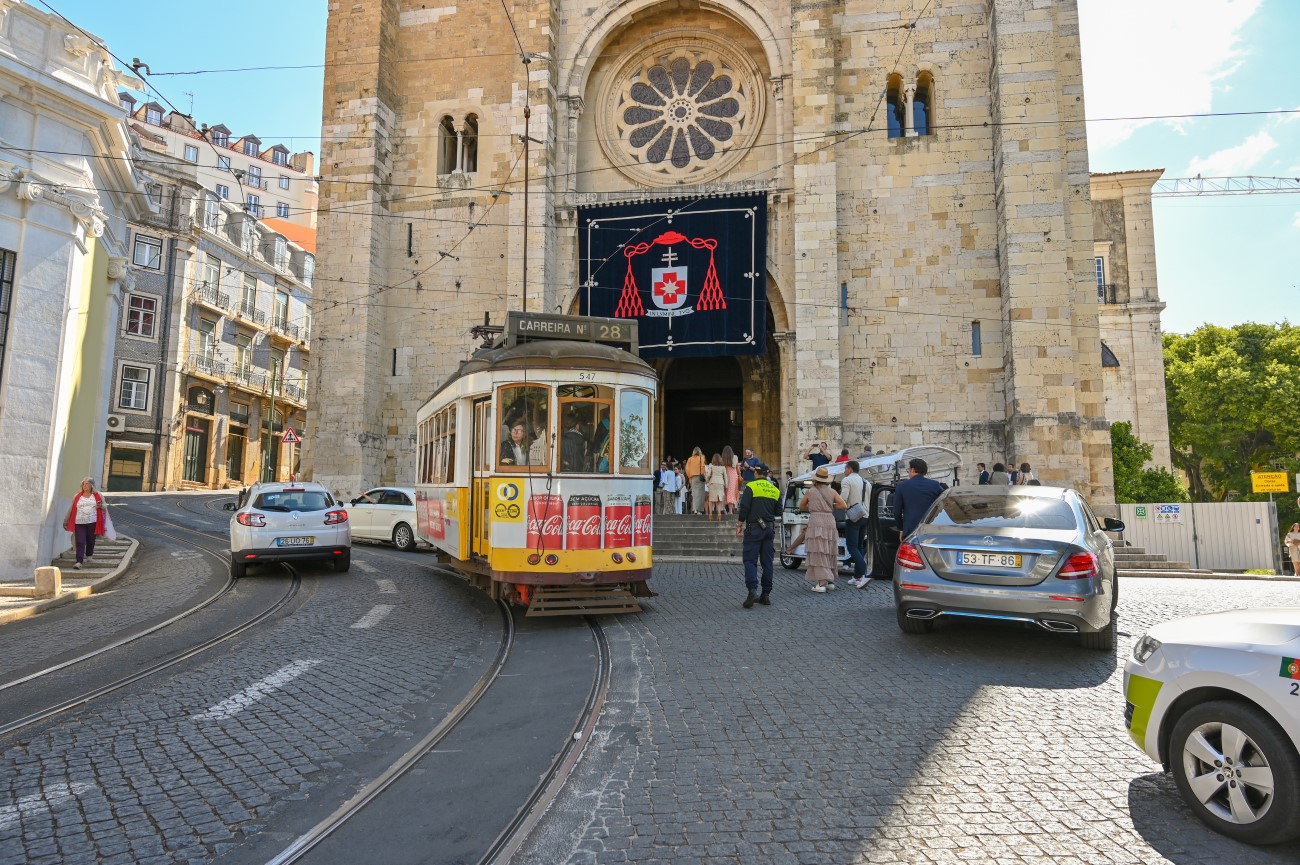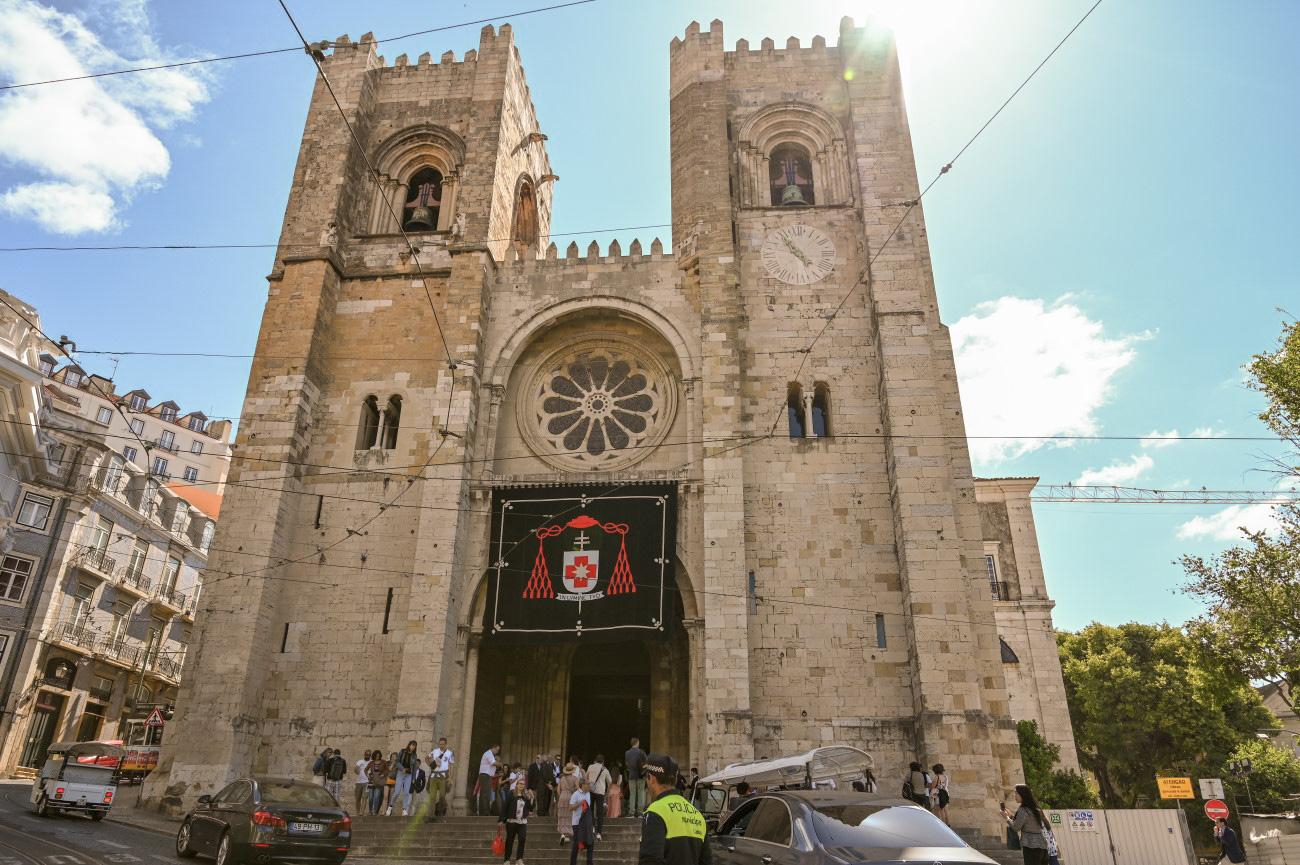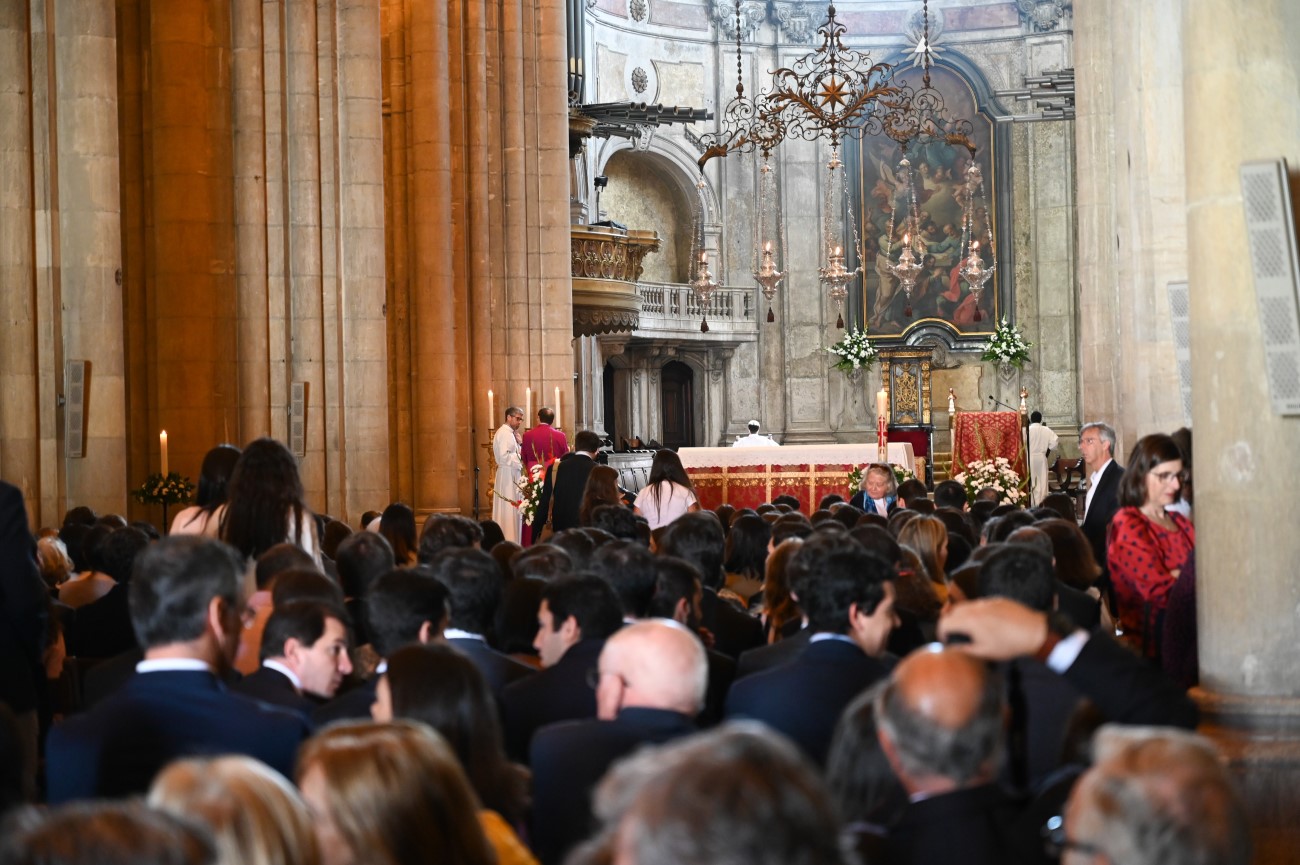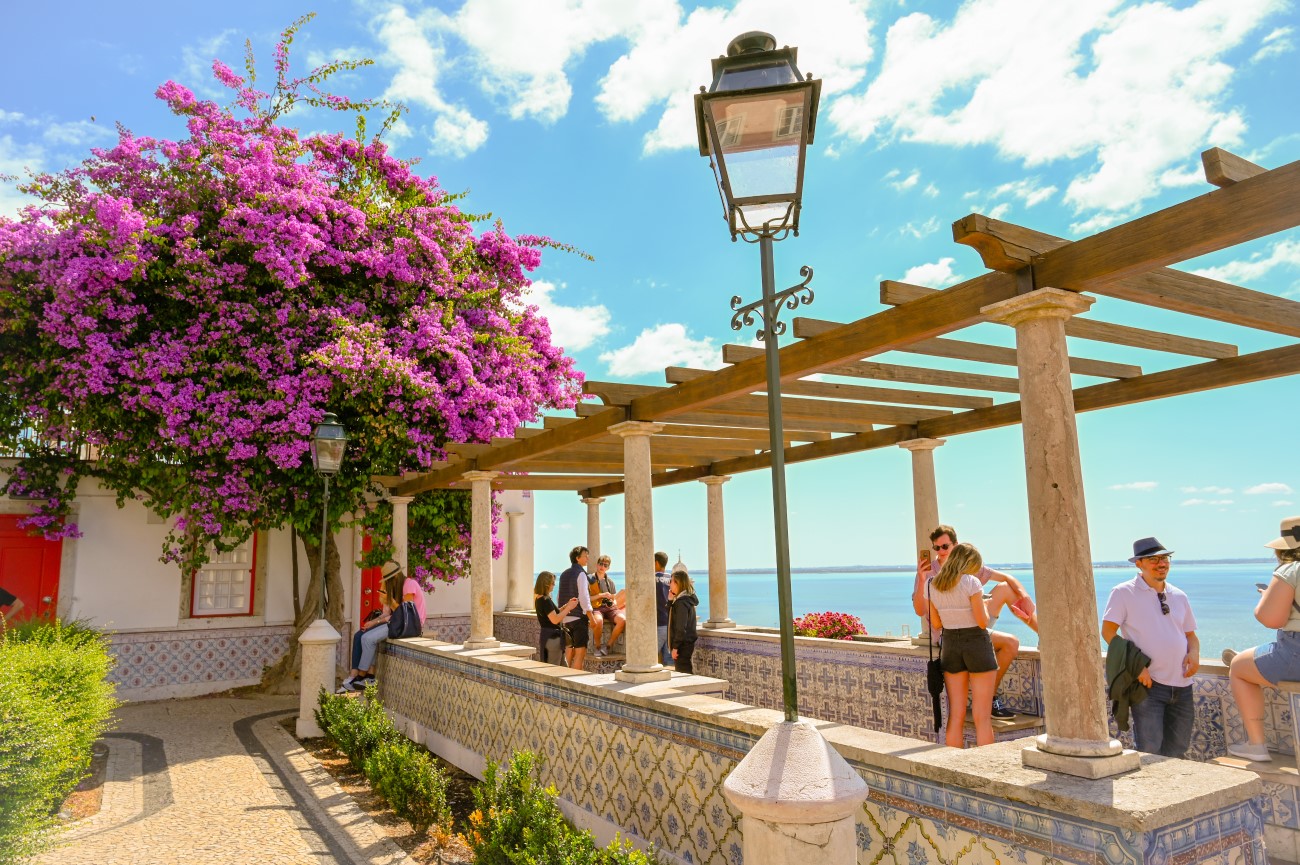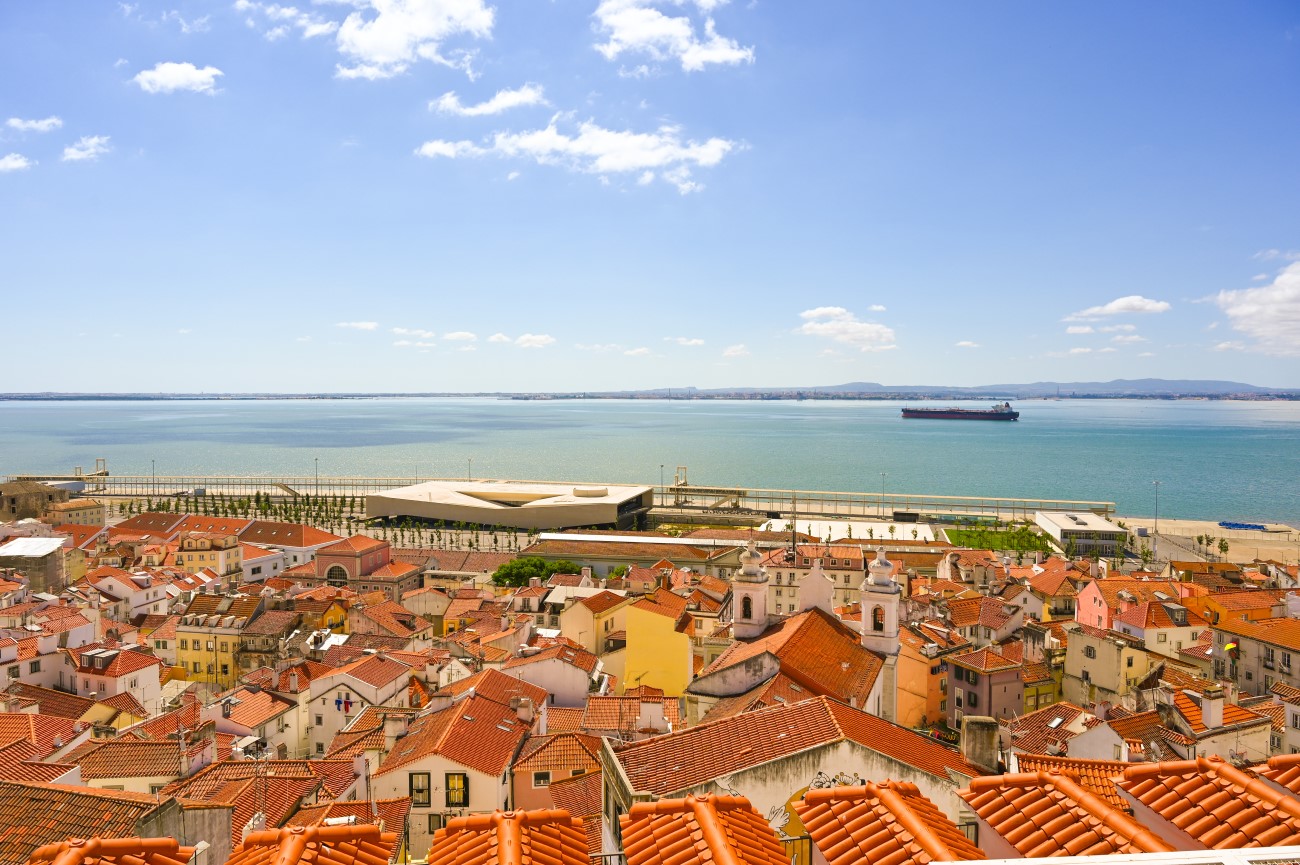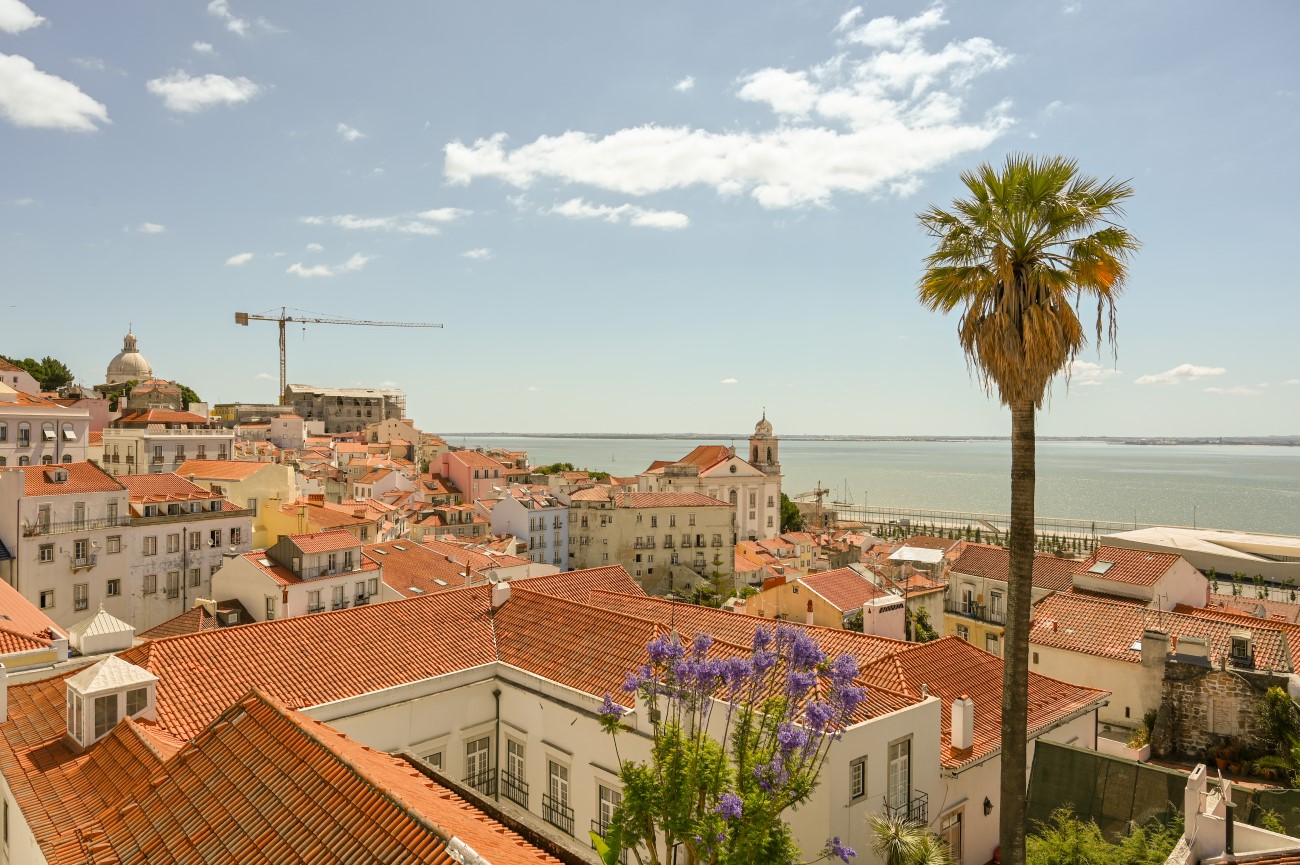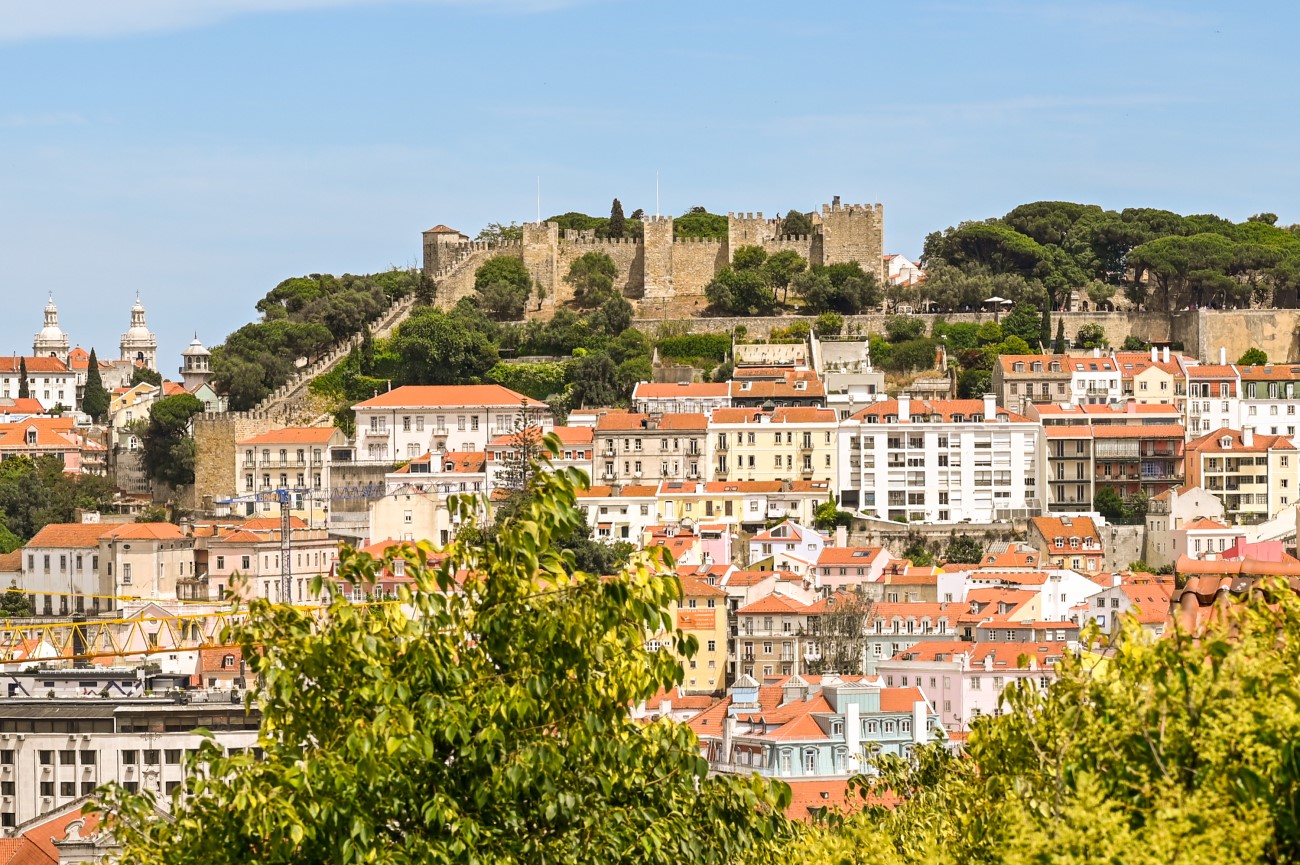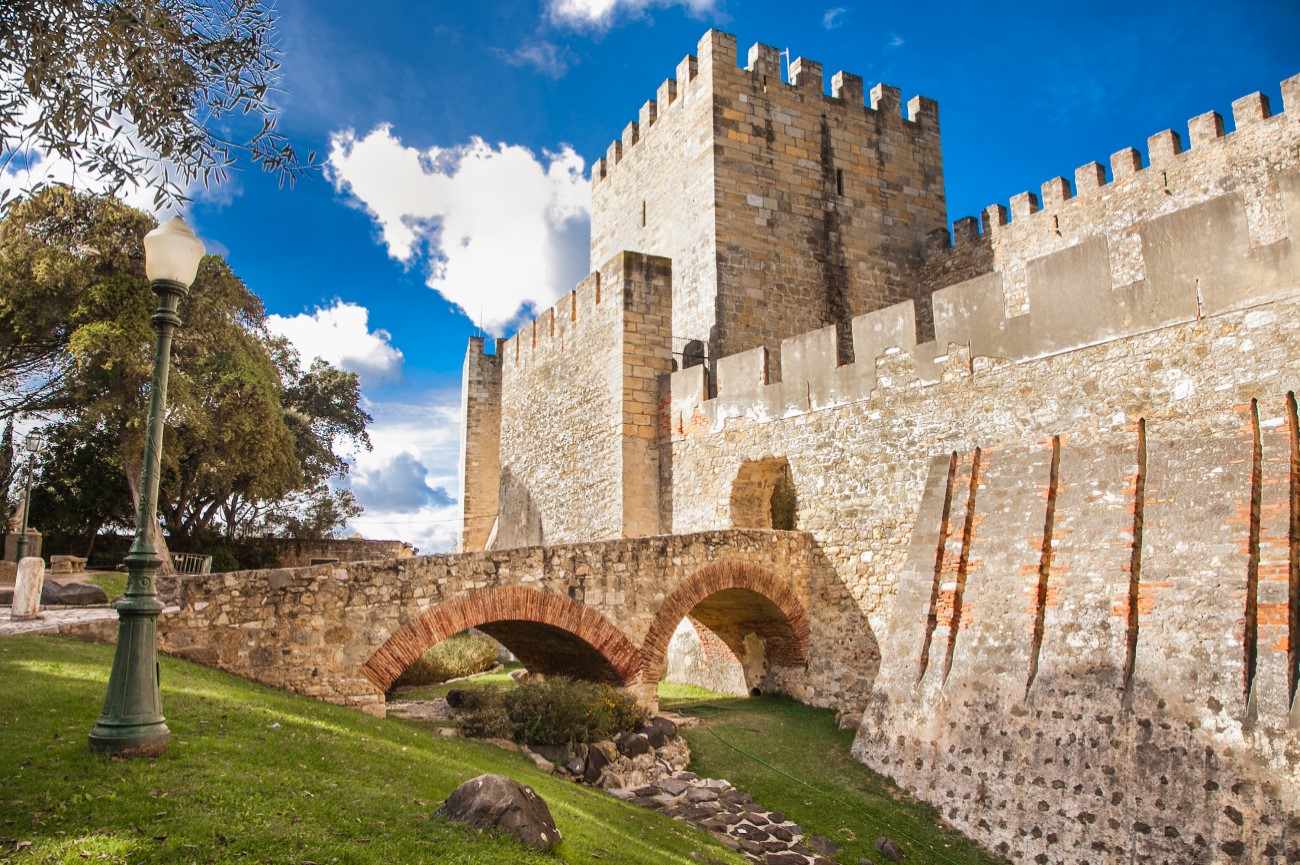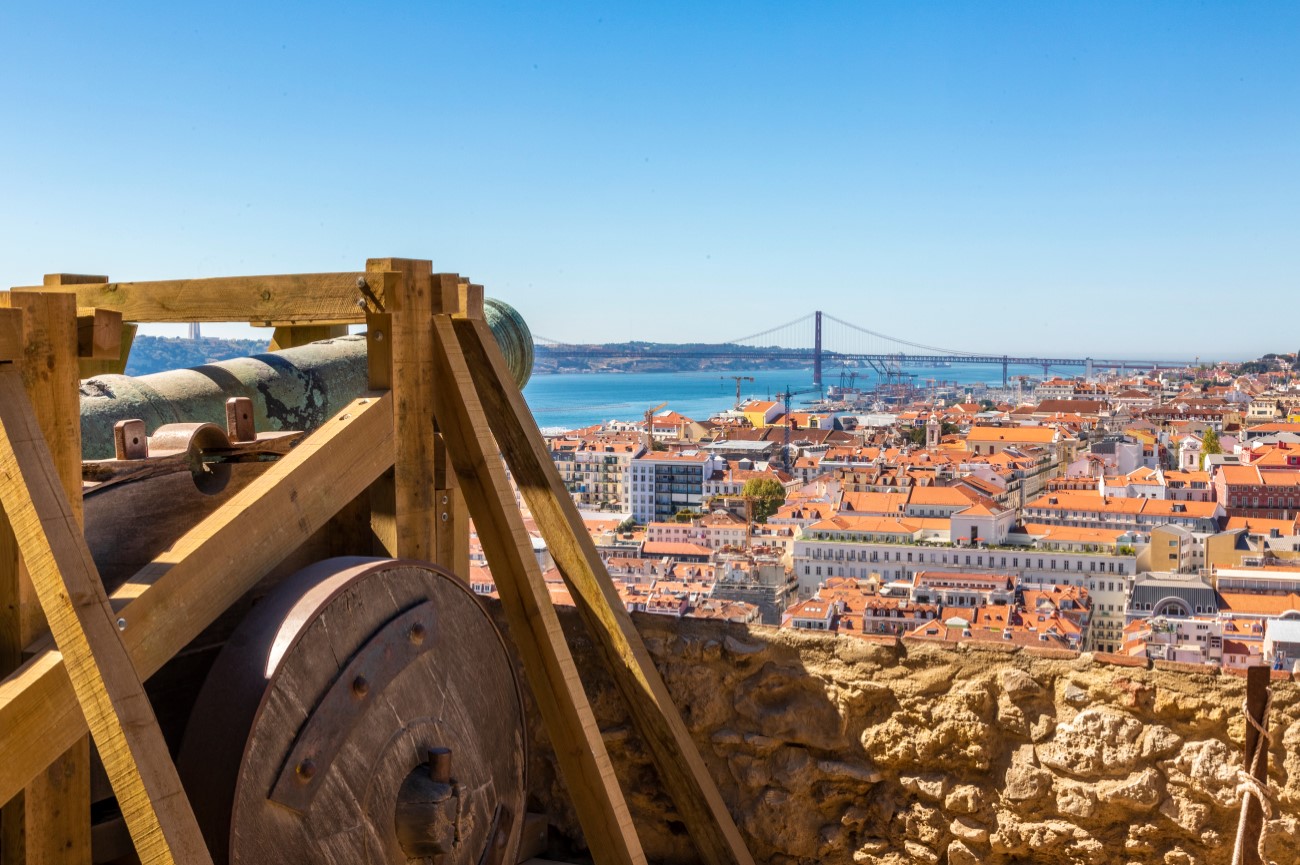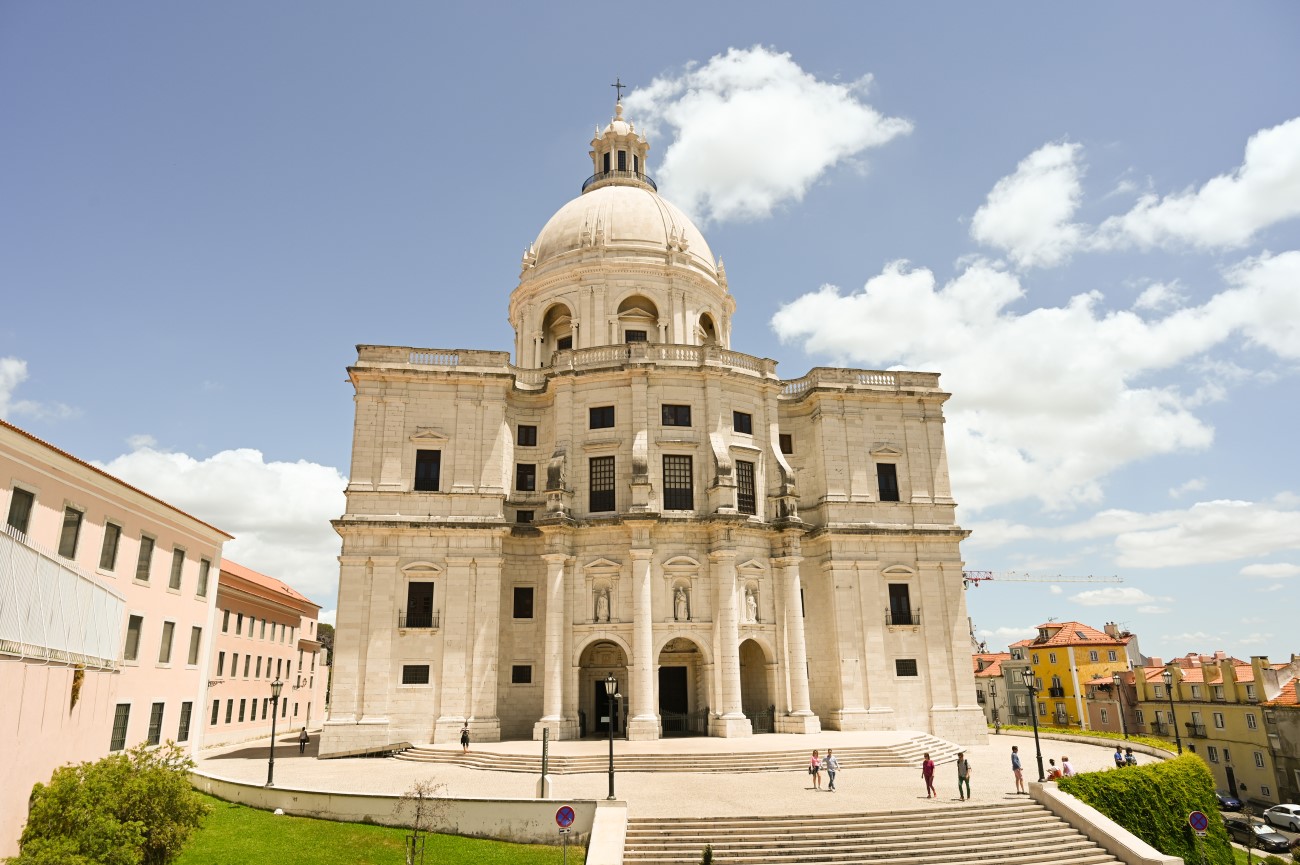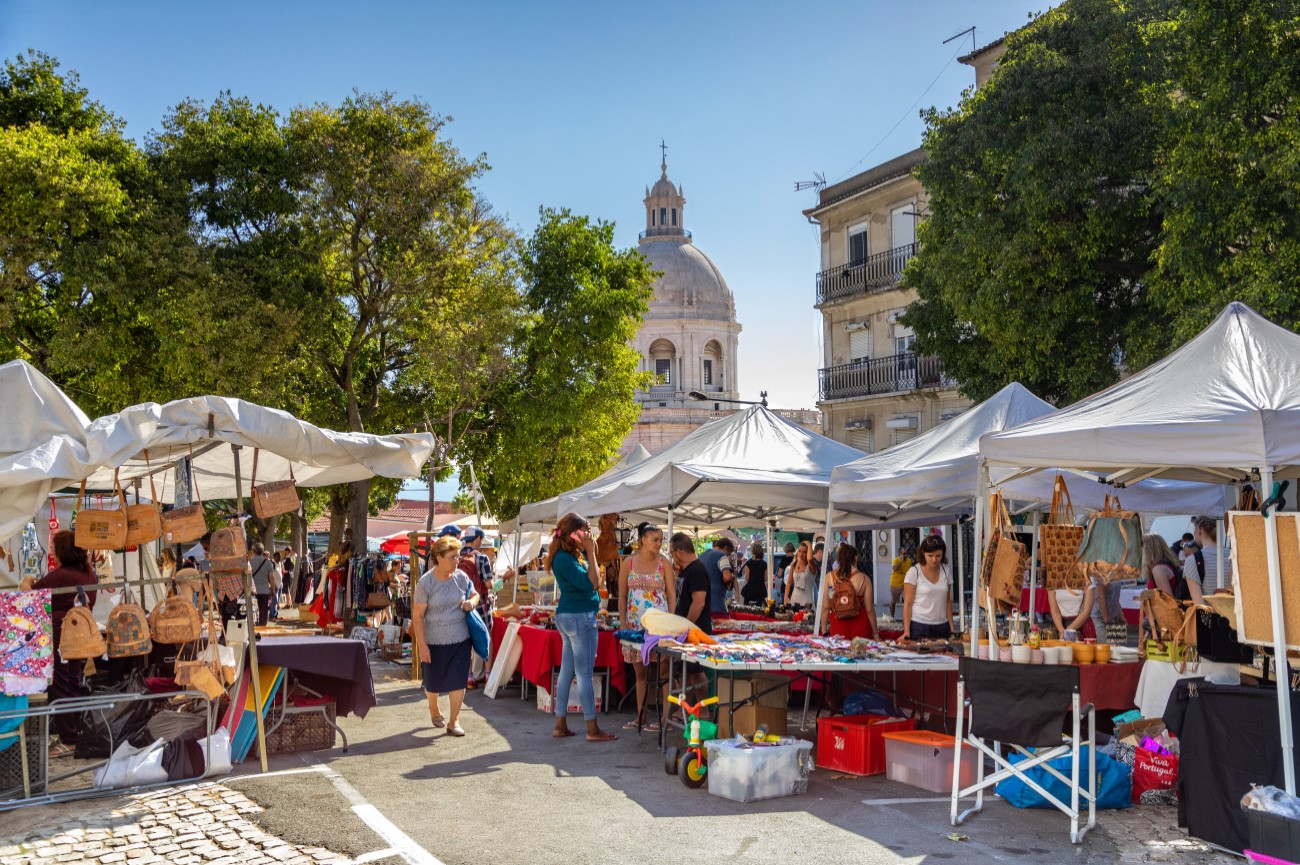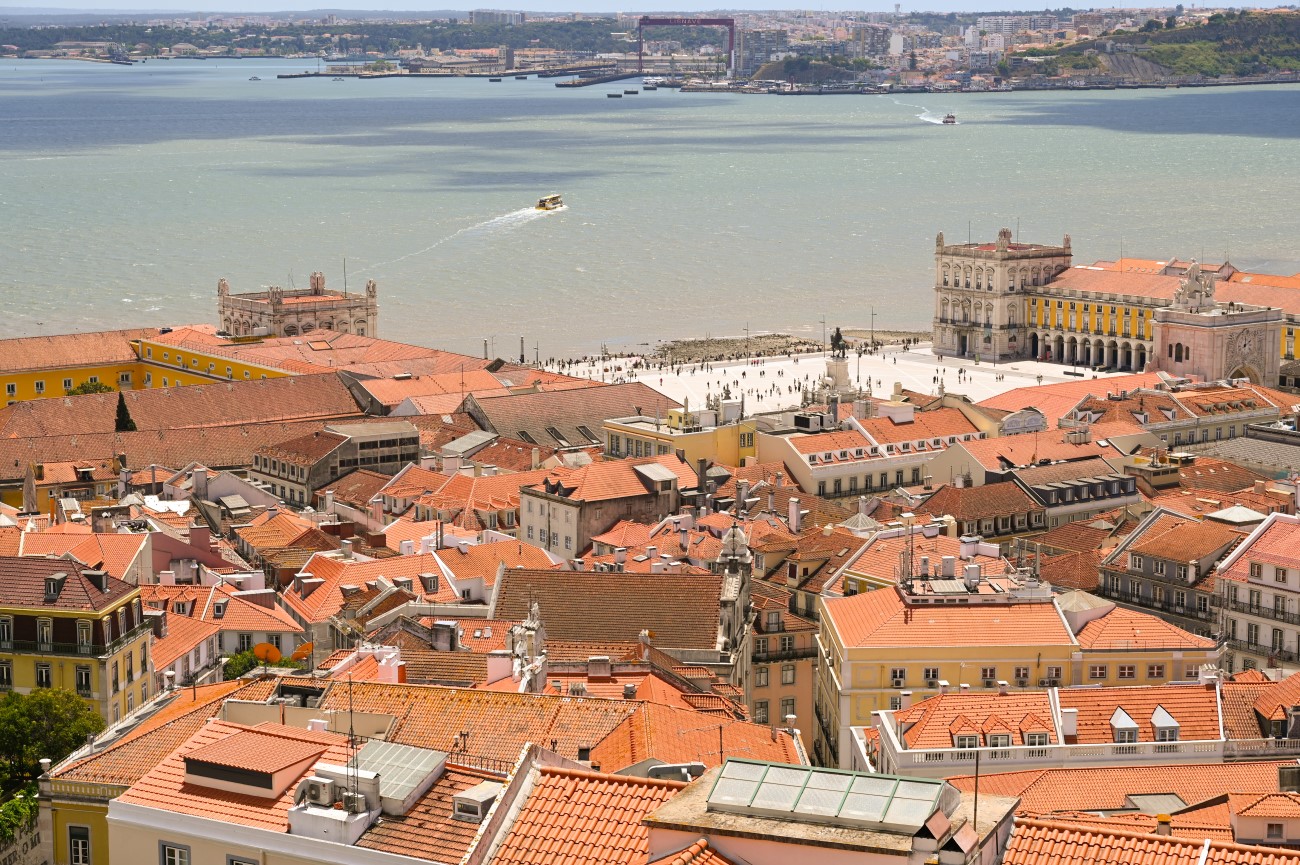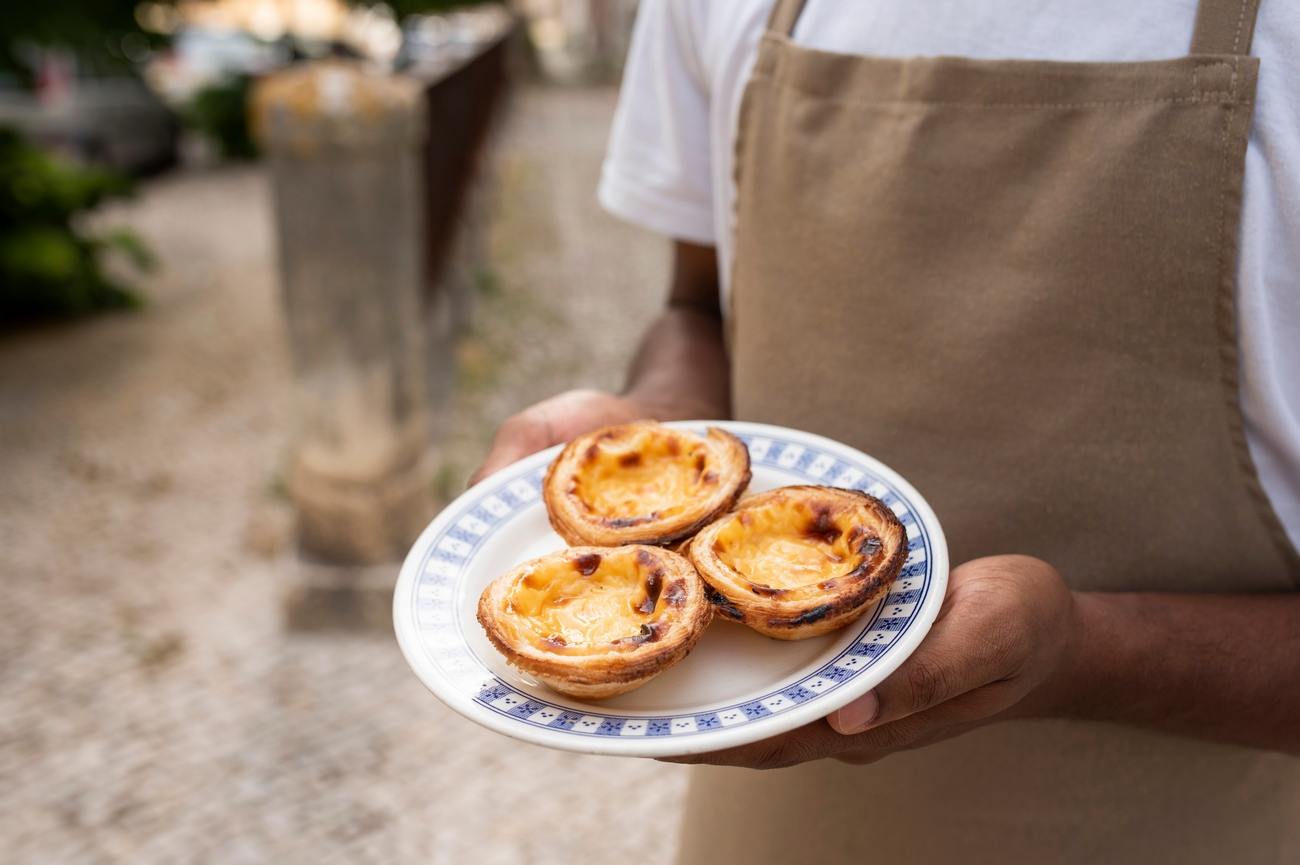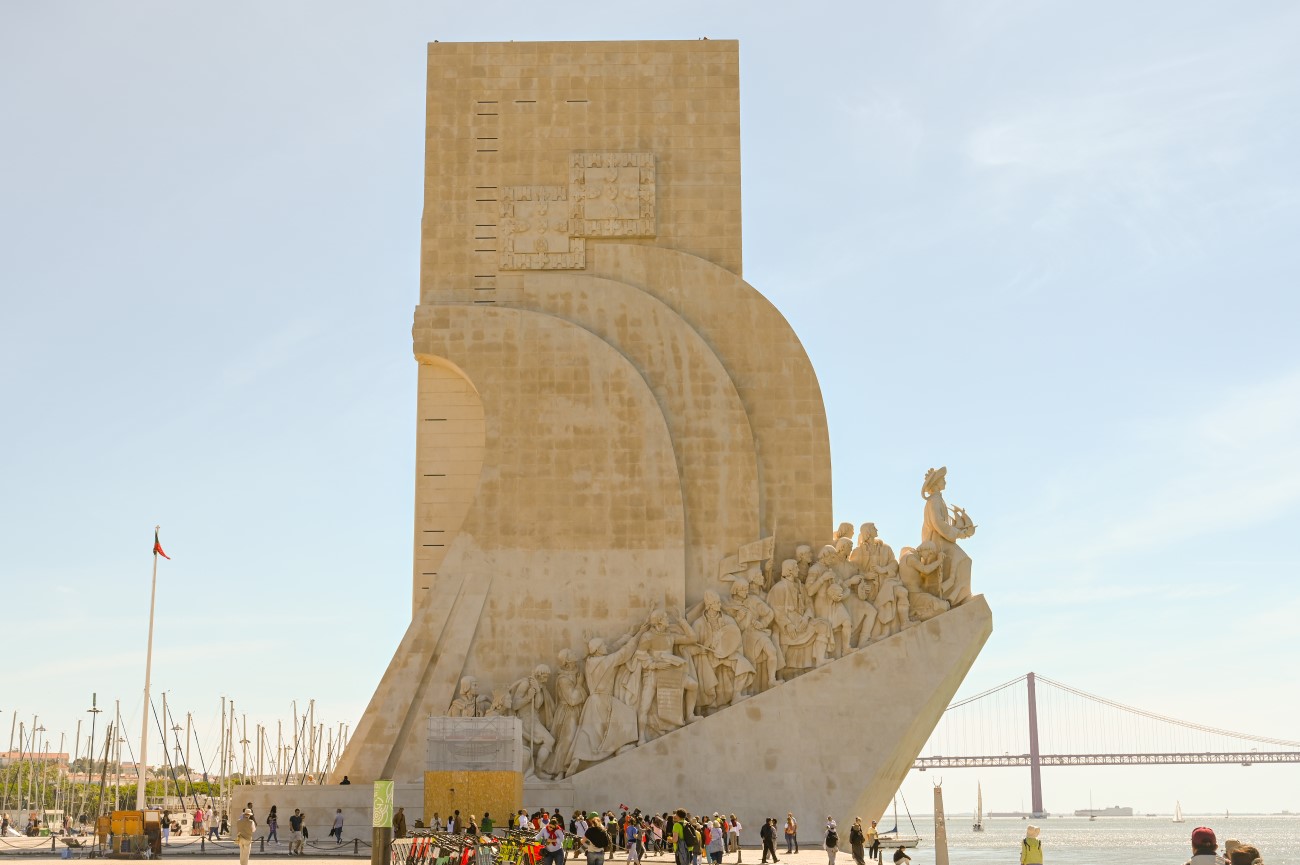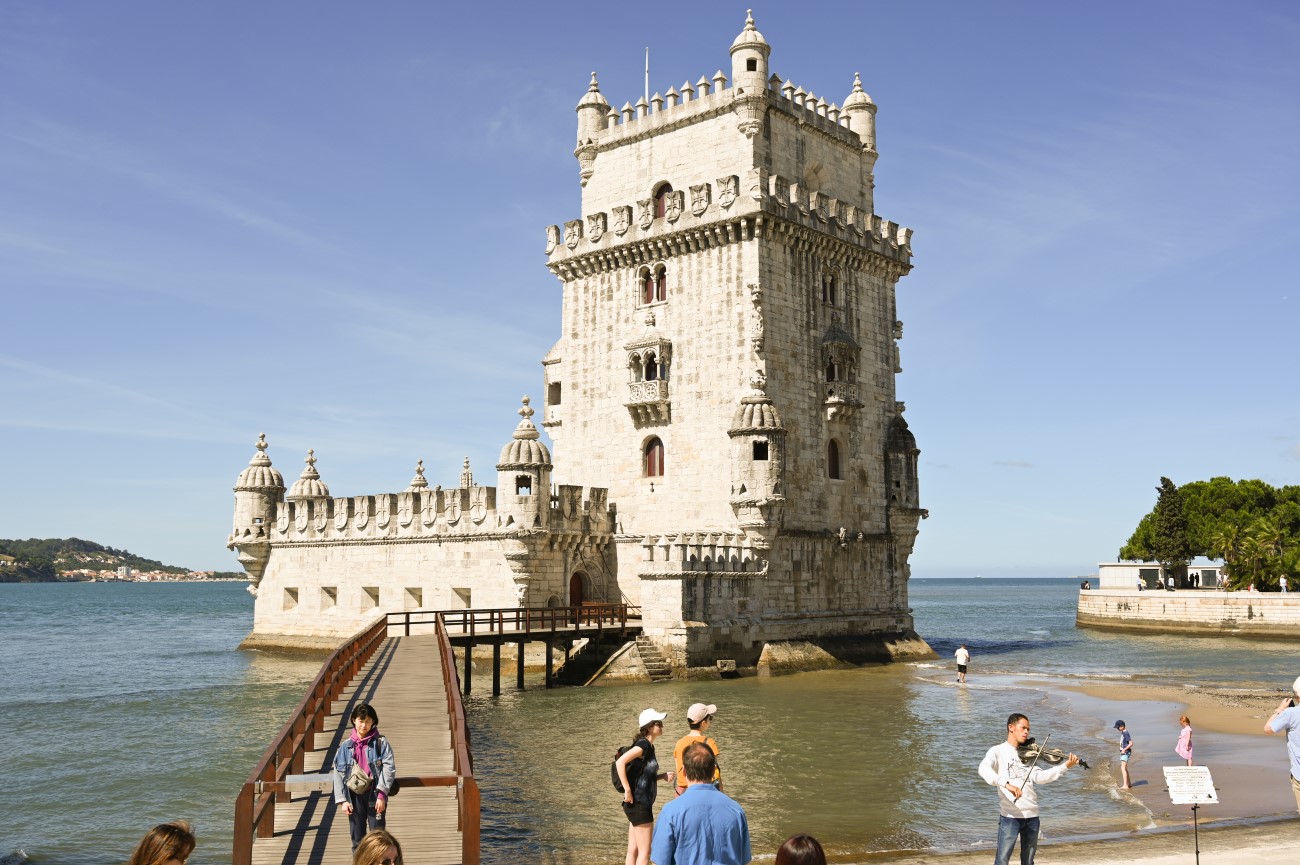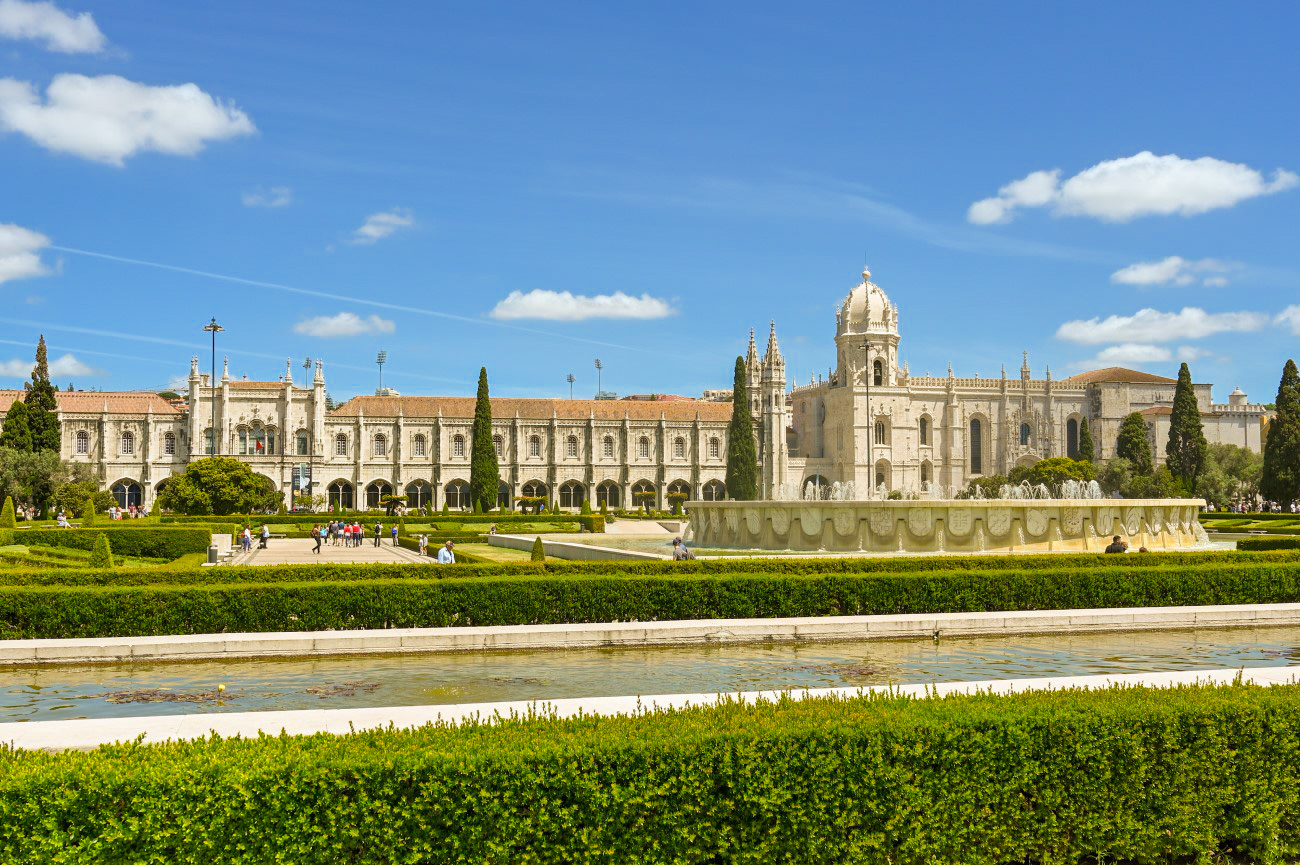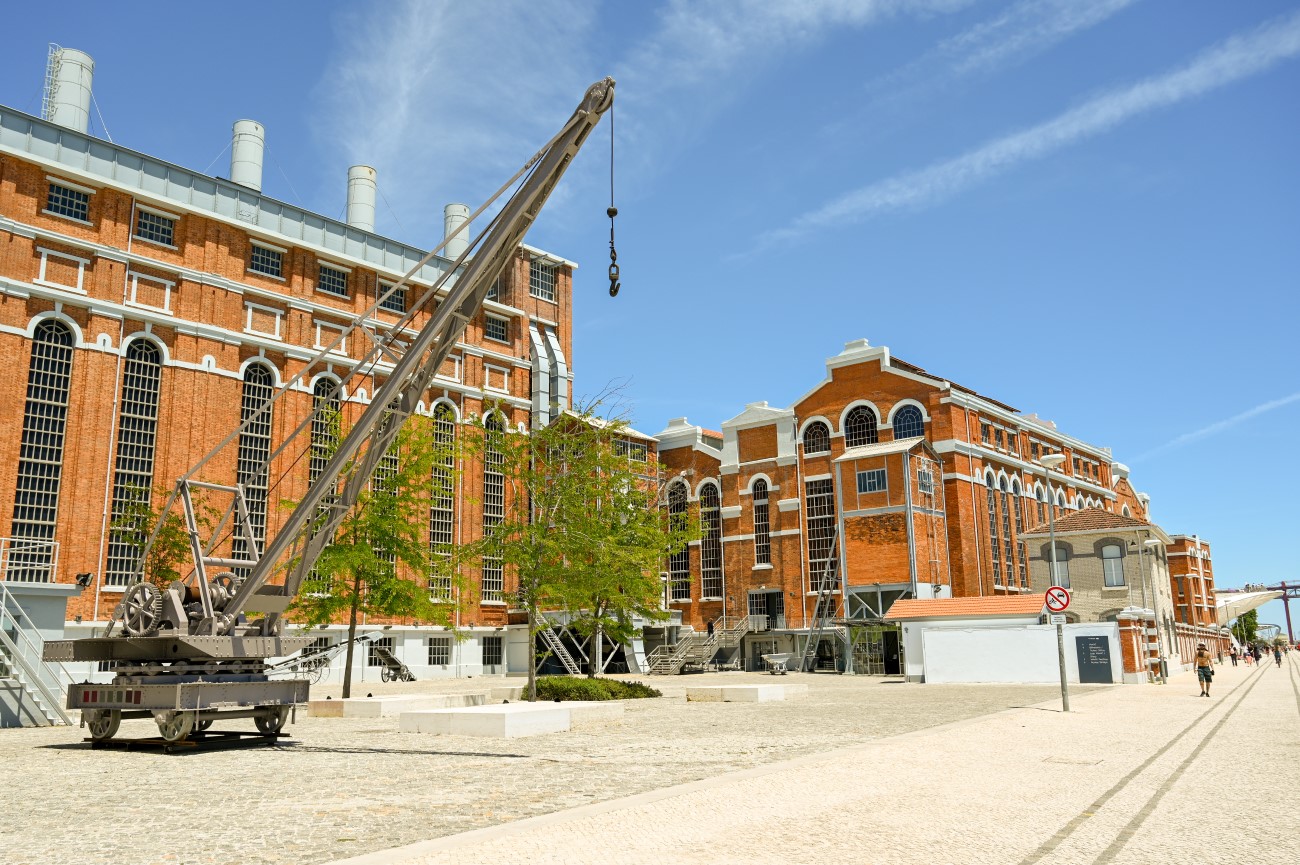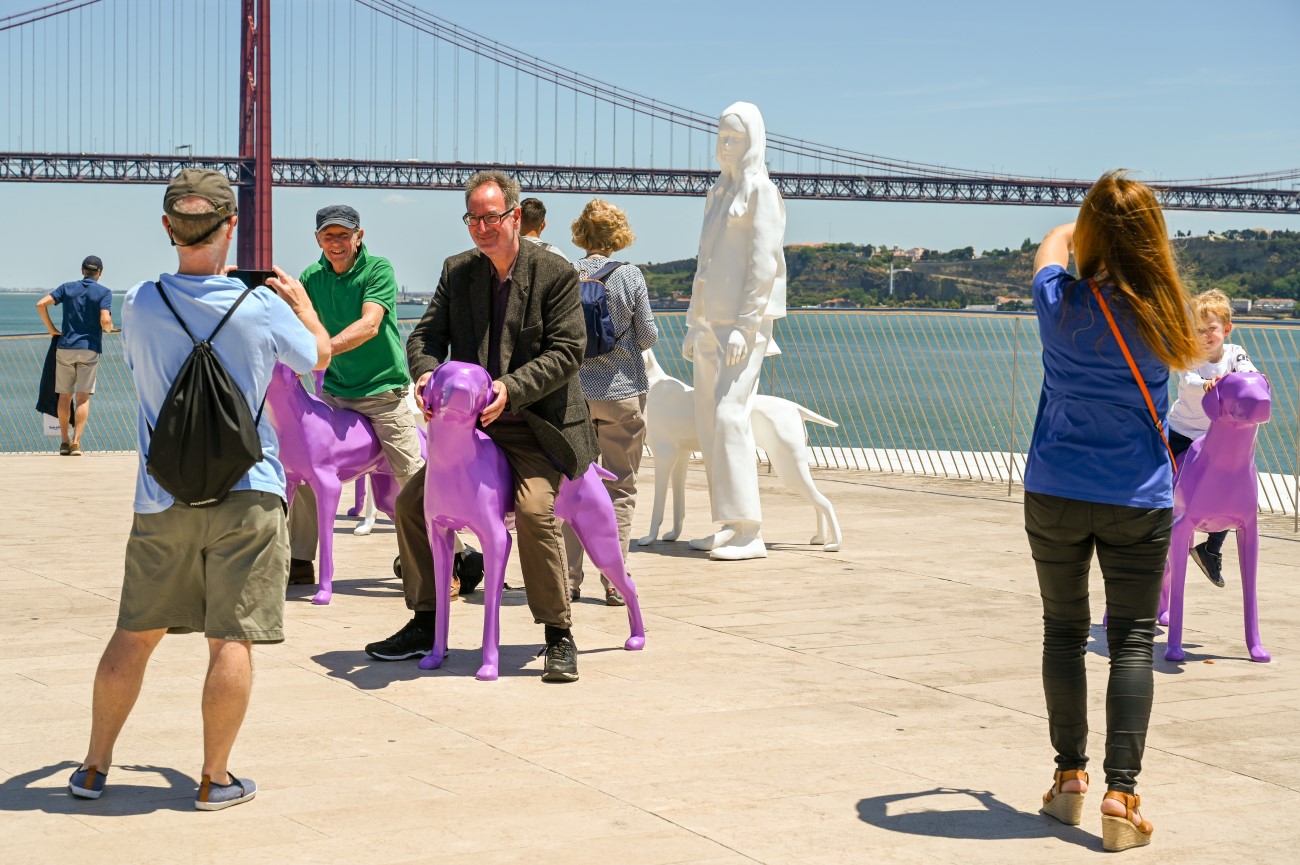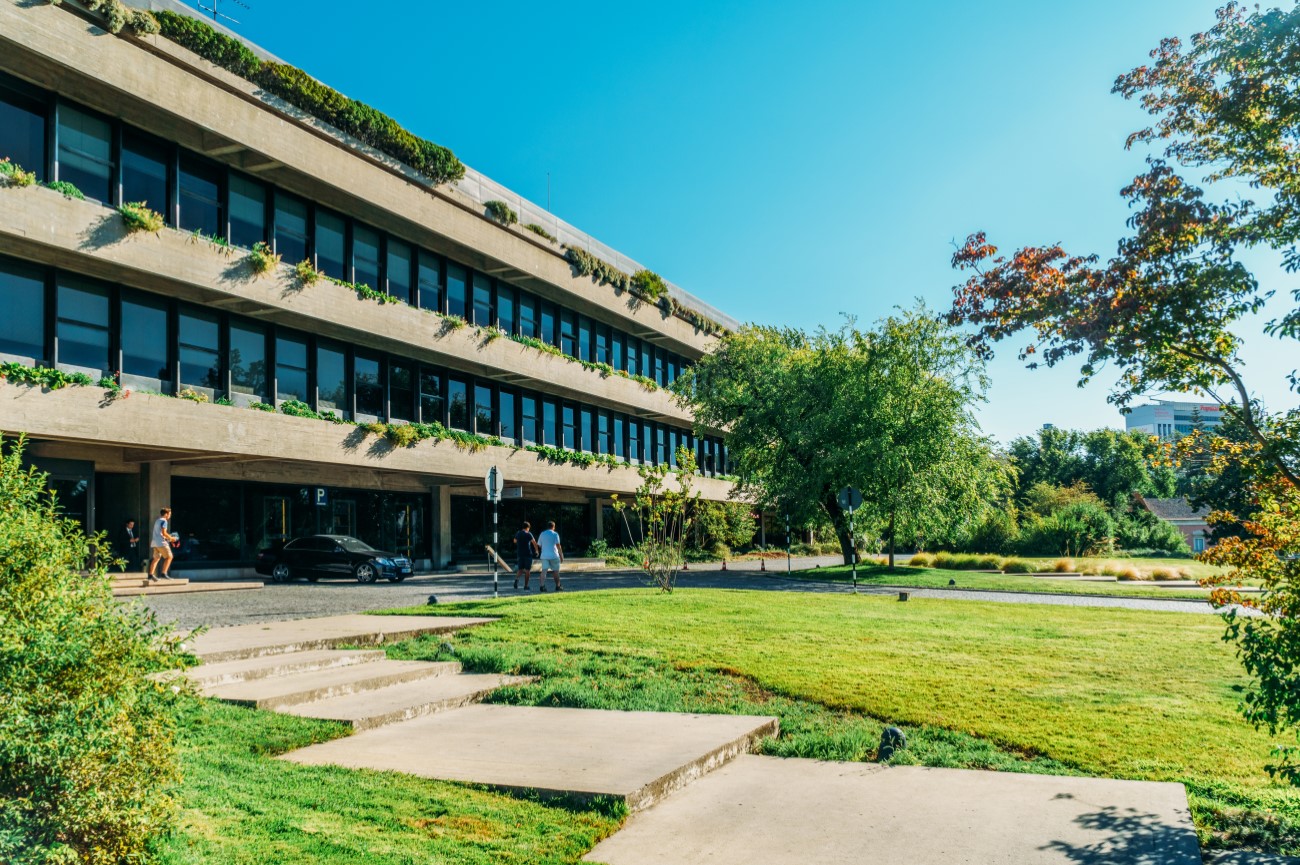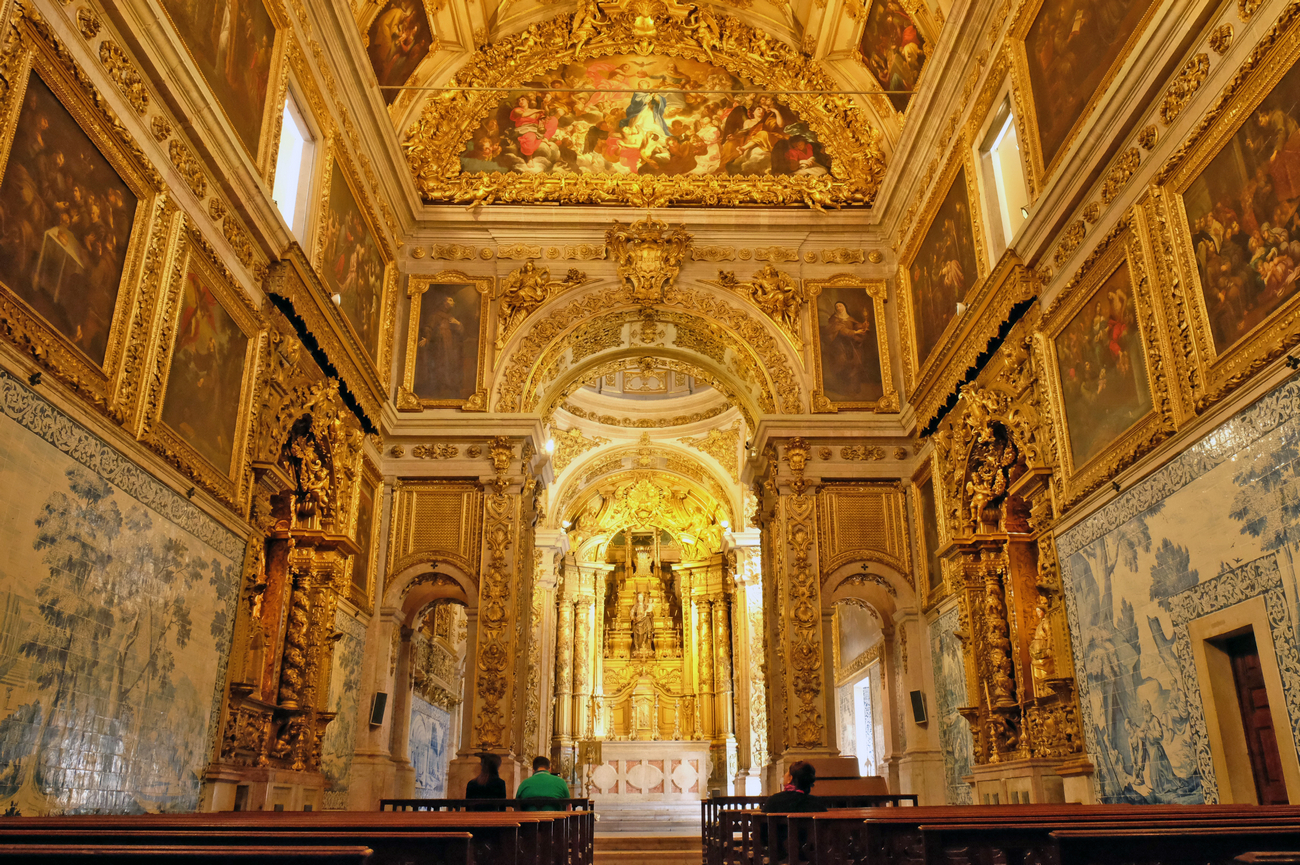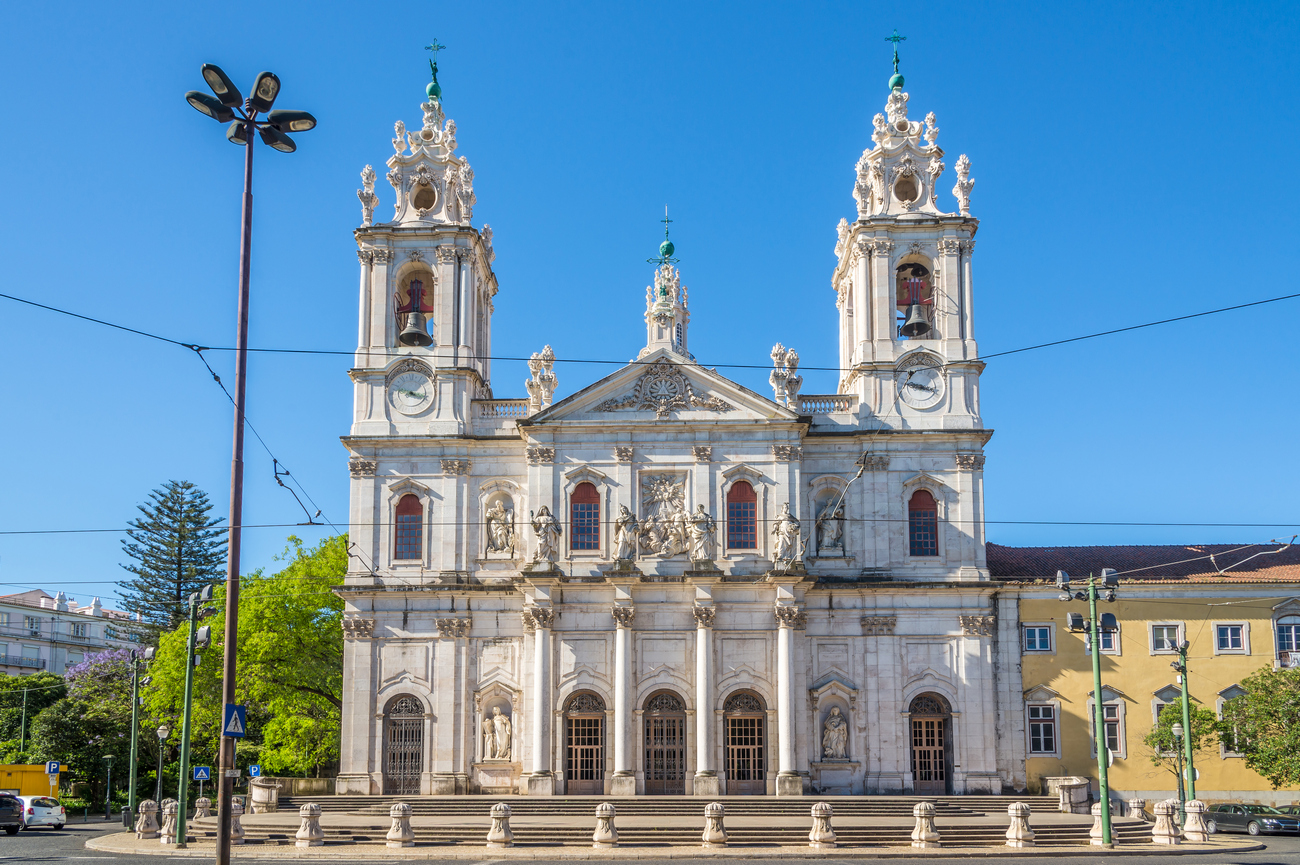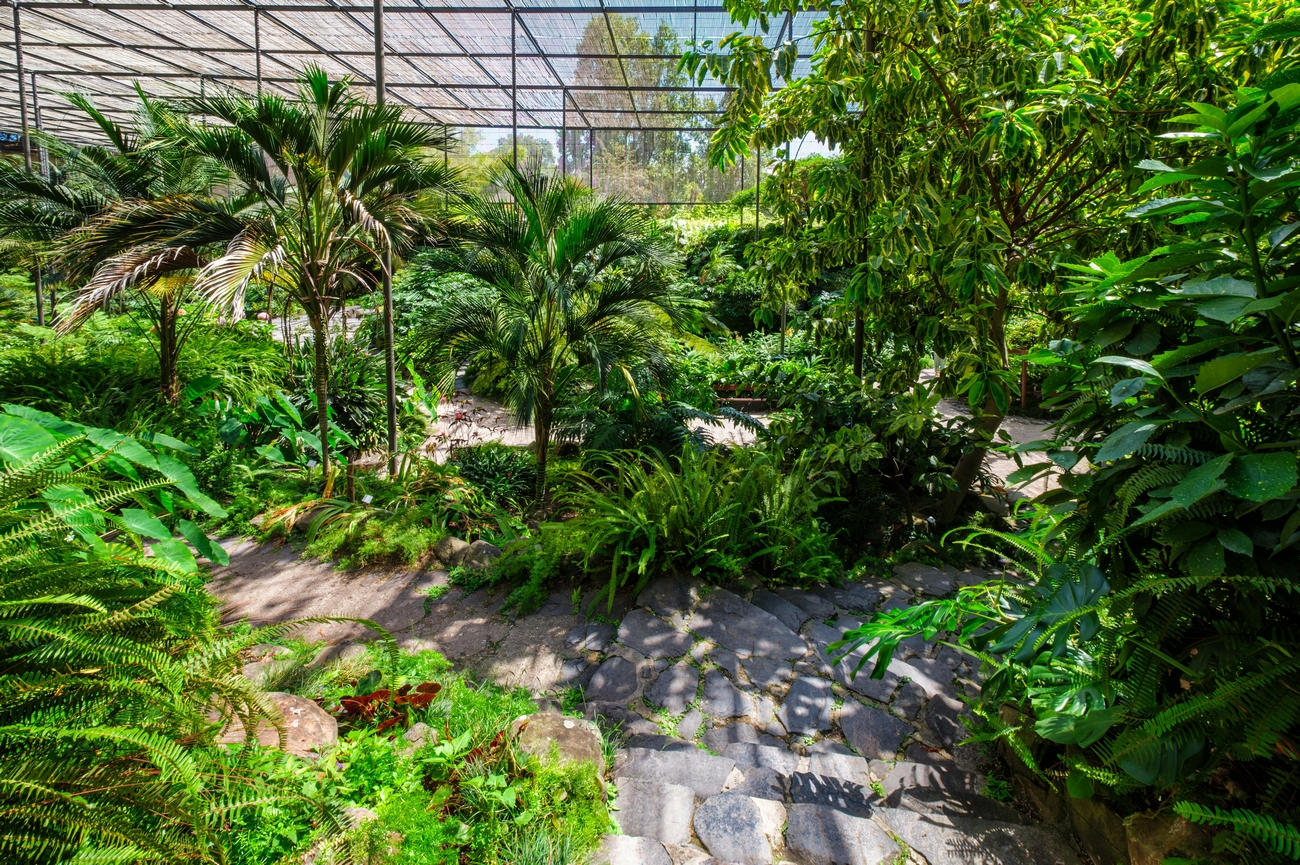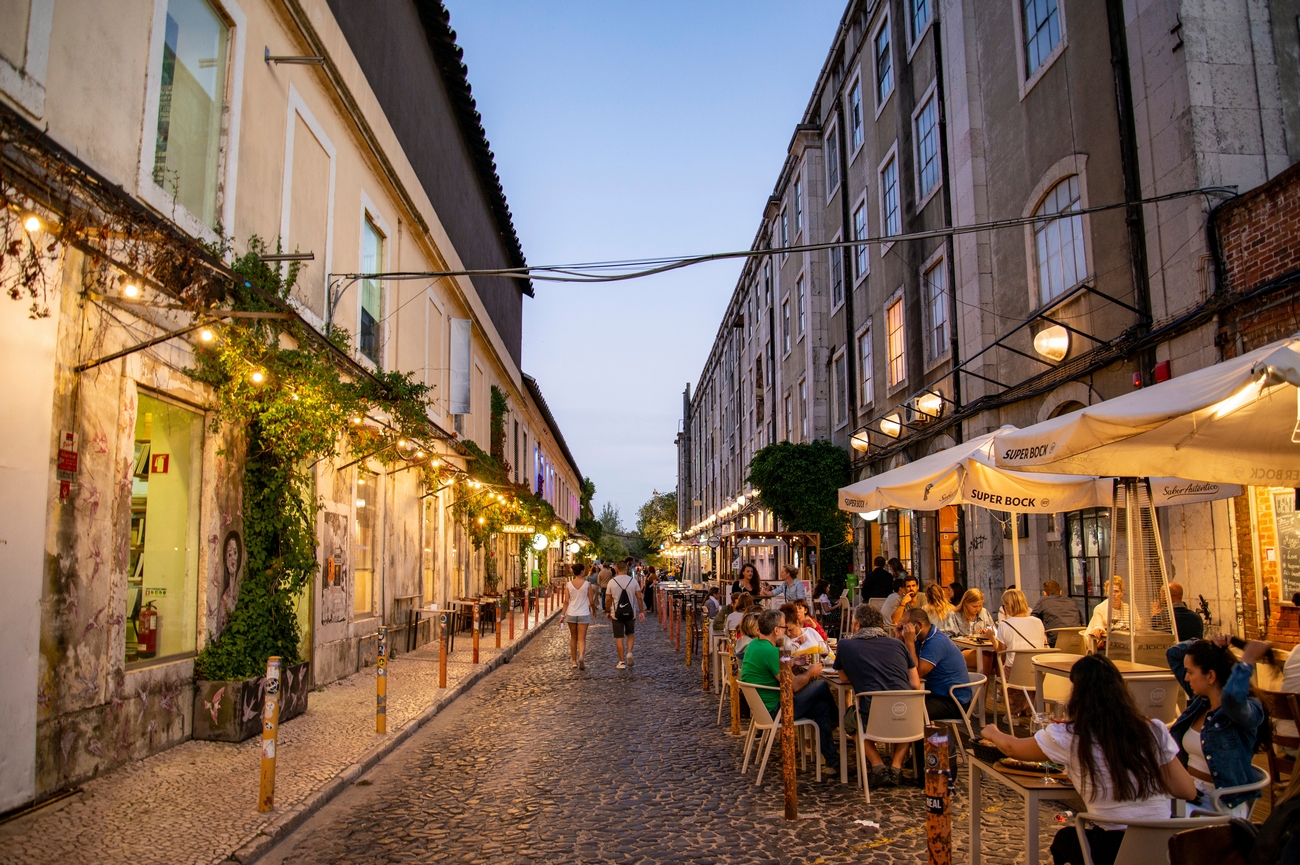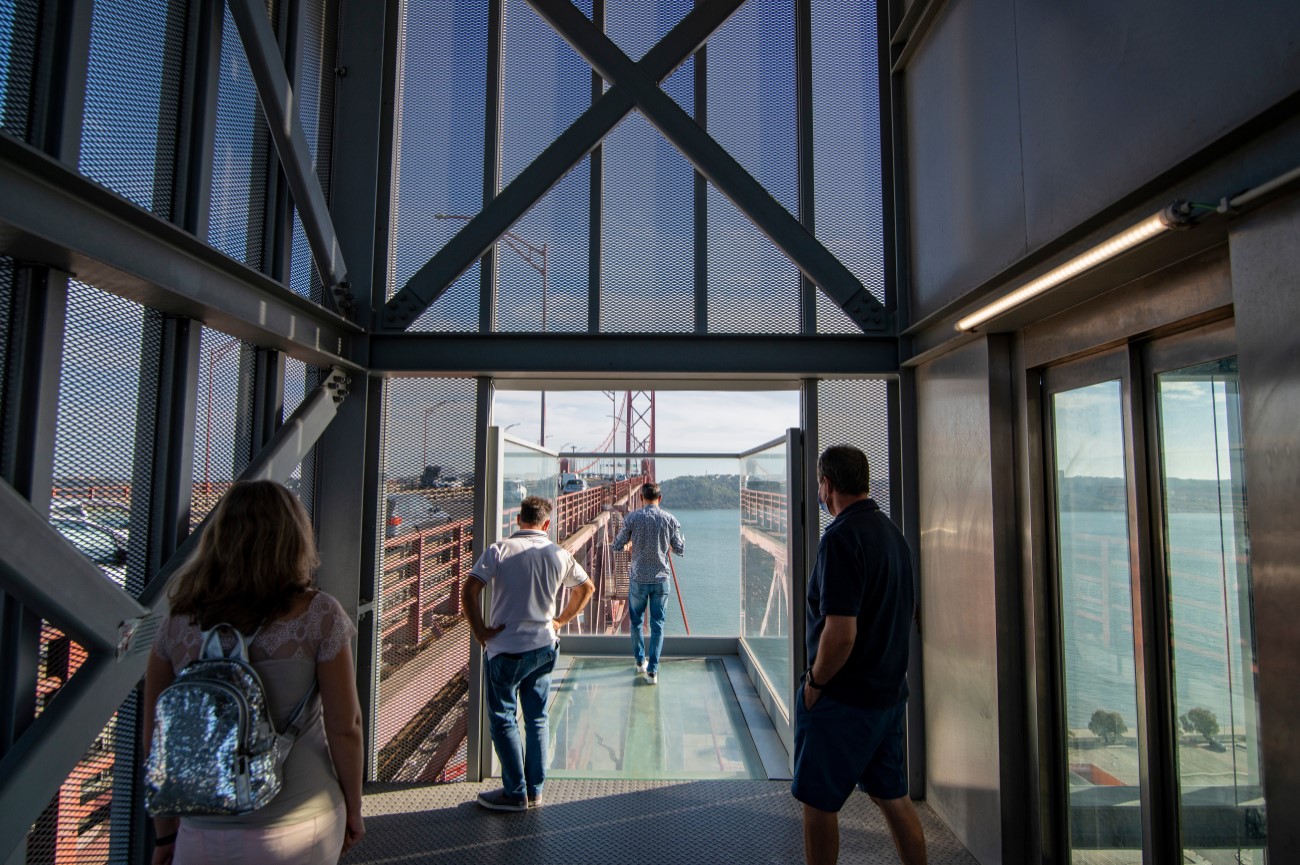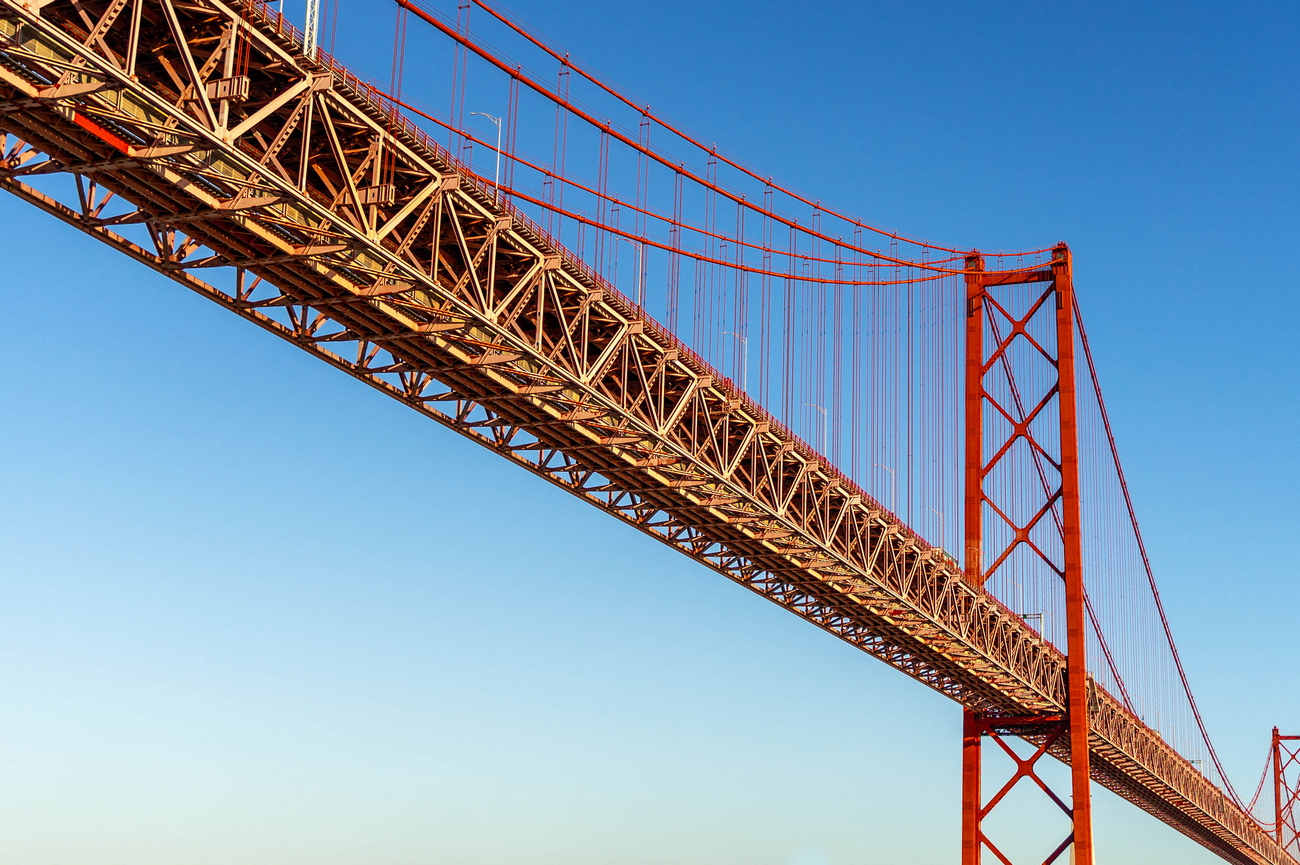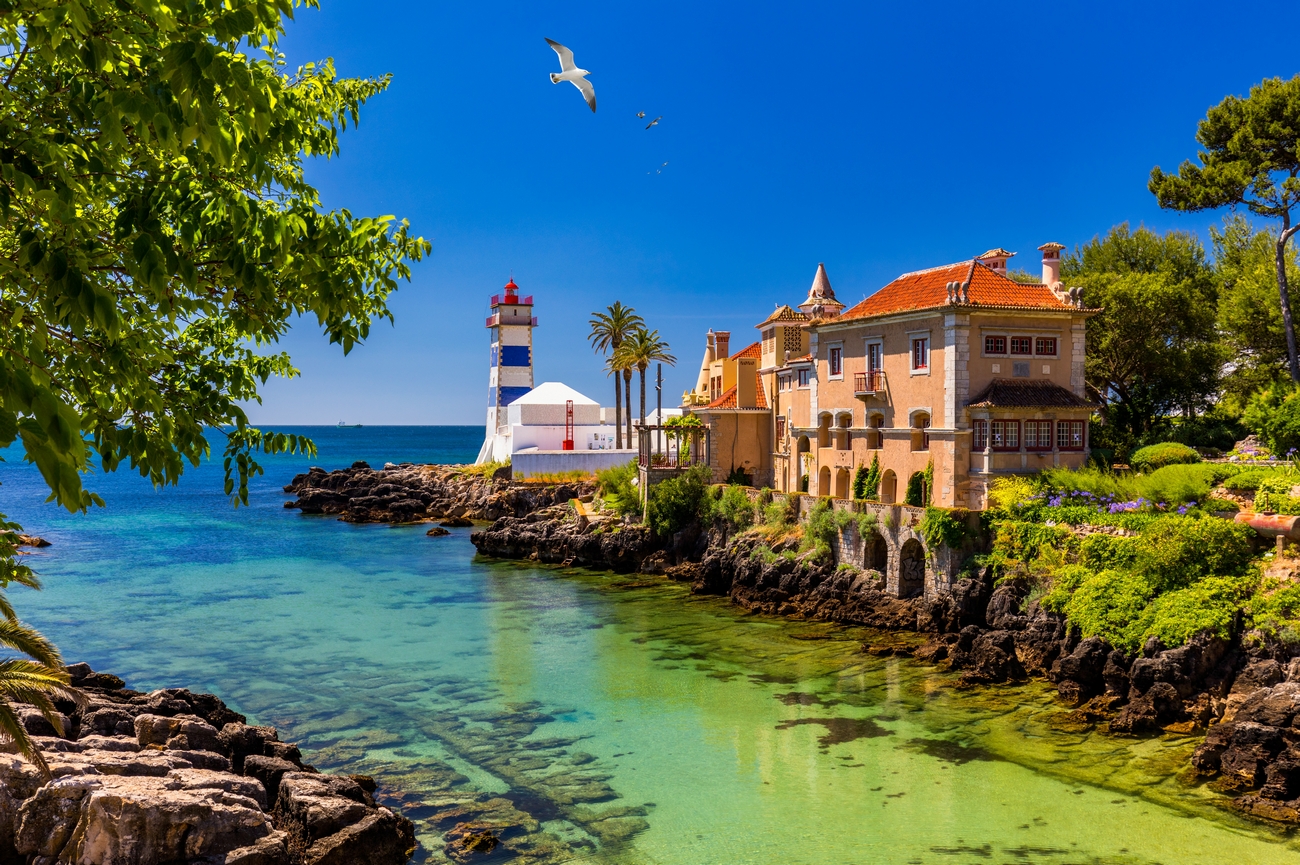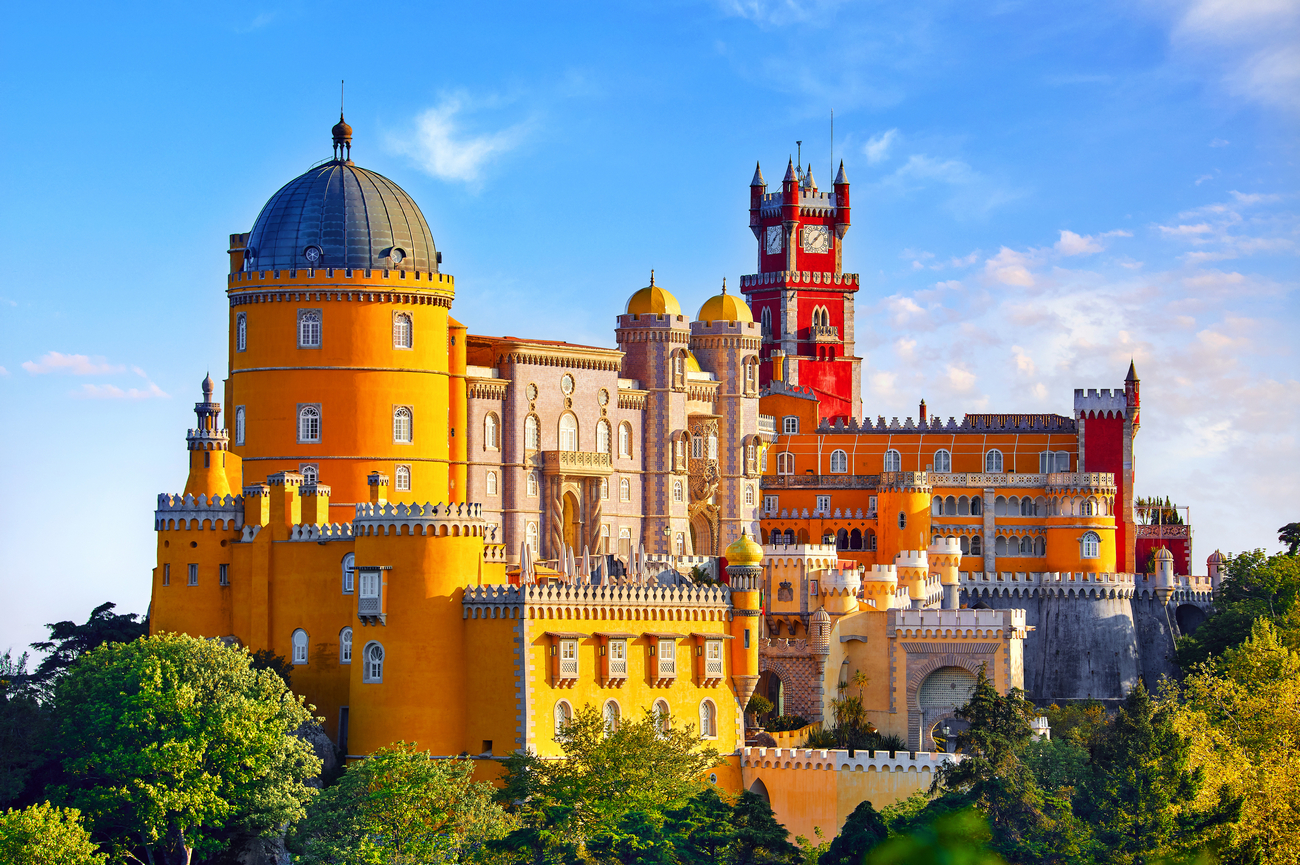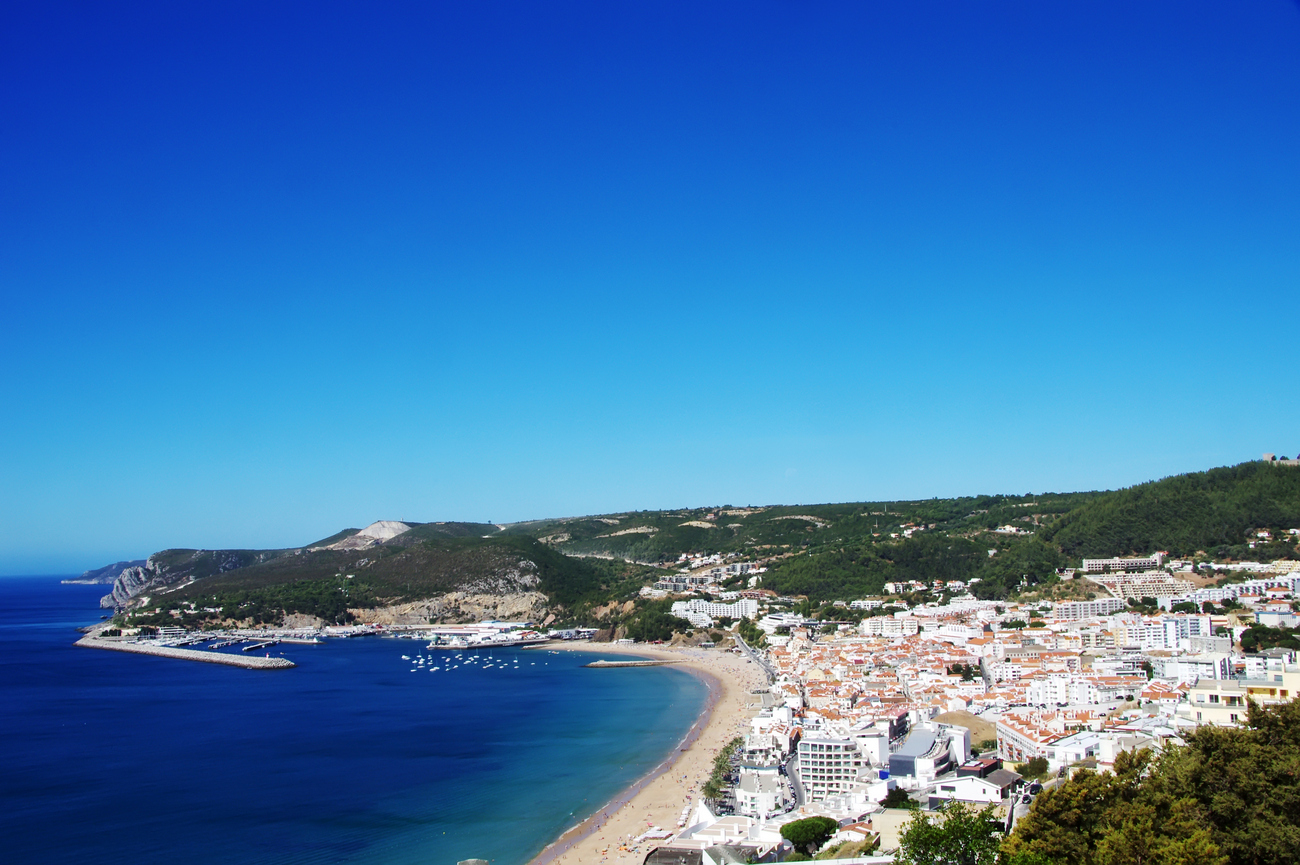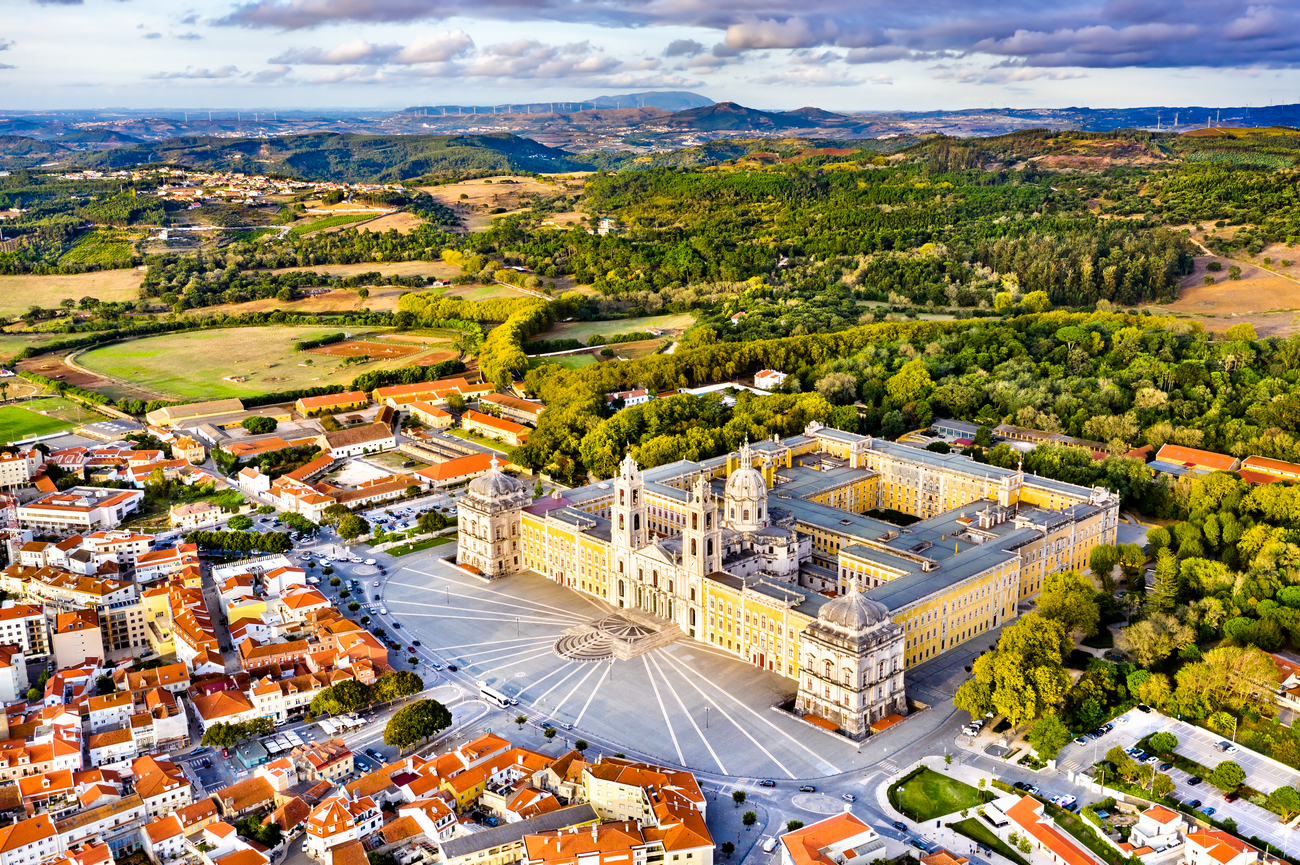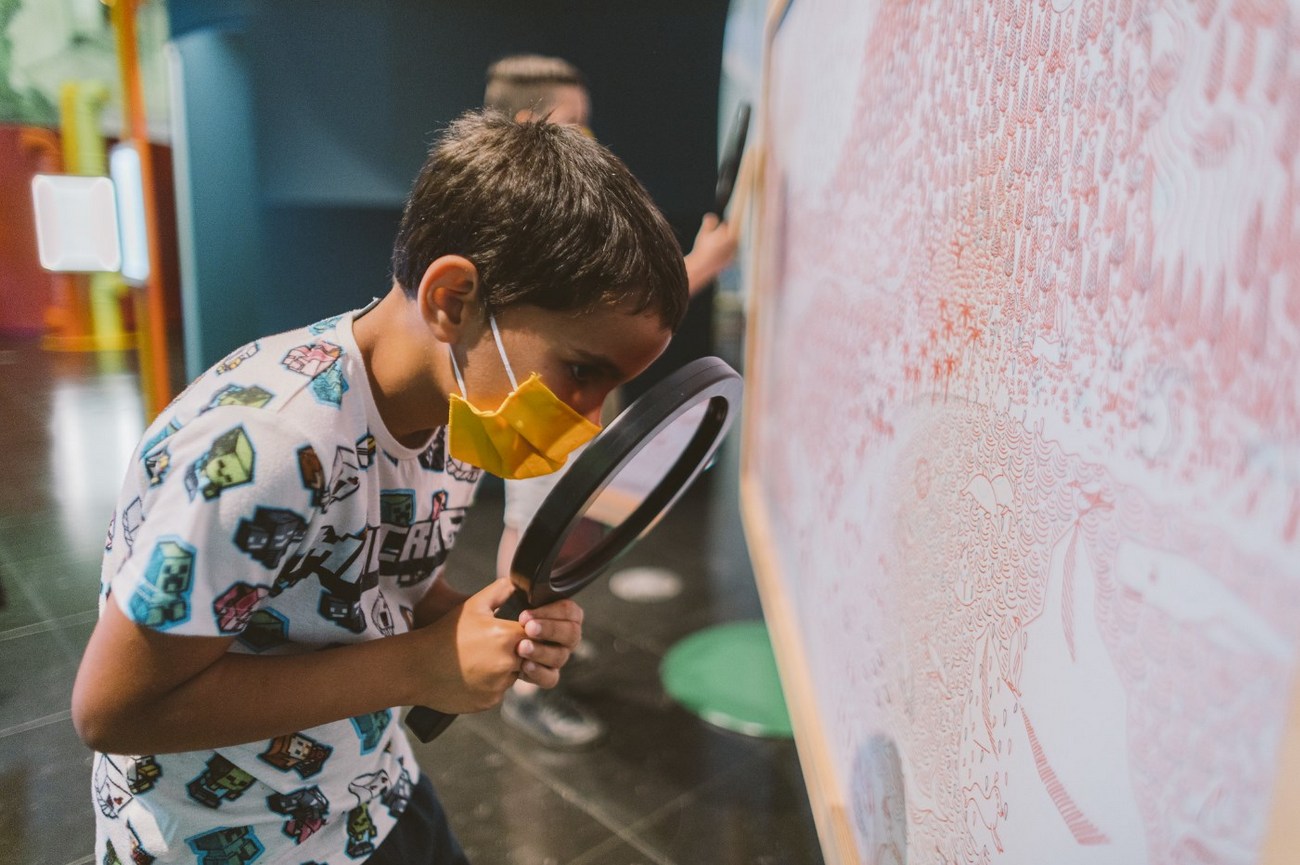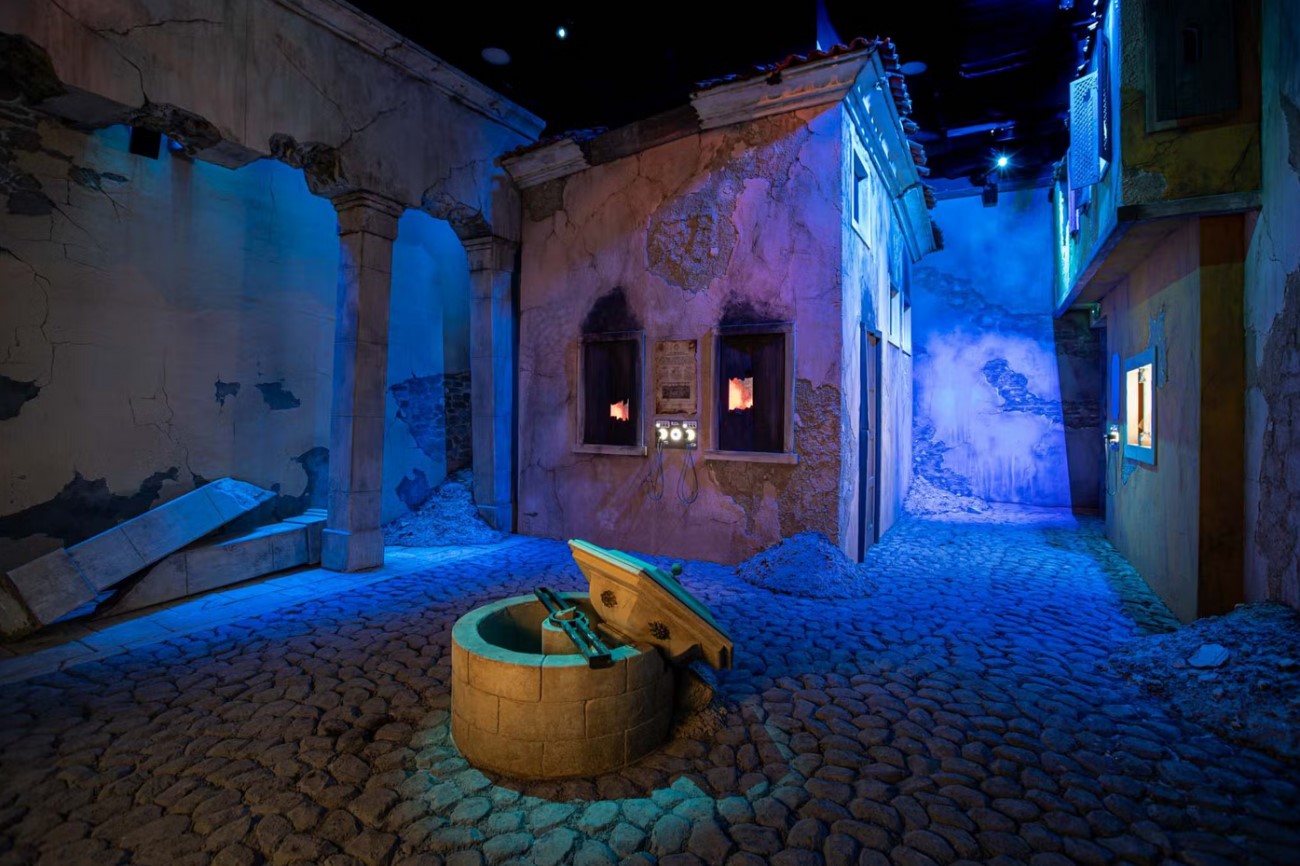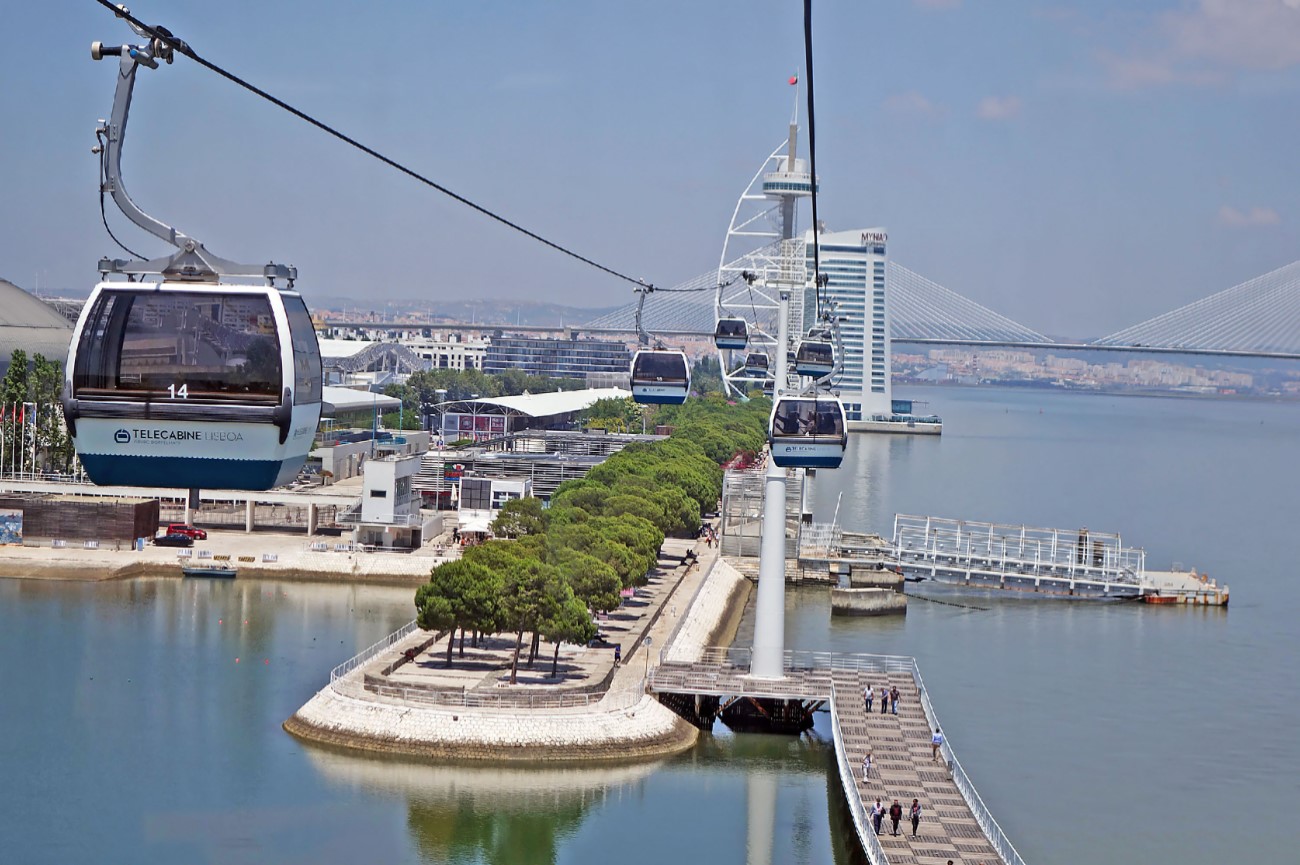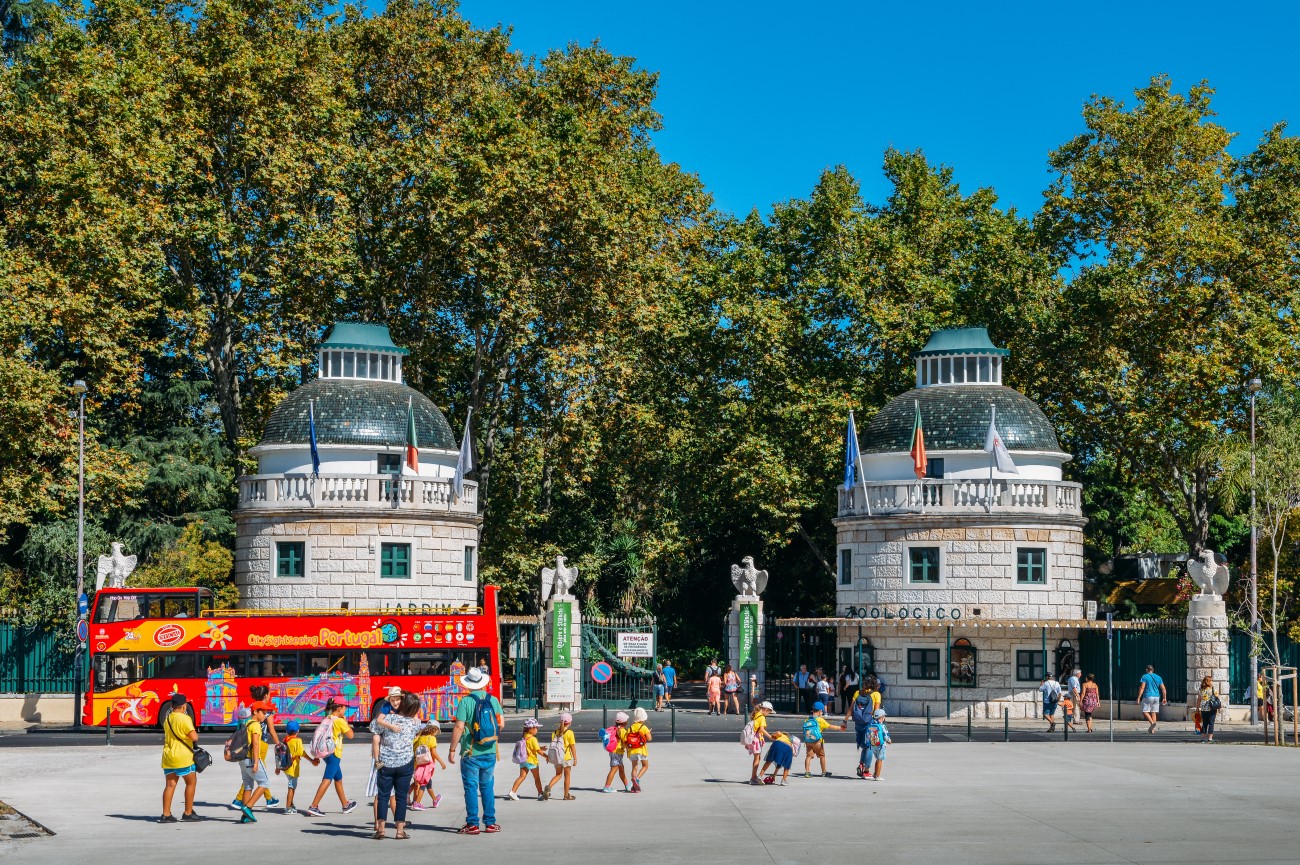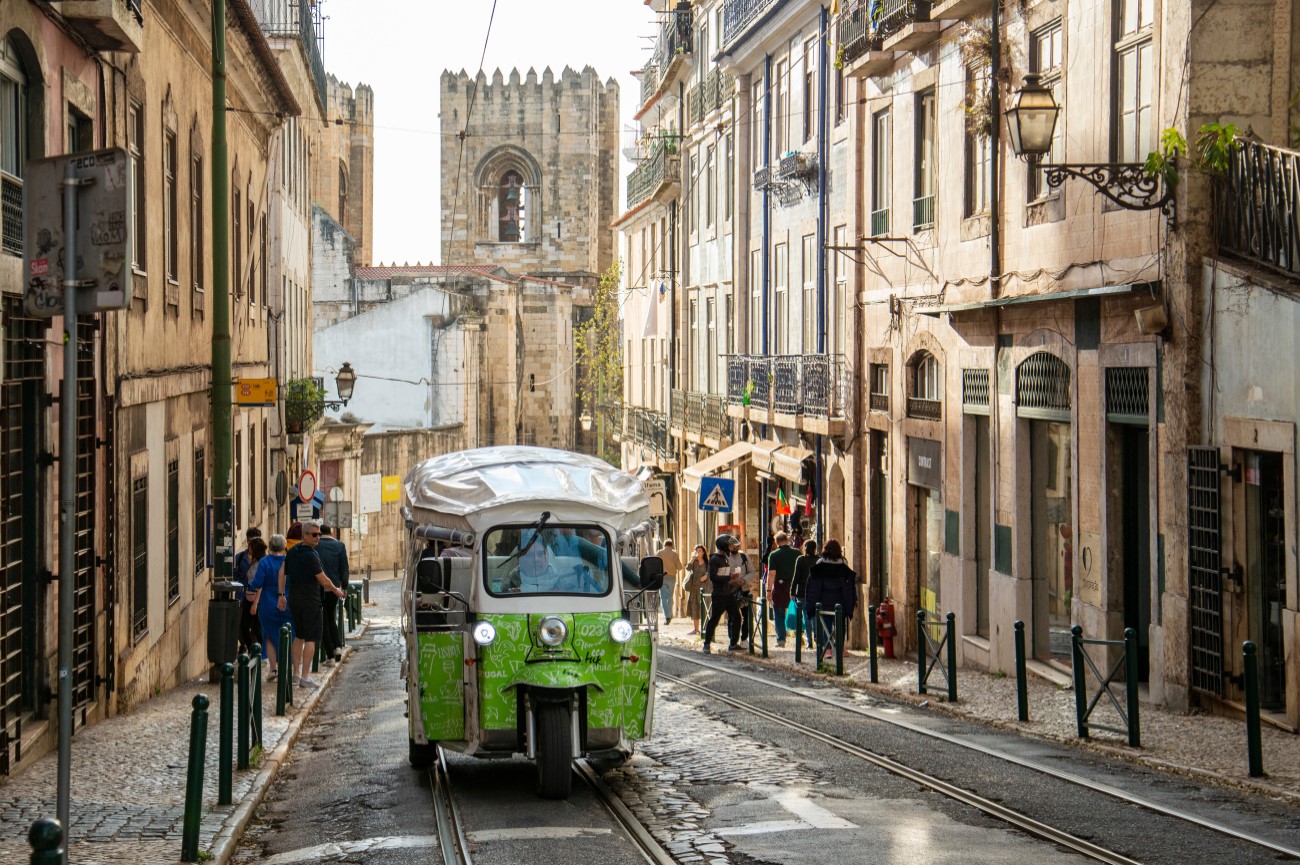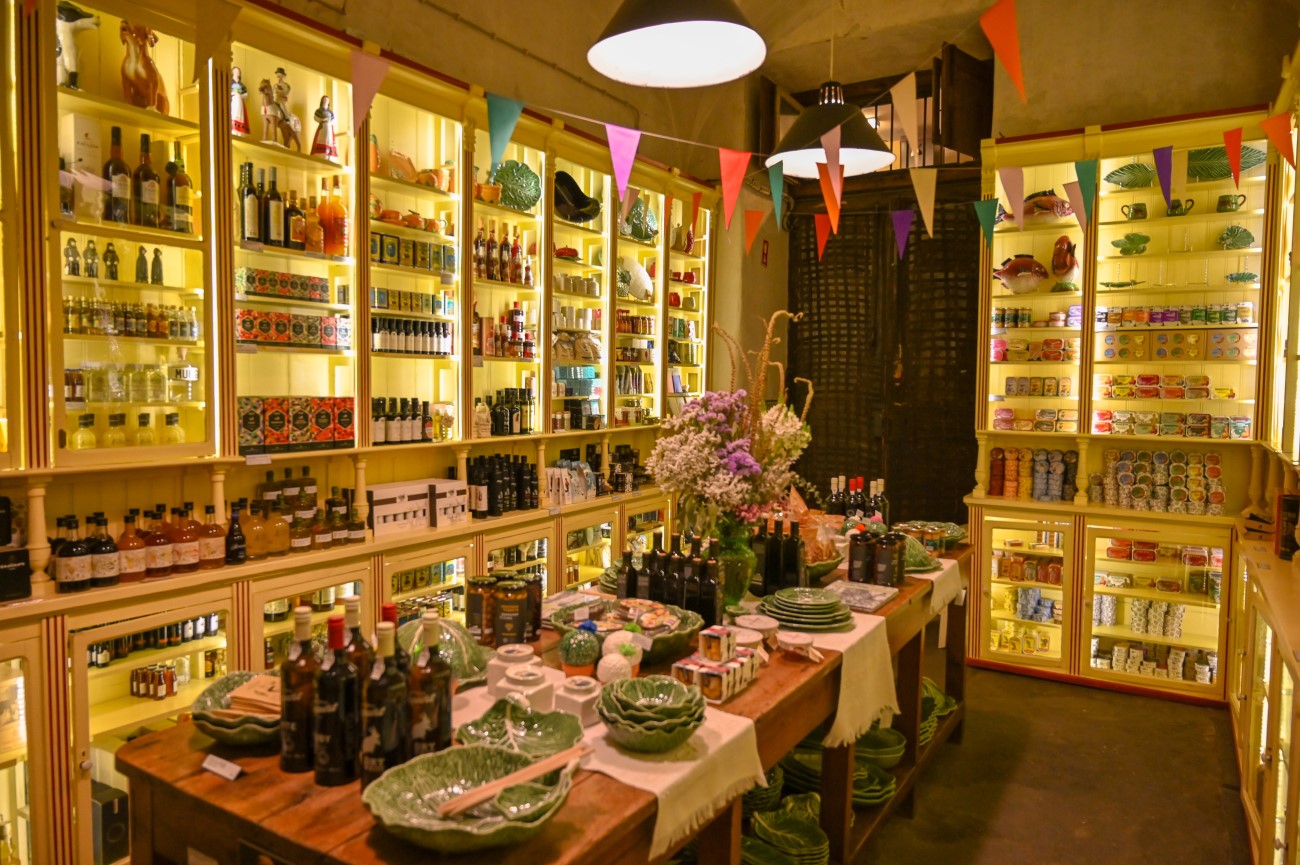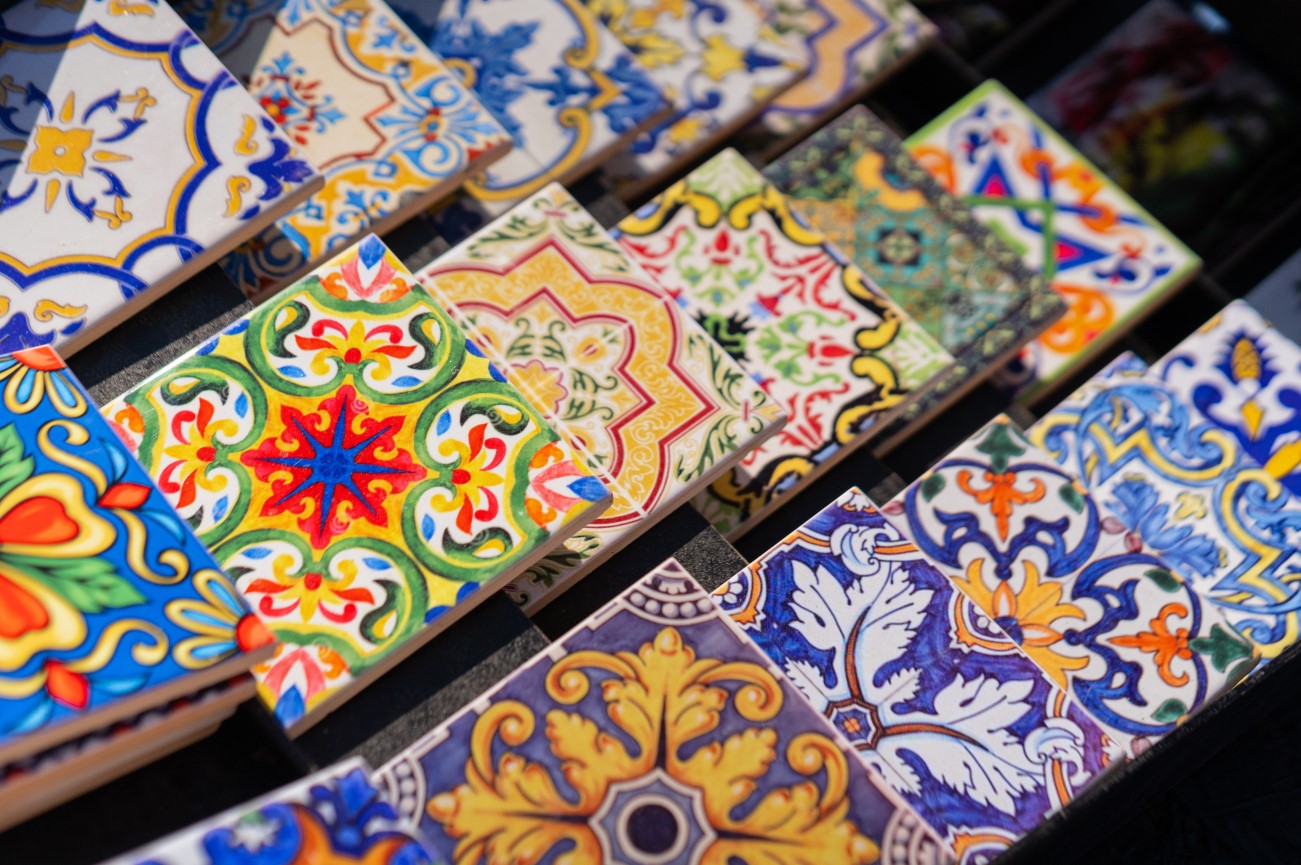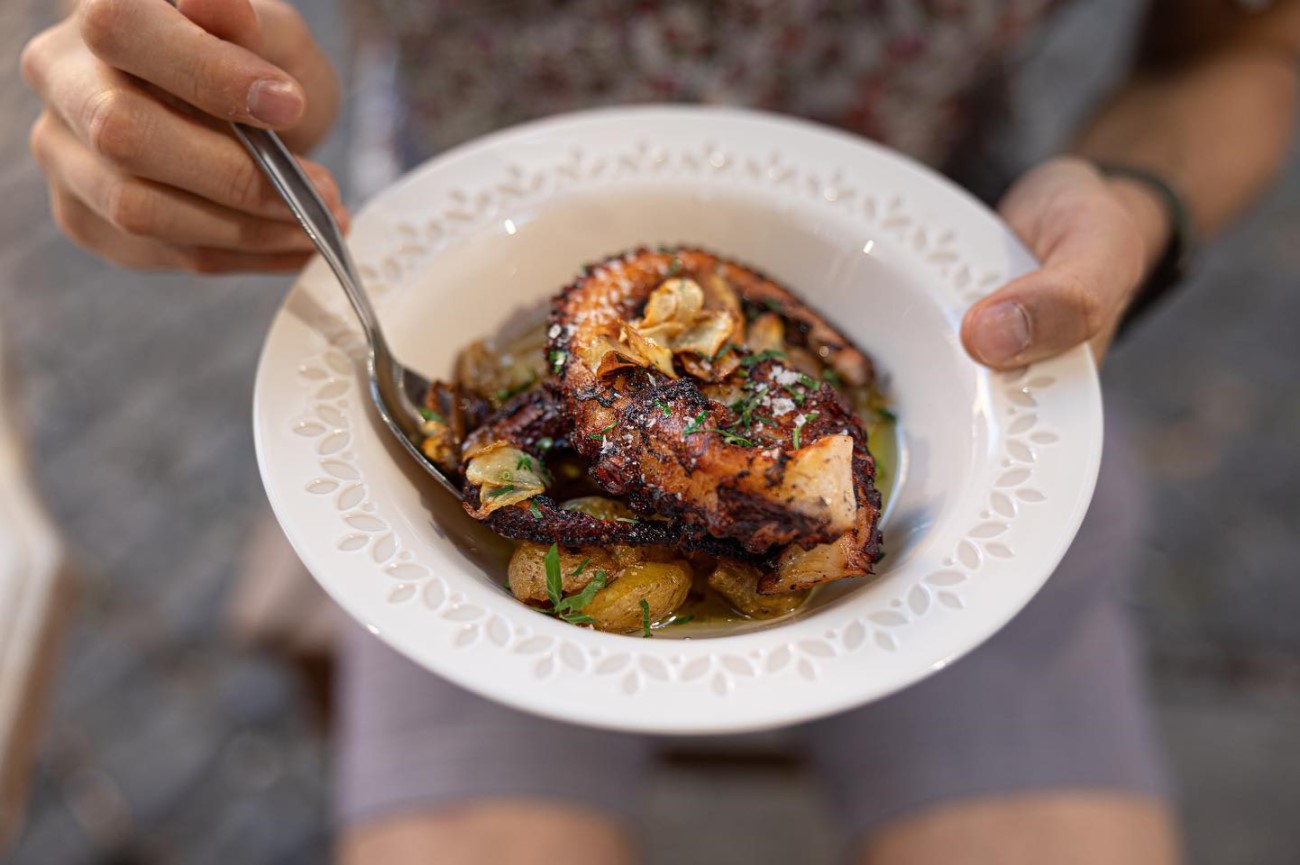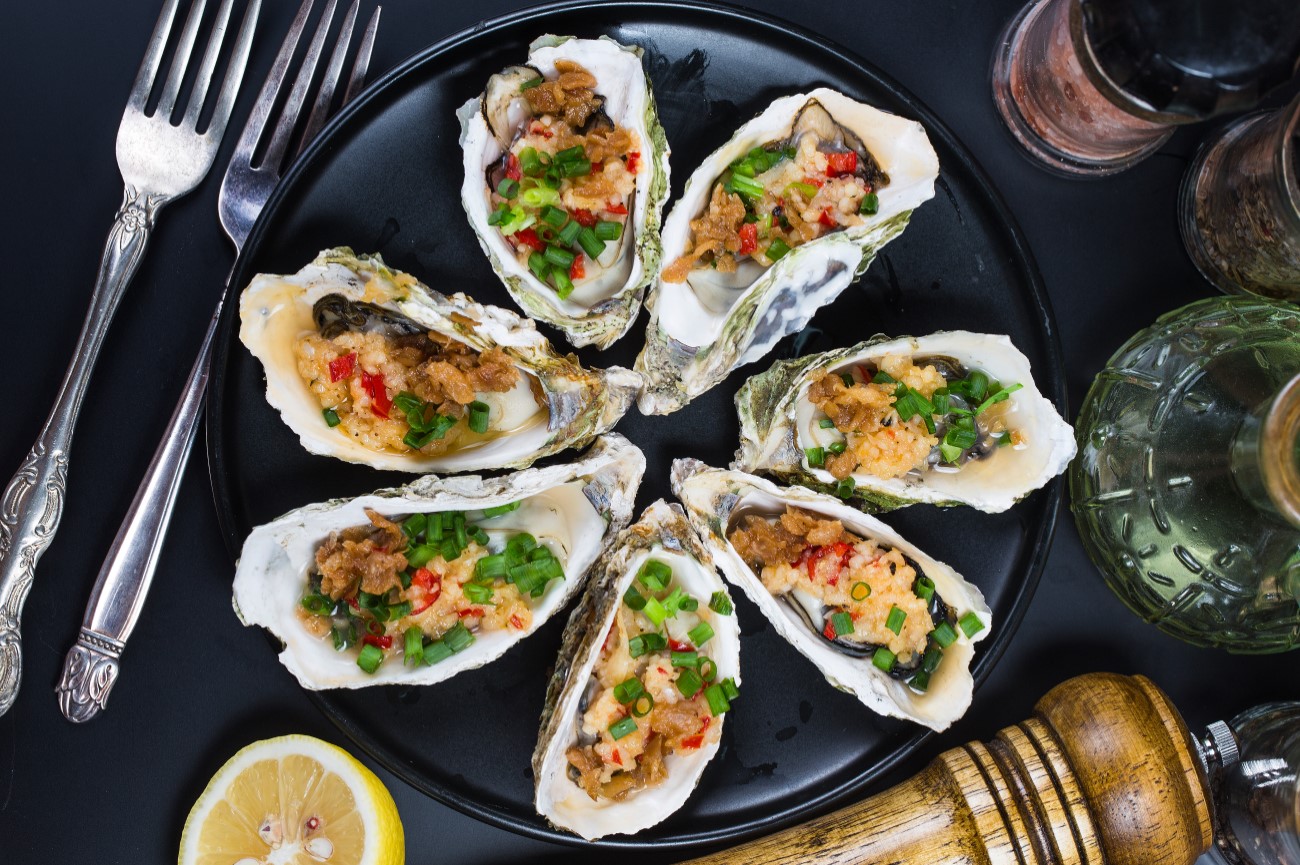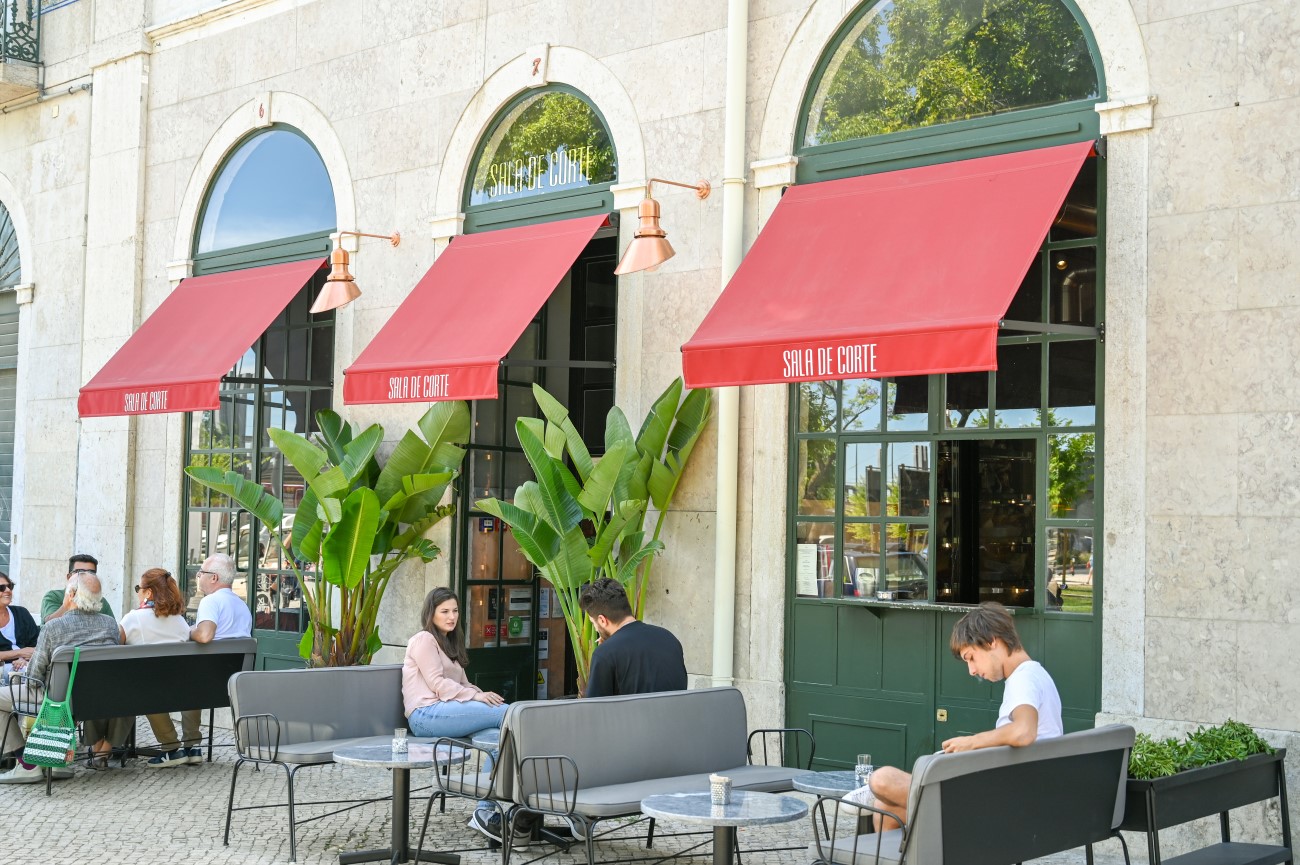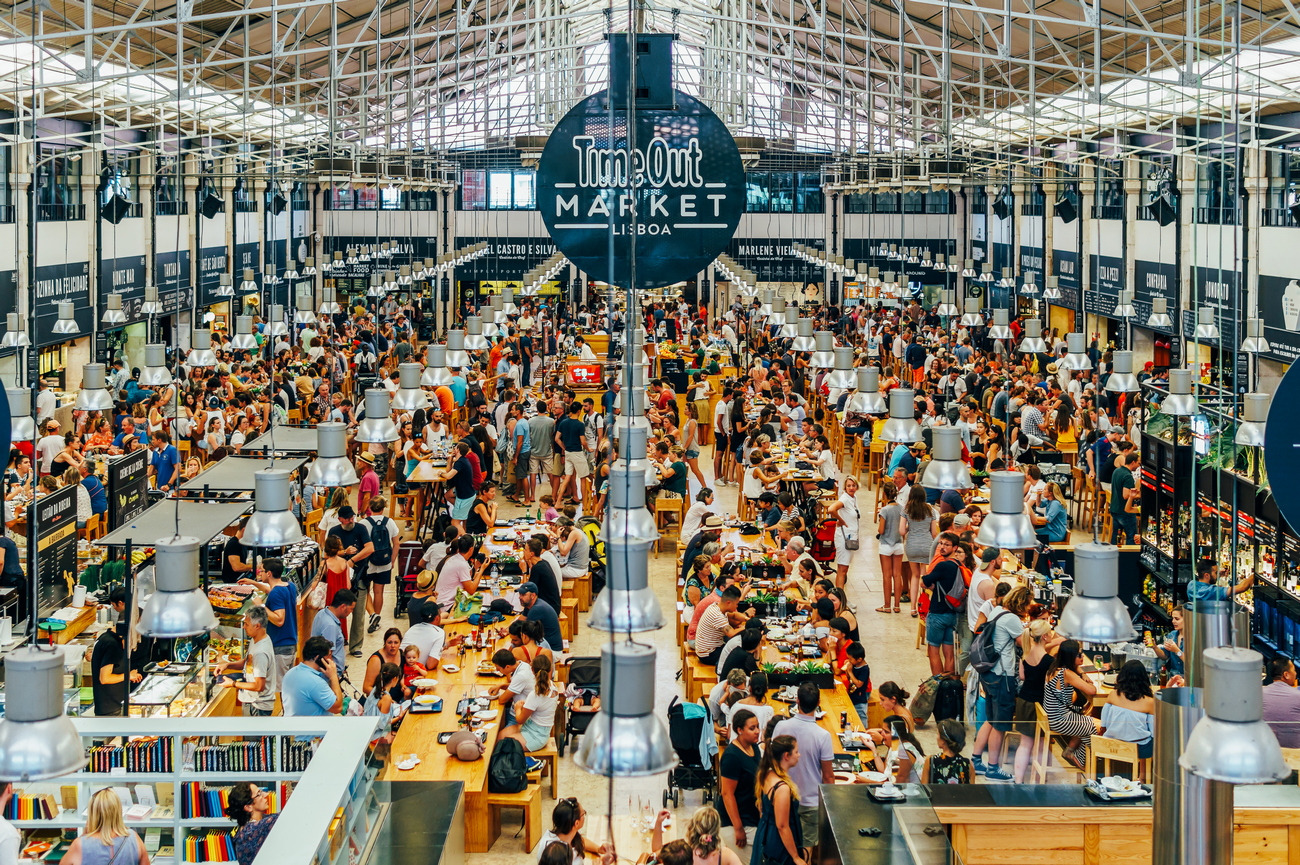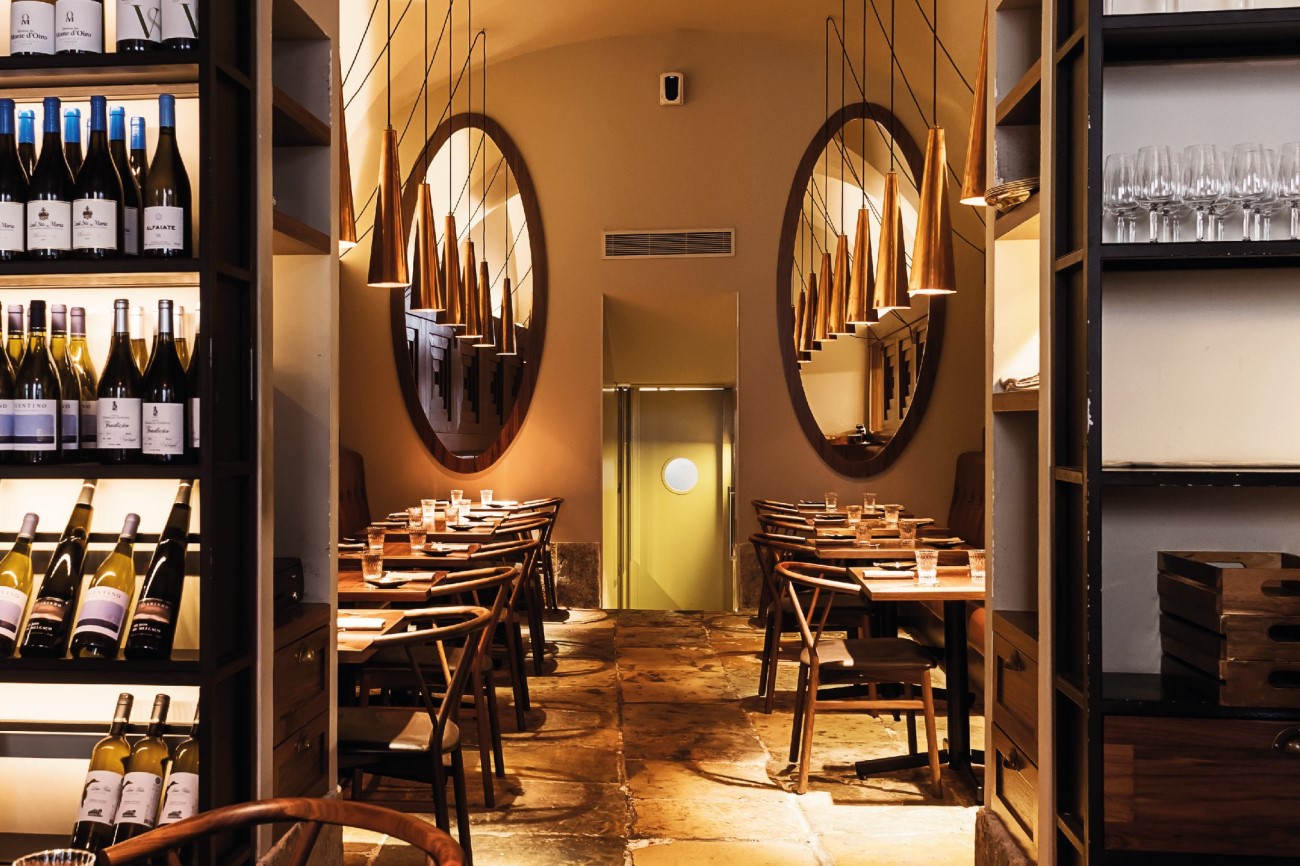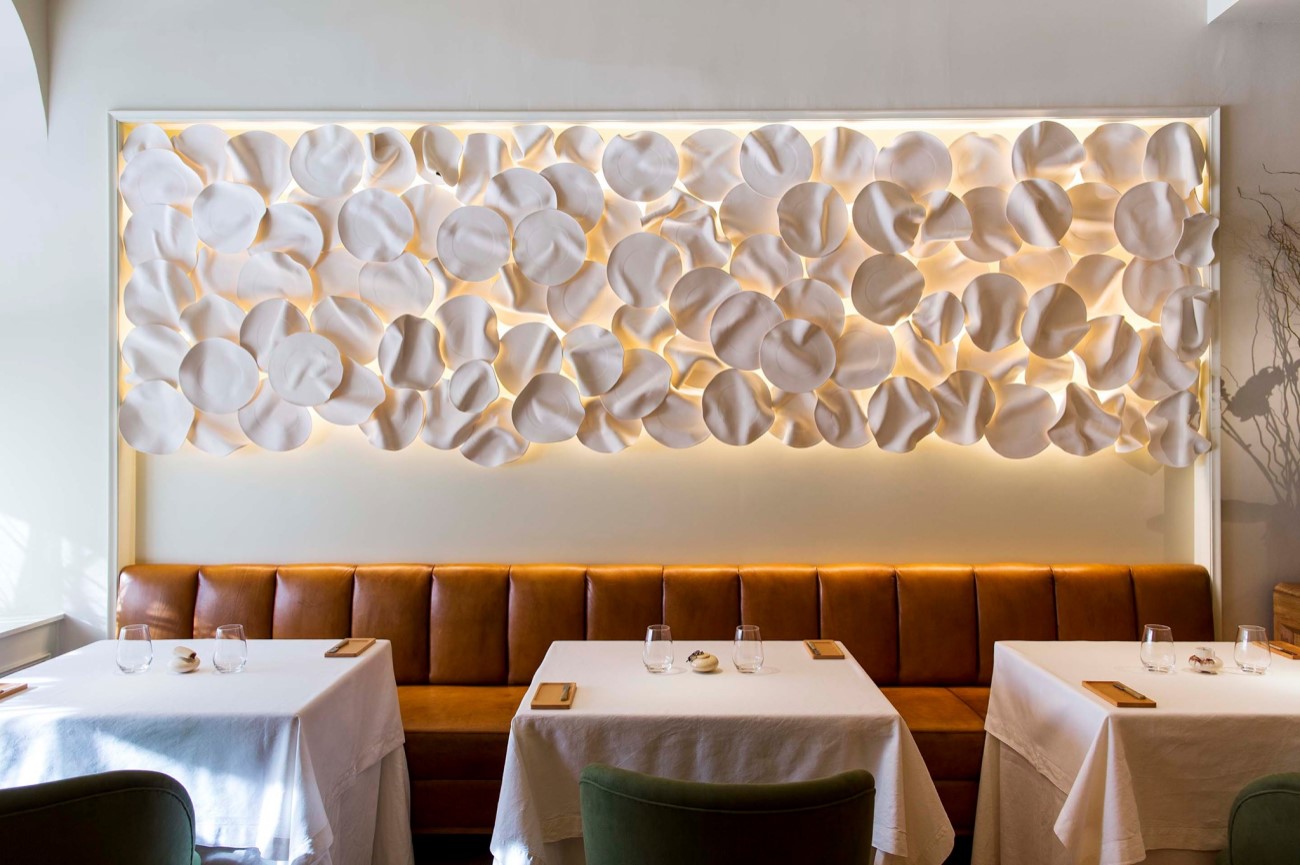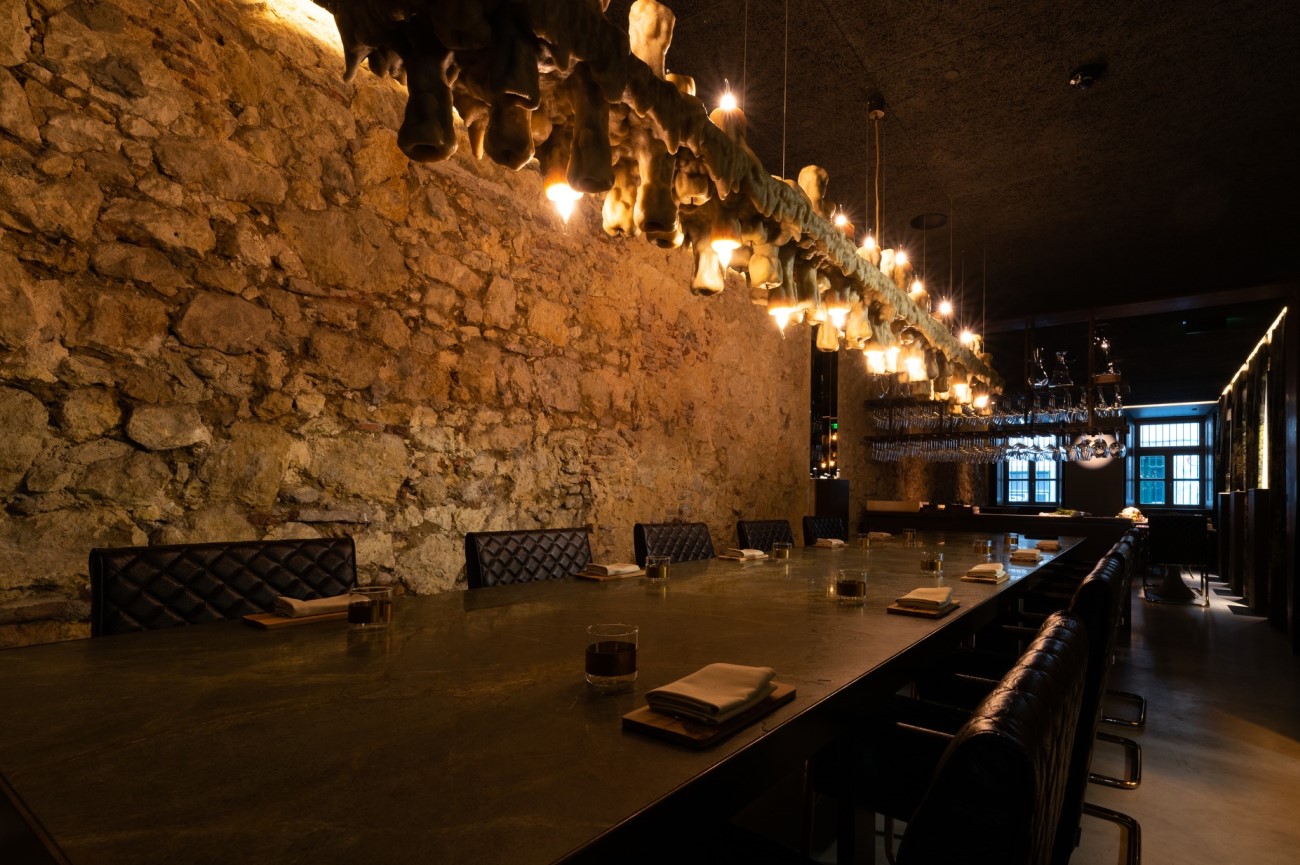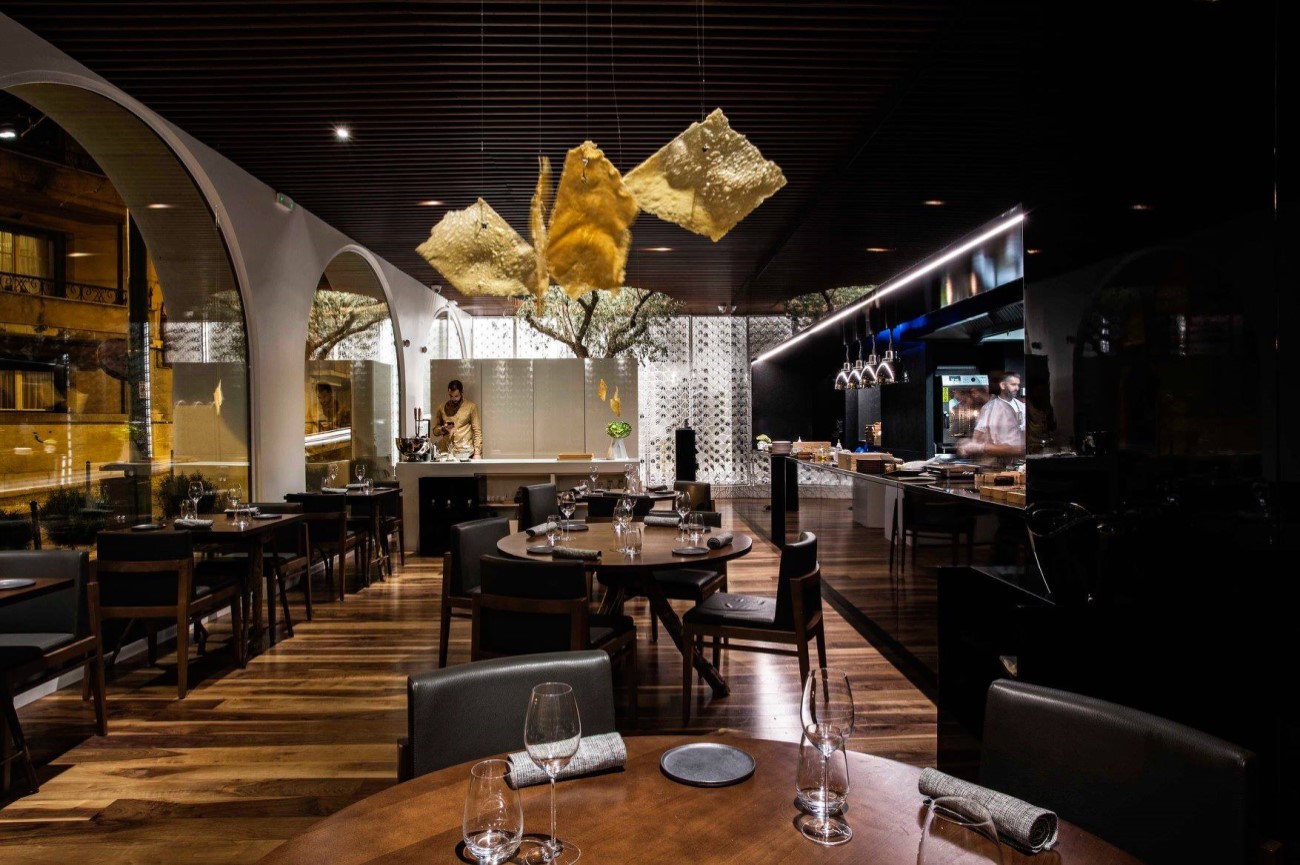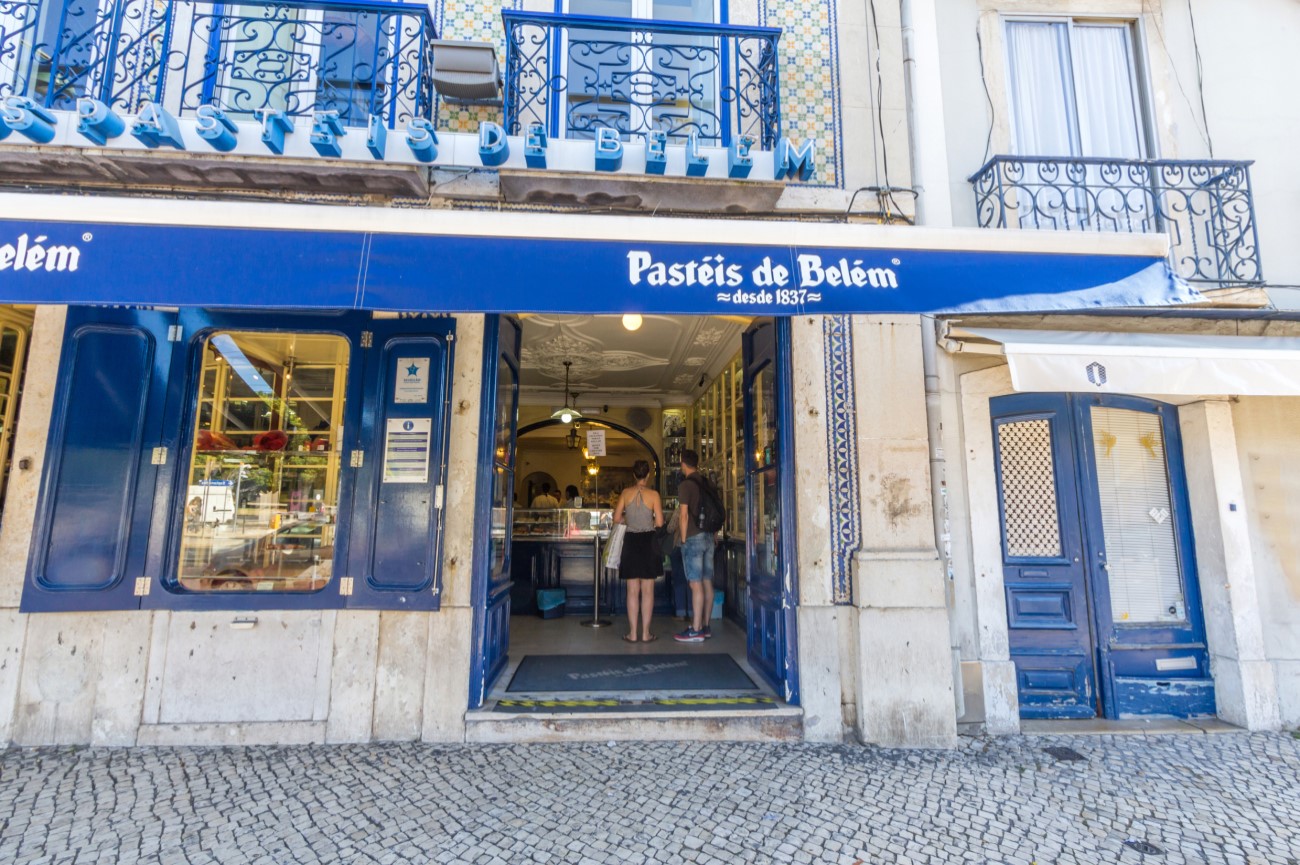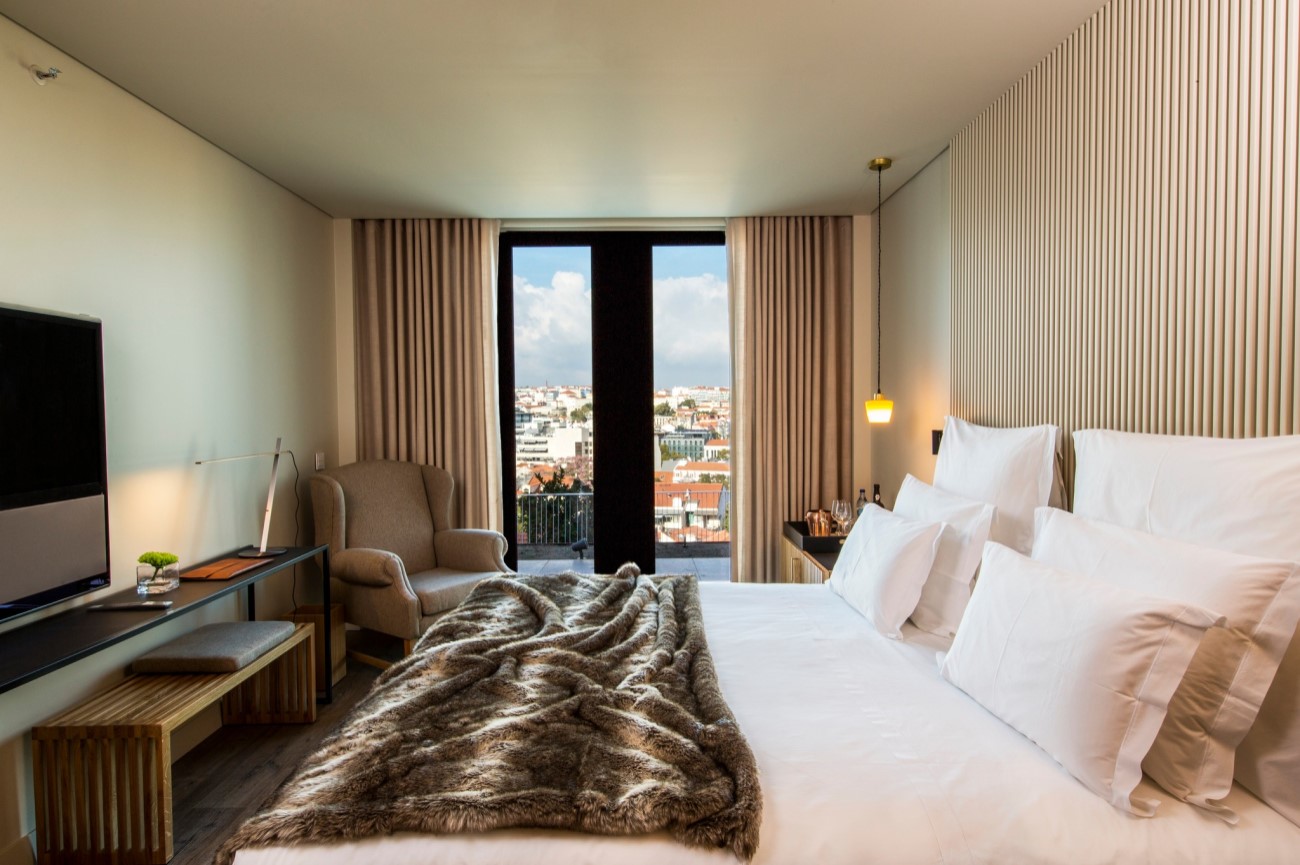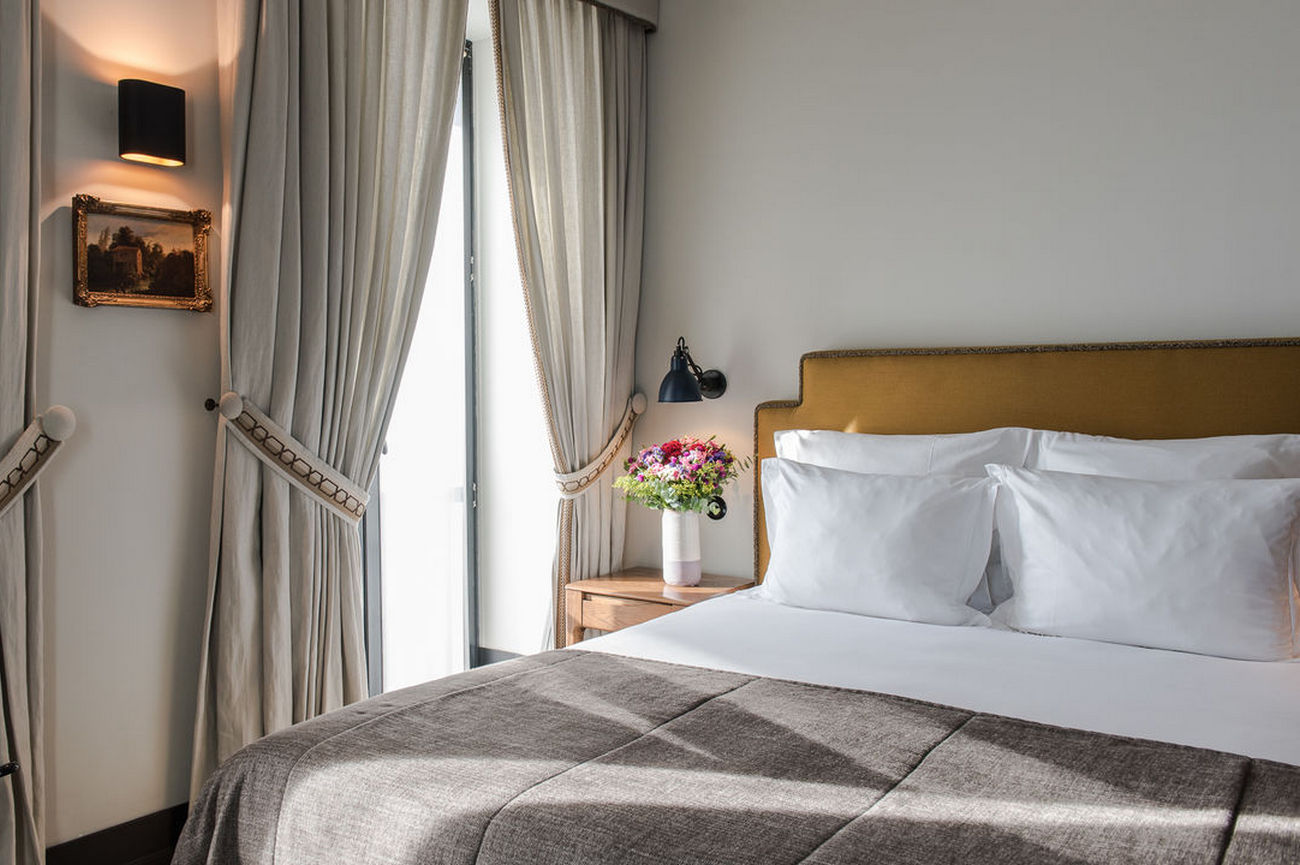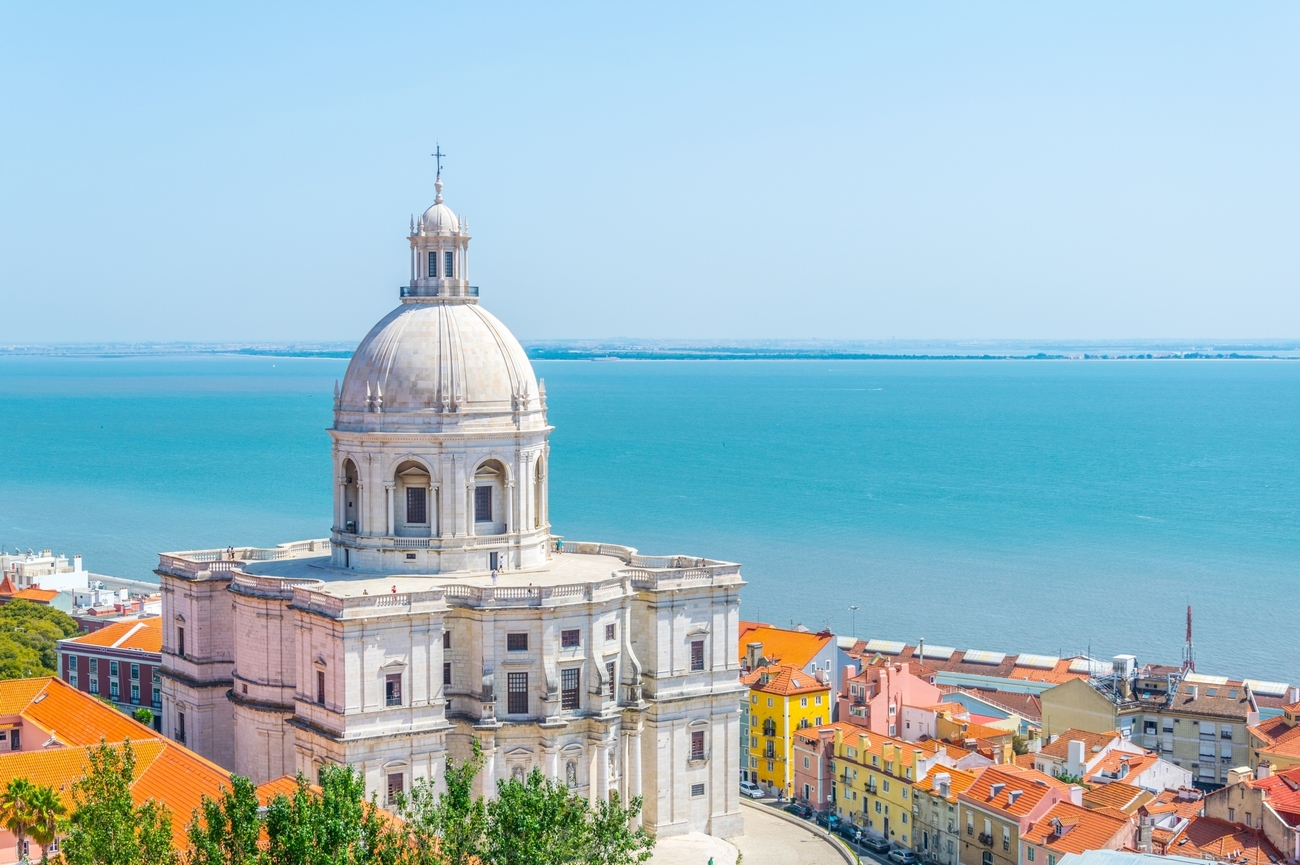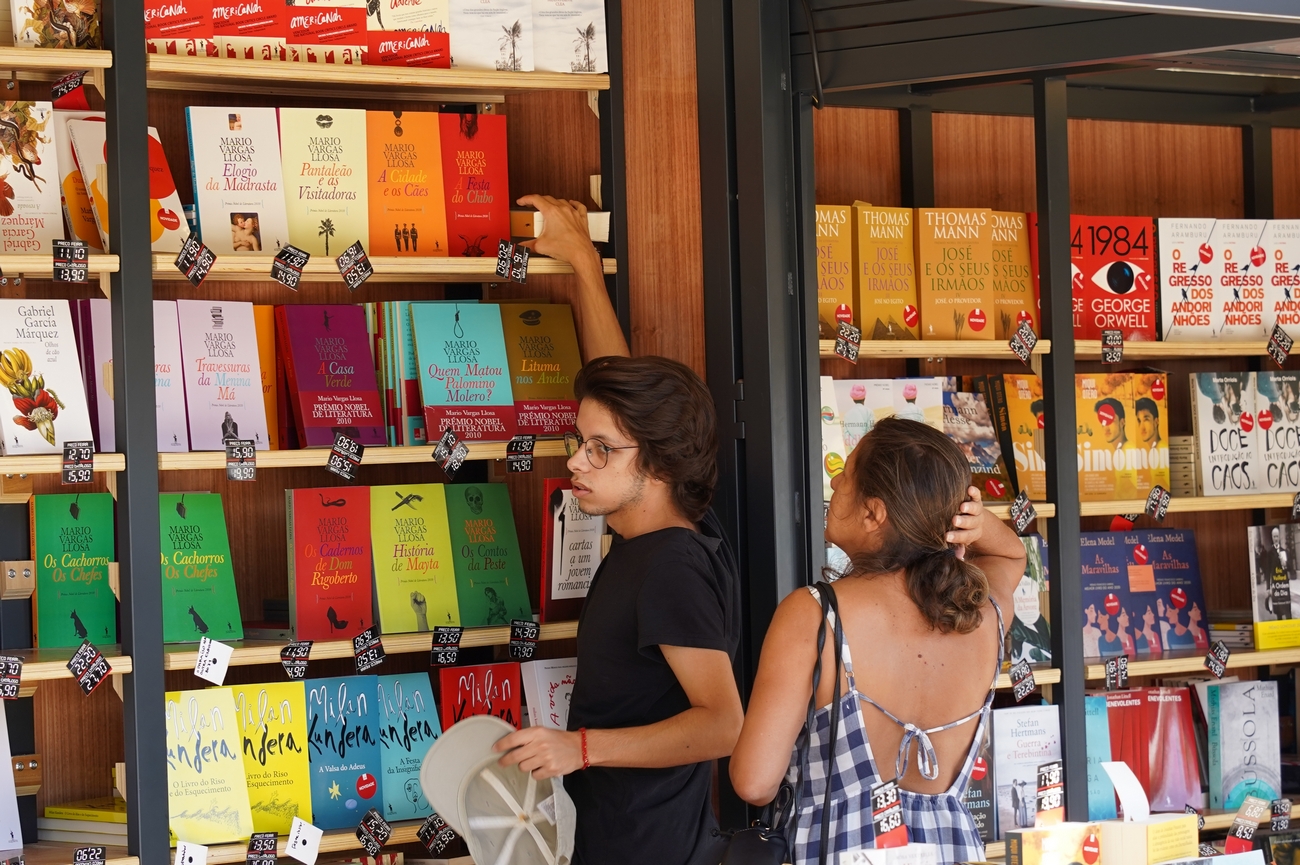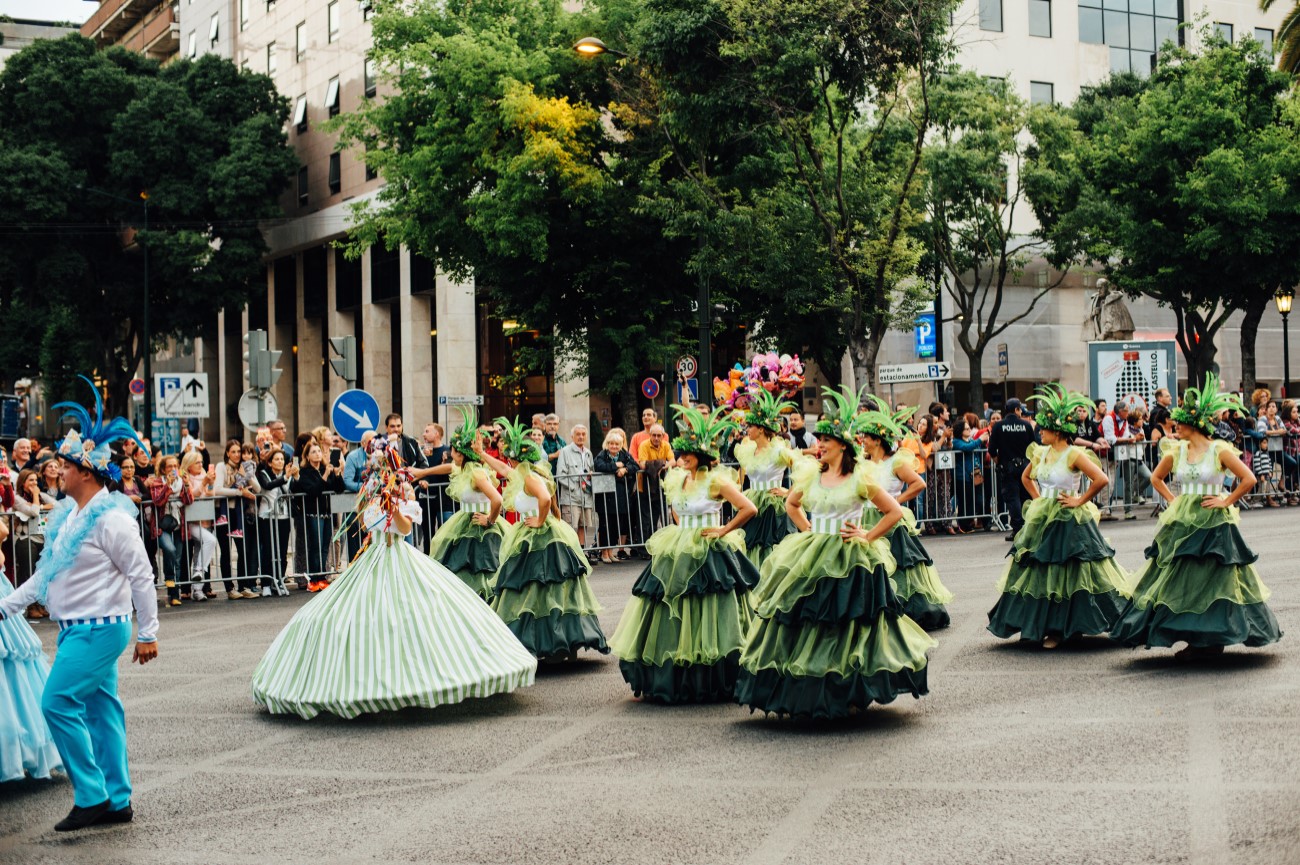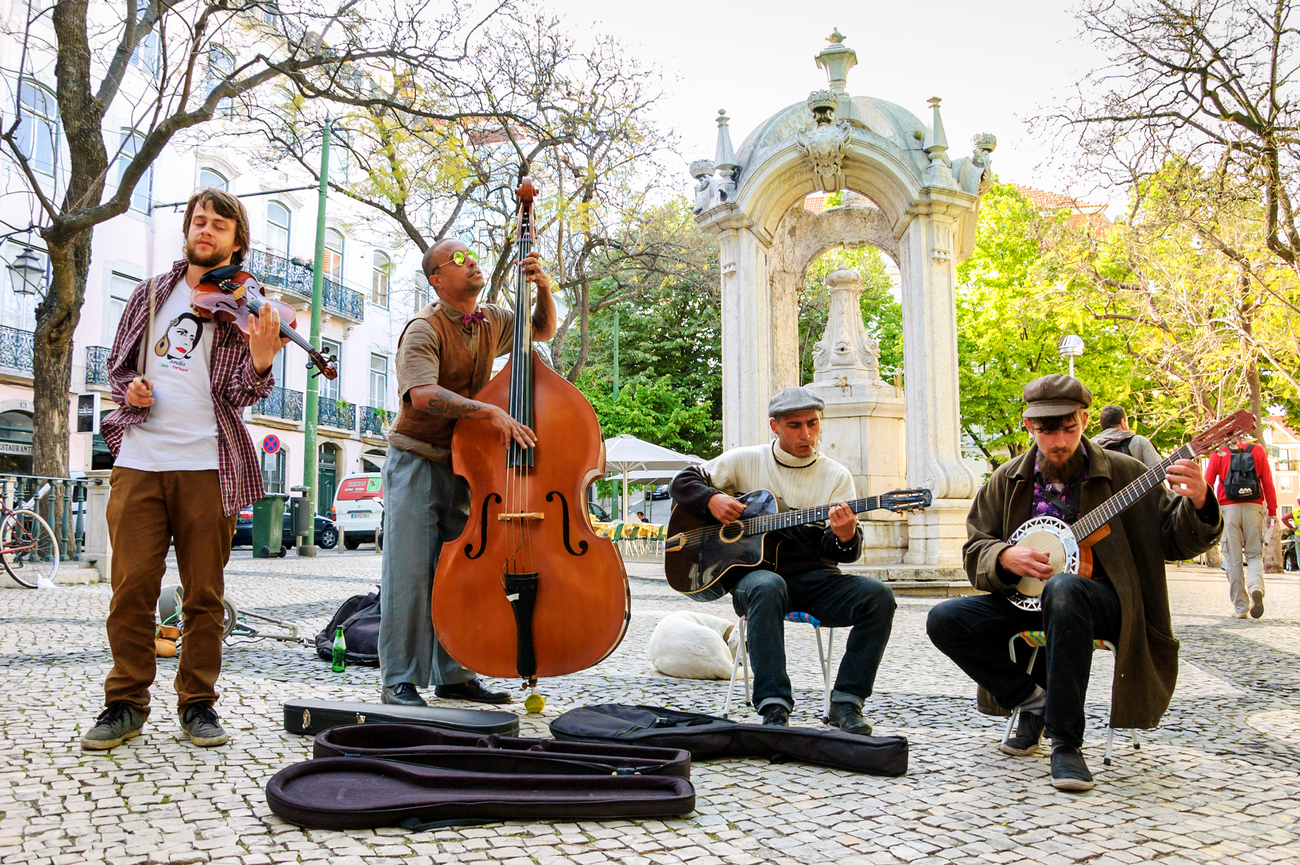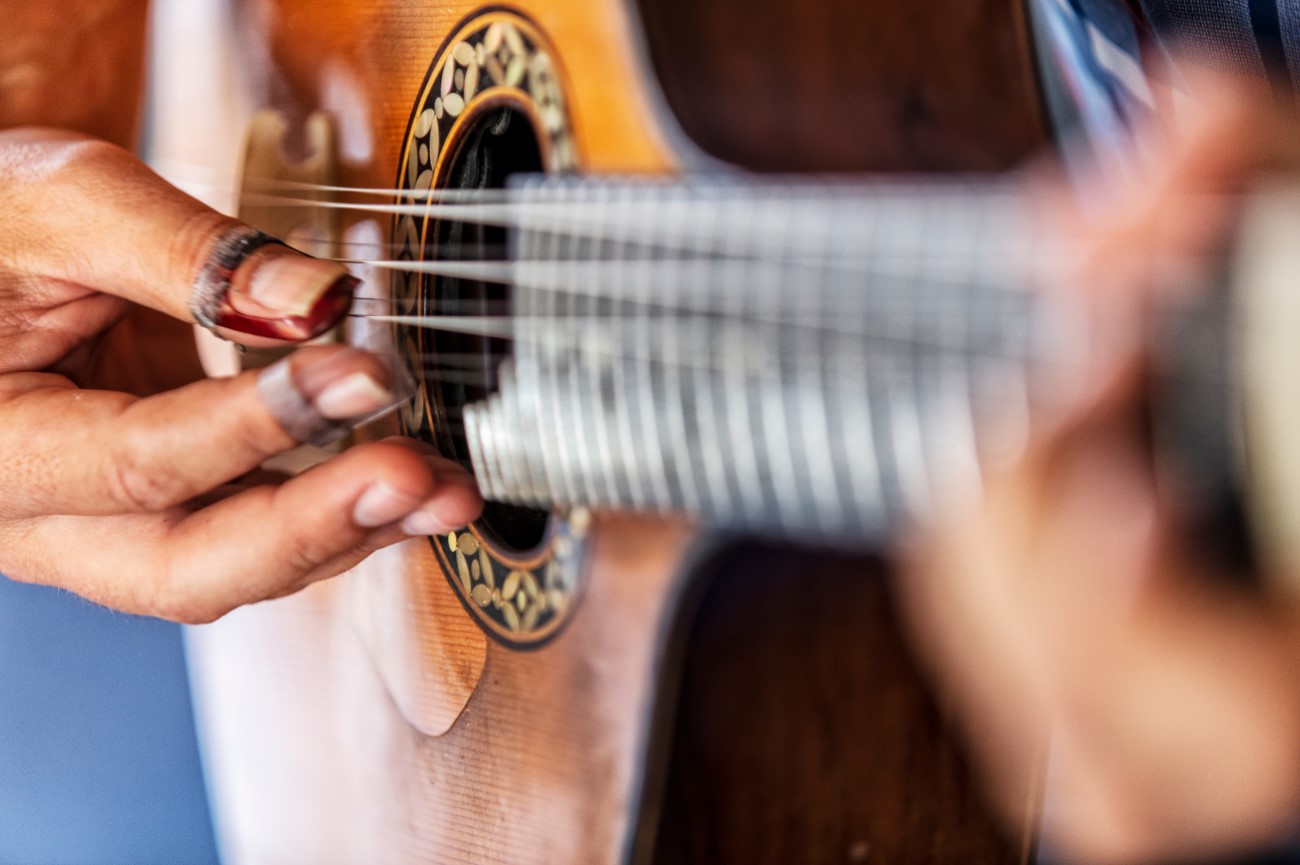Things To Do in Lisbon, Portugal
As the capital of Portugal, Lisbon is the perfect starting point for a road trip around the country. This Lisbon itinerary will take you through the neighbourhoods of Baixa, Alfama, Príncipe Real, and Belém. Each of them has its character, and it’s worth taking at least three days to explore them all.
In this Lisbon itinerary, we’ve included the main tourist attractions, the best viewpoints, plus restaurant suggestions so you can avoid the tourist traps and enjoy the city like a true local.
From the moment you arrive in Lisbon, you’ll be amazed by its hilly viewpoints, historic yellow trams, and the colourful tile façades.
For a while, Lisbon remained Europe’s hidden secret, but this city is getting more attention than ever. Those who are lucky enough to visit it are often torn between leaving and staying, as they’ve grown to love the Portuguese lifestyle.
Day 1

Morning - Príncipe Real and Bairro Alto
Follow us, as we explore Lisbon’s Downtown and the lively neighbourhood of Príncipe Real.
Jardim do Príncipe Real
Start your day wandering around the gardens of Príncipe Real. You can hunker down at one of the kiosks scattered between the trees and order a bica (espresso). Every Saturday morning, the garden hosts an organic market where you can source fresh produce. There is also a crafts market on the last Saturday and Monday of the month.
Embaixada
Just opposite the garden, you’ll spot this striking Neo-Moorish palace. In 2013, the building that once housed a hotel was converted into a shopping gallery. Inside the sumptuous rooms is now a collection of shops showcasing the work of up-and-coming Portuguese designers. Beyond the shops, there is a gin bar and a steak house.
Miradouro São Pedro de Alcântara
Continue your Lisbon tour at the Miradouro São Pedro de Alcântara, one of the many viewpoints attached to Lisbon’s hills. From here, you can capture the city’s downtown and catch a glimpse of the castle of São Jorge on the opposite hill.
Elevador da Glória
Next to the viewpoint you’ll spot a yellow funicular known as Elevador da Glória. It whisks visitors up and down the hill from the upper district of Bairro Alto to Restauradores in downtown.
Convento do Carmo
Take a walk towards the Convento do Carmo, a 14th-century church that was ravaged by the 1755 earthquake that destroyed much of the city. It is one of the most remarkable buildings in downtown Lisbon. This roofless church now houses an archaeological museum featuring a collection of tombs, ceramics, and mosaics. In the summer, the convent hosts a series of projection shows that retrace the history of Lisbon.
Elevador de Santa Justa
Across the convent there is an entrance to the Elevador de Santa Justa, a 19th-century lift that used to transport locals from the Baixa District to this hill. But this was never an ordinary lift, as you’ll see by the wrought-iron structure and its neo-gothic arches. You can enjoy great views from the platform without taking the lift. Alternatively, you can head to the nearby Carmo rooftop for a cocktail with a view.
Afternoon - Baixa
Rossio Square
Slowly make your way to the Rossio square. Lisbon is full of squares with imposing statues, but this one is particularly special because of the neoclassical theatre and the stunning train station that surrounds it. And while you’ll be tempted to look up and admire these buildings, you should also take a minute to capture the black and white cobblestones underneath your feet. Its wavy pattern is a reference to the country's nautical past.
Ginjinha Sem Rival
From the square, head off to Ginjinha Sem Rival, a tiny bar that specialises in ginjinha, a traditional sour cherry liqueur. The owner will ask if you want ‘com elas’ or ‘sem elas’, meaning with or without the fruit. If you order with the fruit, watch out for the pit.
Casa do Alentejo
Just a bit further up the street is the Casa do Alentejo. While it looks like an ordinary building at first, you’ll be astonished when you go inside and see the Moorish-style decoration. It reminds you of a Moroccan riad with its arches and geometric tiles. The building was a former casino, but now it’s home to an association dedicated to the Alentejo region. There are two restaurants on-site, an informal one at the bottom and a more high-end at the top in a room surrounded by Portuguese tiles.
Rua Augusta
Turn around and walk to Rua Augusta, a lively street surrounded by international shops and outdoor cafés. Standing here, you can spot the Arco da Rua Augusta, a triumphal arch built to celebrate the restoration of the city after the earthquake. Climb to the top, and you’ll be rewarded with a panoramic view of the city and the Tagus river.
Praça do Comércio
Just next to the arch is Praça do Comércio, and the statue of King José I standing right in the middle of it. Before the 1755 earthquake, this large square was home to the royal palace, which is why locals also call it Terreiro do Paço. Join the crowd by the river and watch the sun go down.
Evening - Authentic Fado in Lisbon
Fado is a Portuguese music genre that evokes the feeling of saudade, a sense of nostalgia and yearning for something or someone. You can find fado shows all over the city, but we suggest booking a table at Casa de Linhares in Alfama or Tasca do Chico in Bairro Alto. This last one has been open since 1993, and it’s among the best places to listen to fado in Lisbon. You don't have to pay an entry fee. You can order a few small dishes and enjoy the show for free. Another option is to join a Real Fado show. This Lisbon-based project hosts fado performances in unique venues around Príncipe Real, including a cocktail bar, an underground cistern, and a shopping gallery. All shows start at 7 p.m.
Tips to see authentic fado in Lisbon
Listening to fado is a must-do when you visit Portugal. However, it’s also easy to get ripped off with fado shows. To see authentic fado in Lisbon, we suggest looking for tascas with Fado Vadio, fado sang by amateur singers. Usually, you don’t need to pay an entry fee. You can simply order a drink and a few small dishes while you wait for the show. Wherever you decide to go, remember to be quiet when the show is on!
Walking map for day 1 of this Lisbon 3 day itinerary
Day 2

Discover the Old Town and Enjoy the Best Views in Lisbon
It’s easy to get lost in Lisbon’s old town, Alfama. This traditional neighbourhood is a maze of narrow streets lined with colourful buildings, historic churches and countless fado restaurants.
Alfama stretches from the banks of the Tagus to the castle of São Jorge, and its miradouros offer some of the best views in Lisbon.
If you’re wondering what to do in Alfama, we’re taking you through all the main sights and showing you where to eat delicious Portuguese food.
Sé de Lisboa
At first sight, Lisbon’s cathedral looks like a castle with towers on each side. While the church dates back to the 1100s, it’s been modified several times over the years, resulting in a mix of architectural styles.
Miradouro de Santa Luzia
After visiting the church, keep walking up the hill towards Miradouro de Santa Luzia. All across the viewpoint, there are blue and white tiles, but it is the pink bougainvillaea tree that often gets you. You can stand under it for a while, admiring the views over Alfama and the Tagus river.
Miradouro das Portas do Sol
A bit further up is another viewpoint called Miradouro das Portas do Sol. This one offers even bigger views of the city, and you can see a few monuments amid the sea of terracotta roofs like the National Pantheon. From here, you can take the stairs down to the heart of Alfama. Walking through its winding alleys, you’ll spot old ladies spying from their windows and pass through many restaurants offering fado shows.
Afternoon - Alfama and Graça
Castelo de São Jorge
After exploring Alfama, walk up to the castle, where you’ll often be greeted by friendly peacocks. Before becoming a national monument, the castle served many roles, from a royal palace to military barracks. Even before that, this hill was the site of fortifications belonging to the Romans and the Moors. Be sure to explore the castle’s surroundings before or after going into the building.
National Pantheon
Just a few minutes from the castle is the National Pantheon. This Lisbon monument is the resting place of historic Portuguese figures like the fado singer Amália Rodrigues. The interior of the building is as impressive as the outside, with its marble floors and white statuary adorning the walls. The most striking feature of the pantheon, however, is the panoramic terrace on the top floor.
Lisbon Flea Market
If you visit Alfama on Tuesday or Saturday, you’ll come across Lisbon’s flea market near the National Pantheon. The market has been around since the 13th century, but it only moved to this location in 1903. The stalls sell all sorts of items, from second-hand clothes to art prints and antique furniture.
Miradouro da Graça
Wrap up the day at the Miradouro da Graça to see the sunset. From this viewpoint, you can capture the castle and the river in a single frame. You can recharge with a drink at the kiosk or bring your own bottle. Facing the viewpoint is the Igreja da Graça, a 13th-century church with spacious rooms adorned with historic tiles.
Walking map for day 2 of this Lisbon 3 day itinerary
Day 3

Visit Belém and Taste Lisbon’s Custard Tarts
Historic landmarks, iconic museums, and delicious pastries, you’ll find it all in Belém.
In the past, this was the departing point for Portuguese navigators like Vasco da Gama, who embarked from here to the unknown world. Today Belém is a mix of the old and the new. A place where historic sites meet innovative buildings like the contemporary art museum MAAT. As there are many things to see in Belém, we suggest taking at least a day to explore the neighbourhood.
Morning: Padrão dos Descobrimentos
Wake up early and hop on a train or tram from Cais do Sodré to Belém, a district packed with monuments. Start at the Padrão dos Descobrimentos, a trophy monument to the Portuguese Age of Discovery. Each side of this caravel-shaped structure features sculptures from famous Portuguese explorers, with Prince Henry the Navigator taking the lead. Take a quick look at the exhibitions presented inside, and then climb up to the terrace. Standing there, you can spot the other monuments but also the stunning cobblestone pavement underneath you.
Torre de Belém
Continuing walking along the river towards Torre de Belém, one of the most famous landmarks in Lisbon. Built in the 16th century, this was once a fortress and a port. It was from here that Portuguese navigators set off to explore the world, bringing back exotic ingredients from places like China and India.
Afternoon: Mosteiro dos Jerónimos
In the afternoon visit the Mosteiro dos Jerónimos, a World Heritage Site also built during the Portuguese Age of Discovery. The monastery holds the tombs of Vasco da Gama and Luís de Camões, Portugal’s most famous poet. It was Vasco da Gama that helped finance the monastery with the valuable goods he brought from his journey to India. The result is an extravagant building filled with beautiful stone carvings with nautical and religious themes. While the monastery is an impressive sight, the gardens in front of it are also worth the visit, with its large fountain, stone benches and well-kept trees.
Antiga Confeitaria de Belém
While in Belém, you should try Lisbon’s original custard tarts at Antiga Confeitaria de Belém. You can order them to go or wait for a table in a room surrounded by Portuguese tiles. Created by monks in the nearby monastery, these delicious pastries have been around since 1837. When the monastery closed, the monks shared their recipe with a family who opened this bakery. Today, both locals and tourists come to Belém for a taste of their pastéis.
MAAT
The last stop of the tour is MAAT, Lisbon’s latest art museum. It’s one of the first buildings you’ll spot when arriving in Belém, as its modern wavy structure stands out from all the rest. Designed by the British architect Amanda Levete, the museum presents exhibitions that combine art and technology. Be sure to walk up to the rooftop (free of charge) and enjoy the views over the Tagus and the 25 de Abril Bridge.
How to get to Belém:
There are several ways to reach Belém from the city centre:
- By train - You can get the train from the Cais do Sodré station straight to Belém, which takes around seven minutes. Check the train schedules here.
- By bus - There are buses to Belém from several areas in the city, including Cais do Sodré and Rossio. Look for numbers 714, 728 or 732.
- By tram - You can get the tram 15 to Belém from Terreiro do Paço or Cais do Sodré.
Transport tickets: The easiest way to get around Lisbon is to get a Zapping card and charge it with some money. With this card, a train ticket will cost you around €1.90 and buses and trams around €1.47.
Walking map for day 3 of this Lisbon 3 day itinerary
Other things to do in
Lisbon
- Fundação Calouste Gulbenkian: This local foundation holds one of Europe’s most impressive private art collections. The main building features works from 2000 BC to the 20th century. Highlights include the René Lalique art nouveau jewellery. There is also a modern art museum, a library and a few cafés. Even if you don’t go inside the museums, it’s worth wandering around the surrounding gardens and the lake, which are free to access.
- Museu Nacional do Azulejo: Lisbon is full of tiled façades. To learn more about this traditional Portuguese craft, visit the National Tile Museum on the east side. Don’t miss the Grande Panorama de Lisboa panel, which showcases a panoramic view of Lisbon before the earthquake.
- Museu do Oriente: This museum covers the history of the Portuguese in the East. The main exhibit features old maps, hand painted screens and shadow puppets from a variety of eastern countries. Beyond this, the museum often hosts language courses, concerts and workshops related to Asian art.
- Basílica da Estrela: This striking basilica combines a mix of Baroque and Neoclassical features. Inside is an 18th century nativity scene made of cork and terracotta with nearly 500 pieces. Make sure to climb up to the rooftop for a panoramic view of the city. Facing the basilica is the charming Estrela garden, where families often retreat after work.
- Estufa Fria: Hiding inside the Parque Eduardo VII is this semitropical greenhouse, home to over 300 plant species.
- LX Factory: This former textile factory in Alcântara has been converted into a creative hub full of shops, cafés and artist studios. Don’t miss Ler Devagar, one of the city’s most beautiful bookshops. Visit on a Sunday to catch the weekly flea market.
- Pilar 7: Just a few steps from LX Factory is the Pilar 7. Here, an elevator whisks you up to one of the pillars of the 25 de Abril bridge. Beyond the breathtaking views, you’ll learn more about the iconic red structure that resembles the Golden Gate bridge.
Day trips from Lisbon
- Cascais: Hop on a train from Cais do Sodré in Lisbon to Cascais, a coastal town known for its imposing mansions and sandy beaches. Take a walk along the centre, grab an ice cream at Santini and tour one of the town’s many museums. Then walk or cycle to the dramatic cliff formation of Boca do Inferno.
- Sintra: Fairytale-like palaces, a medieval castle, and endless greenery make up the UNESCO site of Sintra. You can get there via train from the Rossio station in Lisbon. Once you're in town, there is plenty to explore. Highlights include the colourful Pena Palace, the mystical park of Quinta da Regaleira and the Moorish castle.
- Sesimbra: For paradisiacal beaches away from the crowds, head to Sesimbra. This picturesque coastal town can easily be reached by bus. However, some of the beaches are only accessible by foot or boat. Praia do Ribeiro do Cavalo is among the best ones in the region. Sesimbra is also a great spot for an affordable seafood platter or a hike amid the Arrábida mountains.
- Mafra: About 40 minutes drive from Lisbon is the district of Mafra. It is home to several attractions, including a stunning Baroque palace, a large park with deers and the beach town of Ericeira, which is popular among surfers.
Top things to do with kids in Lisbon
There is no shortage of family-friendly activities in Lisbon. The riverside district of Parque das Nações is especially full of attractions for kids, starting with the Oceanário de Lisboa, one of the largest indoor aquariums in the world. Here, families can spot anything from sharks to rays and otters. In the same area is the Pavilhão do Conhecimento, a science centre with interactive exhibits and experiments for all ages.
If you’re exploring the Belém district, it’s worth checking Quake, a museum dedicated to the 1755 earthquake. You’ll travel back in time to learn more about this devastating event and even experience the shaking itself through a simulator.
Kids will also enjoy exploring the city’s castle and riding the trams and funiculars. Alternatively, you can take an electric tuk tuk ride around the city and safe yourself from all the hills.
Where to buy traditional souvenirs
A Vida Portuguesa is one of the best spots to buy traditional souvenirs in Lisbon. This shop is full of typical Portuguese products like hand soaps, ceramics, and canned food, all wrapped in retro-looking packages. They have several locations, but the biggest one is in Largo do Intendente.
Nearby, there is also Depozito, a shop that showcases pieces by traditional and modern Portuguese artisans. For azulejos (tiles), try Cortiço & Netos, which features a collection of industrial tiles from the 60s to the 90s, including discontinued models.
Where to eat in Lisbon
- O Velho Eurico: A group of young locals took over this traditional tasca in 2019 and gave it a second life. They still specialise in homemade Portuguese dishes, but with a contemporary touch. Highlights include the lamb croquette and the duck rice. Reservations are highly recommended.
- Zé da Mouraria: This traditional tasca in Mouraria serves generous portions of traditional Portuguese dishes. Every day, there’s a different dish of the day, but the speciality is the roasted codfish with chickpeas.
- Taberna Sal Grosso: This tiny tavern near the Santa Apolónia station serves a variety of Portuguese petiscos (small dishes meant to share). The options are usually featured on a blackboard and can include anything from oxtail to cuttlefish and beef.
- Taberna do Mar: This restaurant mainly focuses on seafood, serving a mix of Portuguese and Japanese dishes. Try the mackerel soup or the sardine nigiri accompanied by a bottle of local craft beer.
- Sala de Corte: If you’re looking for the best steak in Lisbon, this is where you’ll find it. Order the pica-pau, little loin strips paired with a mustard sauce, and don’t miss the picanha, one of the many beef cuts available as a main.
- Lisbon Food Markets: Lisbon is home to several food markets. Many of these traditional establishments have been converted into gourmet food courts where you can sample several dishes from Portugal and beyond. Among them is the Time Out Market, which features stalls run by famous Portuguese chefs like Henrique Sá Pessoa and Marlene Vieira. Other less-visited markets include the Mercado de Arroios and the Mercado de Campo de Ourique.
Michelin-star restaurants in Lisbon
- Alma: Chef Henrique Sá Pessoa is behind this two-Michelin star restaurant in downtown Lisbon. Guests can choose between the seasonal menu or two tasting menus, one featuring the chef’s signature dishes and the other focusing on seafood sourced straight from the Portuguese coast.
- Belcanto: This two-Michelin star restaurant is one of the many ventures of chef José Avillez, who also runs the awarded Encanto (dedicated to vegetarian cuisine). Here, he offers a modern take on traditional Portuguese dishes. For a closer look at the dish prep, book the chef’s table.
- 100 Maneiras: Bosnian chef Ljubomir Stanisic moved to Portugal in his teens and soon got into cooking. Now he runs this Michelin-star restaurant. The tasting menus reflect his roots, but there are also nods to Portugal and other countries he travelled through.
- Loco: Winner of the Top Chef 2012 competition, Chef Alexandre Silva is now leading his own restaurant. Loco’s open kitchen allows you to take part of the cooking experience. The 16-course seasonal menu focuses on locally sourced ingredients as much as possible. Guests can pair their meal with a glass of organic wine.
Where To Try Lisbon’s Custard Tarts
The best place to try Lisbon’s custard tarts is in Belém. These delicious pastries are a staple of Portuguese cuisine. Most cafés around the city serve pastéis de nata, but Antiga Confeitaria de Belém makes the best ones. You can buy a package to go, or if there’s room, you can sit inside and enjoy your tart with a cup of coffee. Manteigaria is also a close contender, and they have a location in Belém if you want to compare them side by side.
Where to stay in Lisbon
If you’re coming to Lisbon for the first time, we suggest staying close to the city centre. Our favourite neighbourhoods in the area are Baixa and Príncipe Real. Both of them are within walking distance of several tourist attractions.
As for hotels, we recommend staying at Memmo Príncipe Real or the Valverde Hotel. The first one is located in Príncipe Real and offers stunning views over the city. Valverde, on the other hand, is established in Avenida da Liberdade and includes a charming patio with a pool.
Fancy a vacation rental instead of a hotel? Here is our selection of the best vacation rentals in Lisbon.
Best time to visit Lisbon
With sunshine pretty much all year round, there’s hardly a bad time to visit Lisbon. Summer can be pretty hectic, but it’s worth coming in June if you want to catch the local saints festivities, when the whole city turns into a massive party, with locals grilling sardines on the streets and dancing the night away. You can escape the heat by hitting the nearby beaches of Cascais or Costa da Caparica. If you prefer a quieter atmosphere, come during the spring or in early fall when the weather is still relatively warm. Note that it can get pretty windy once the sun sets, so make sure to bring layers. From November to February you will probably get some rainy days, but you can use this opportunity to explore the city’s numerous museums.
Lisbon Festivals
- Feira do Livro: Between May and early June Lisbon hosts a large book fair at Parque Eduardo VII. Book lovers can browse through a wide selection of titles and attend author signings.
- Festas dos Santos Populares: June is a party month in Lisbon. Pretty much every neighbourhood as its own party going on, with concerts, grilled sardines and plenty of drinks. However, the biggest event is on the evening of the 12th, with the Marchas Populares, where each neighbourhood competes for the best performance in a colourful parade along Avenida da Liberdade.
- Out Jazz: Every year between May and September, music takes over the city’s parks and gardens with Out Jazz. Concerts usually take place on Sundays, and the location changes each month.
- Festival Santa Casa Alfama: Fado fans will enjoy this two-day festival in September, when established and up-and-coming fado singers perform in multiple venues across the Alfama district.


